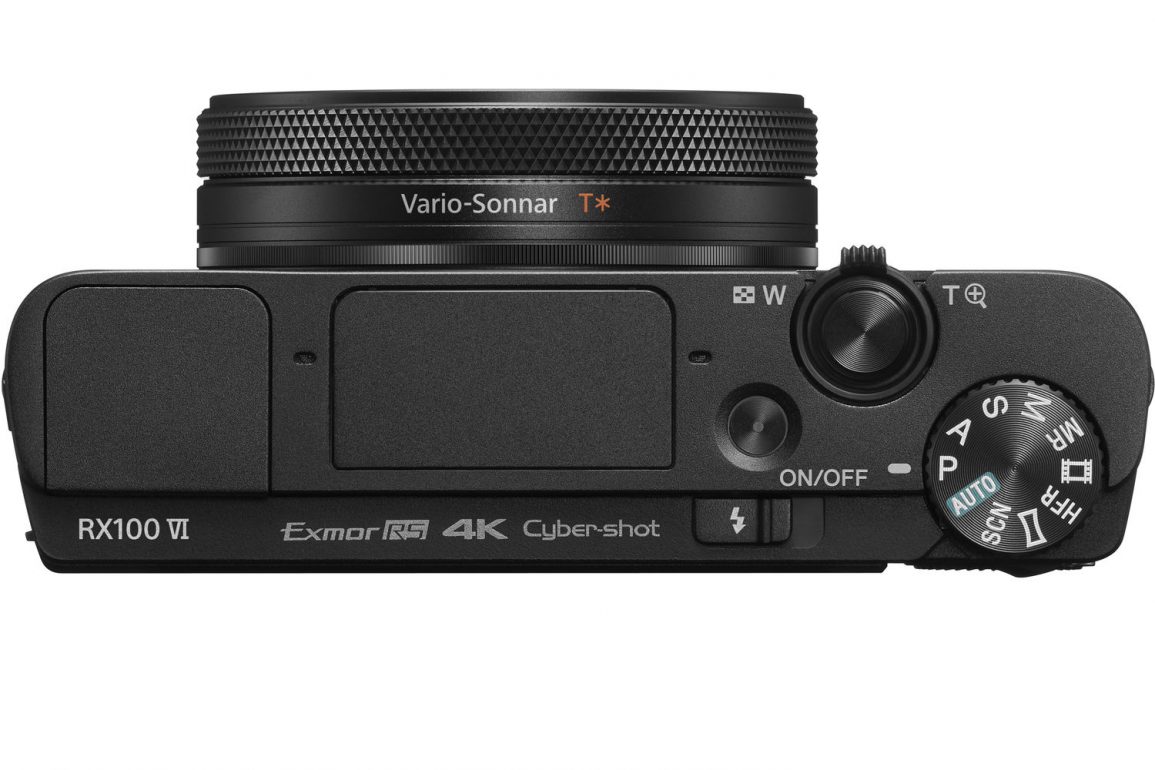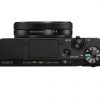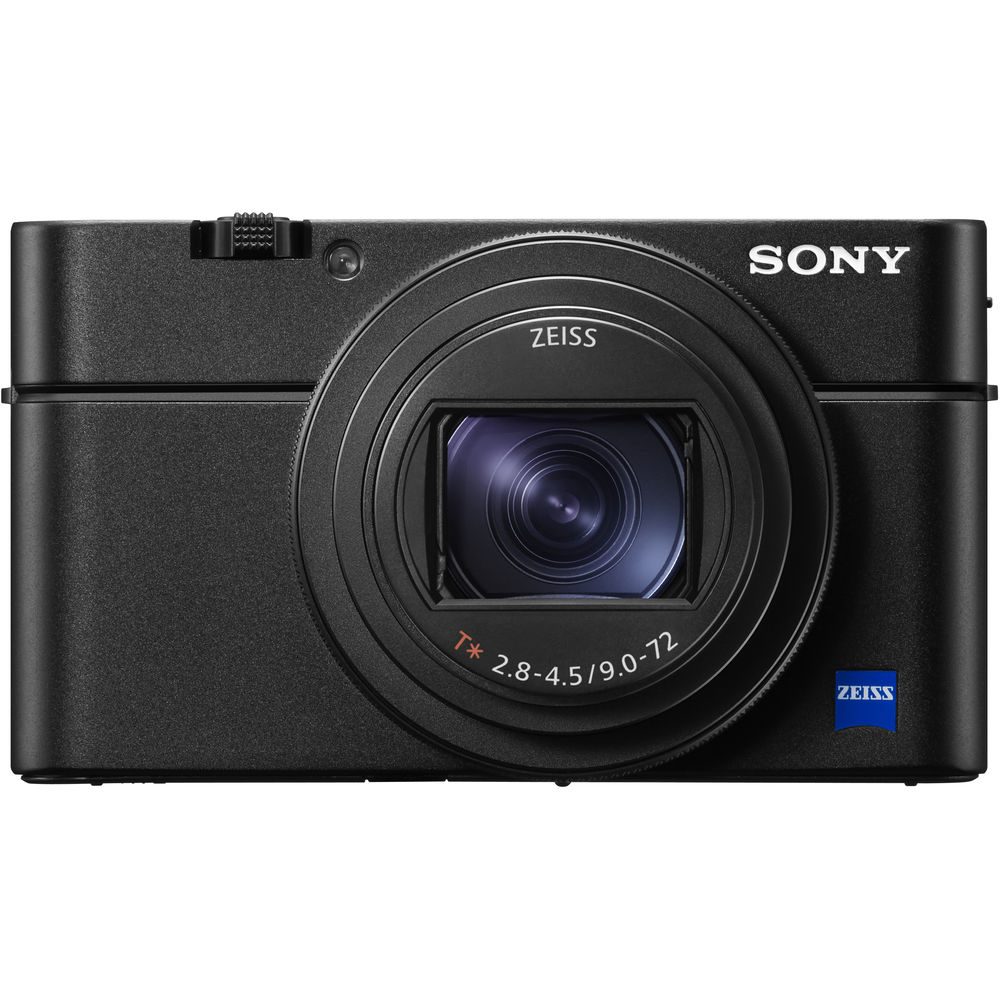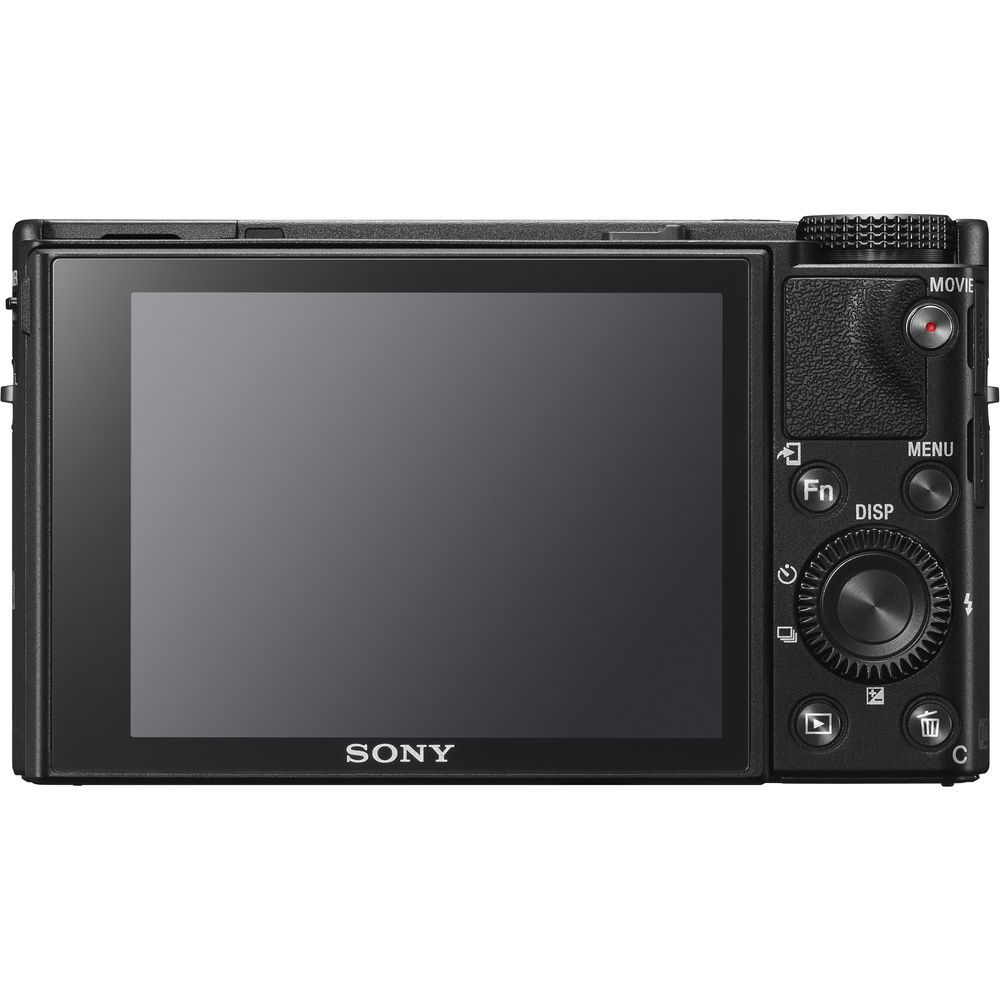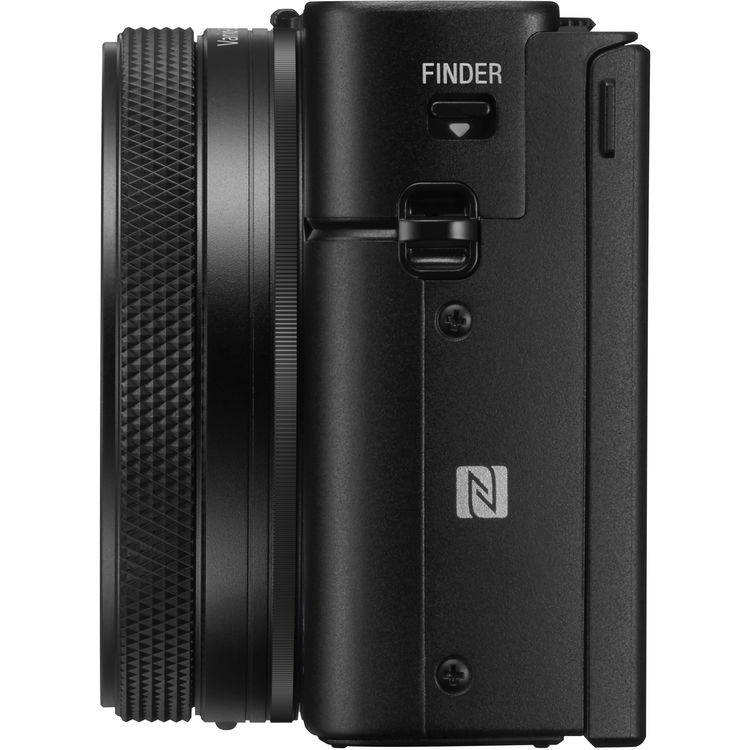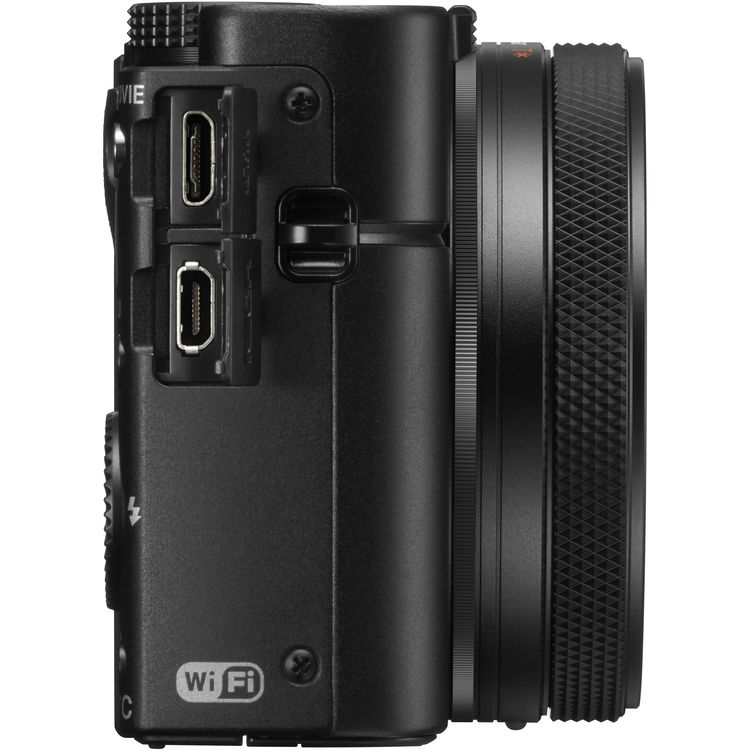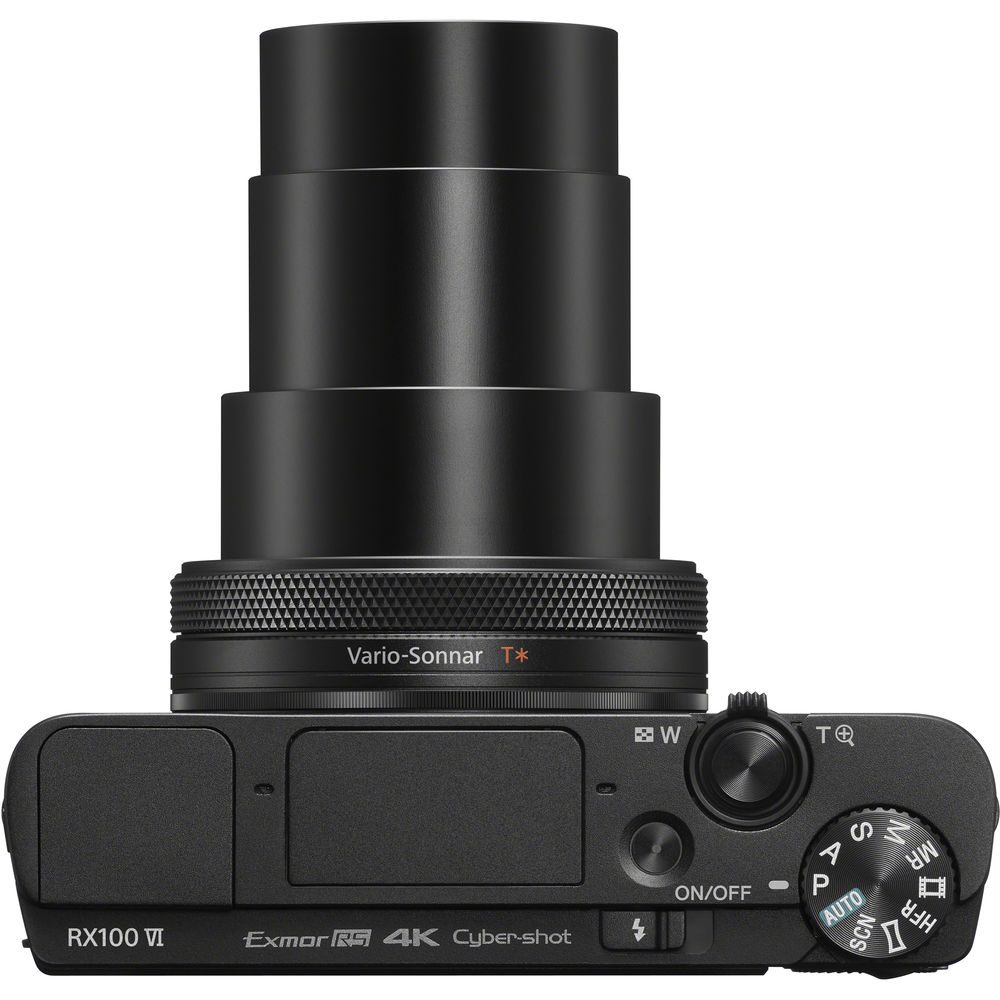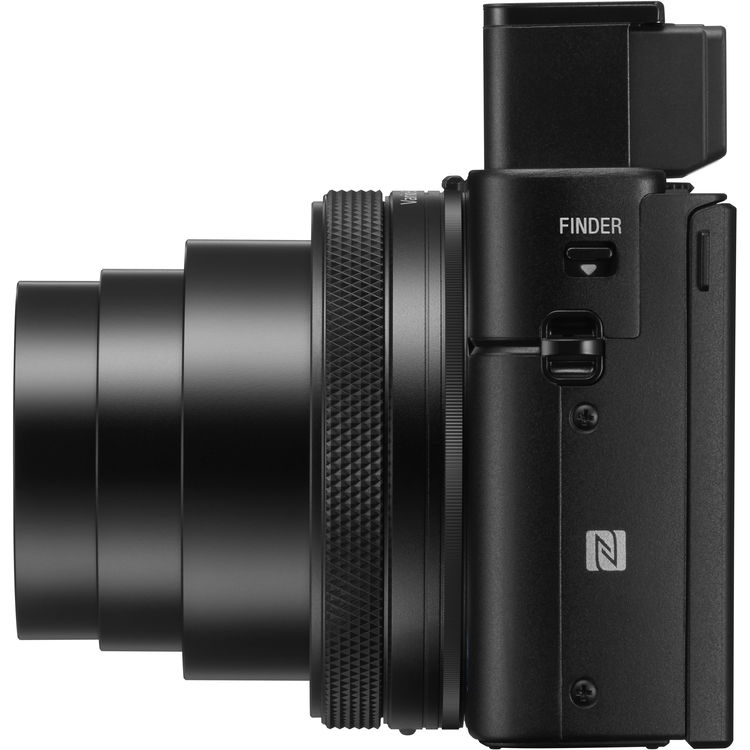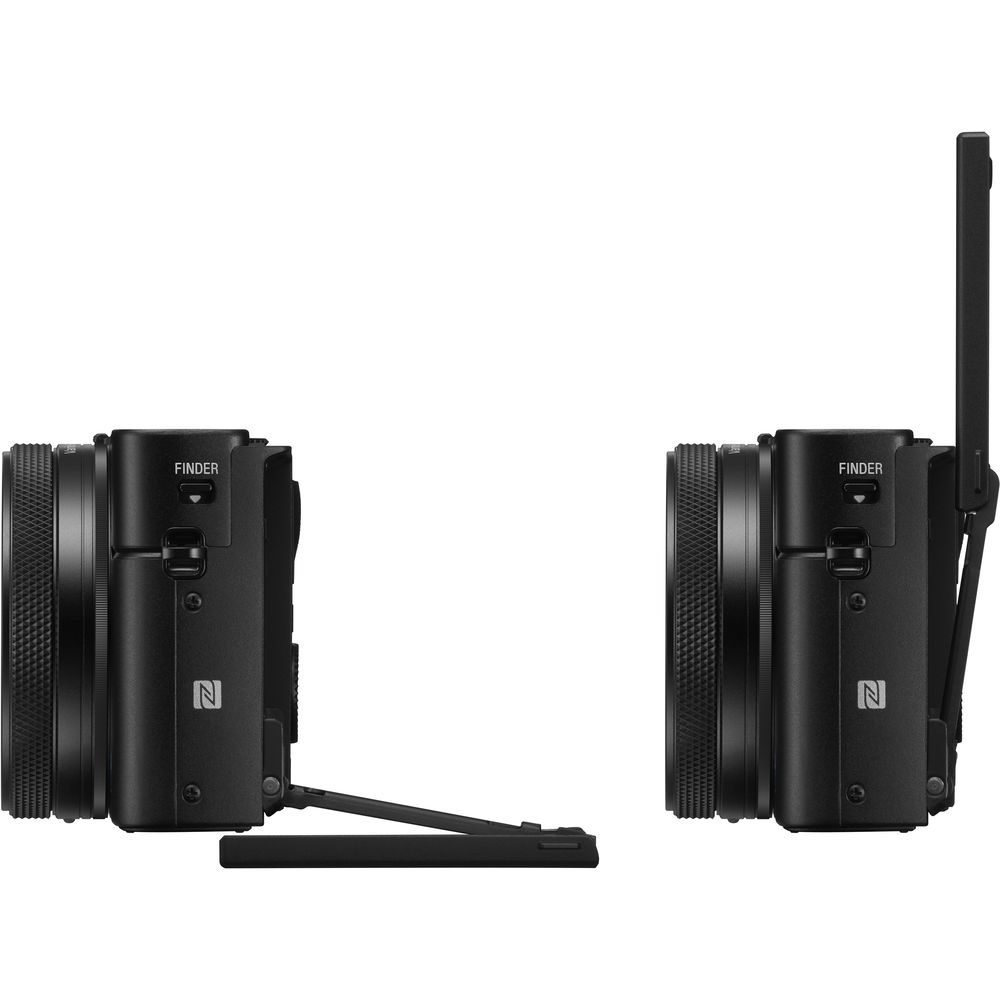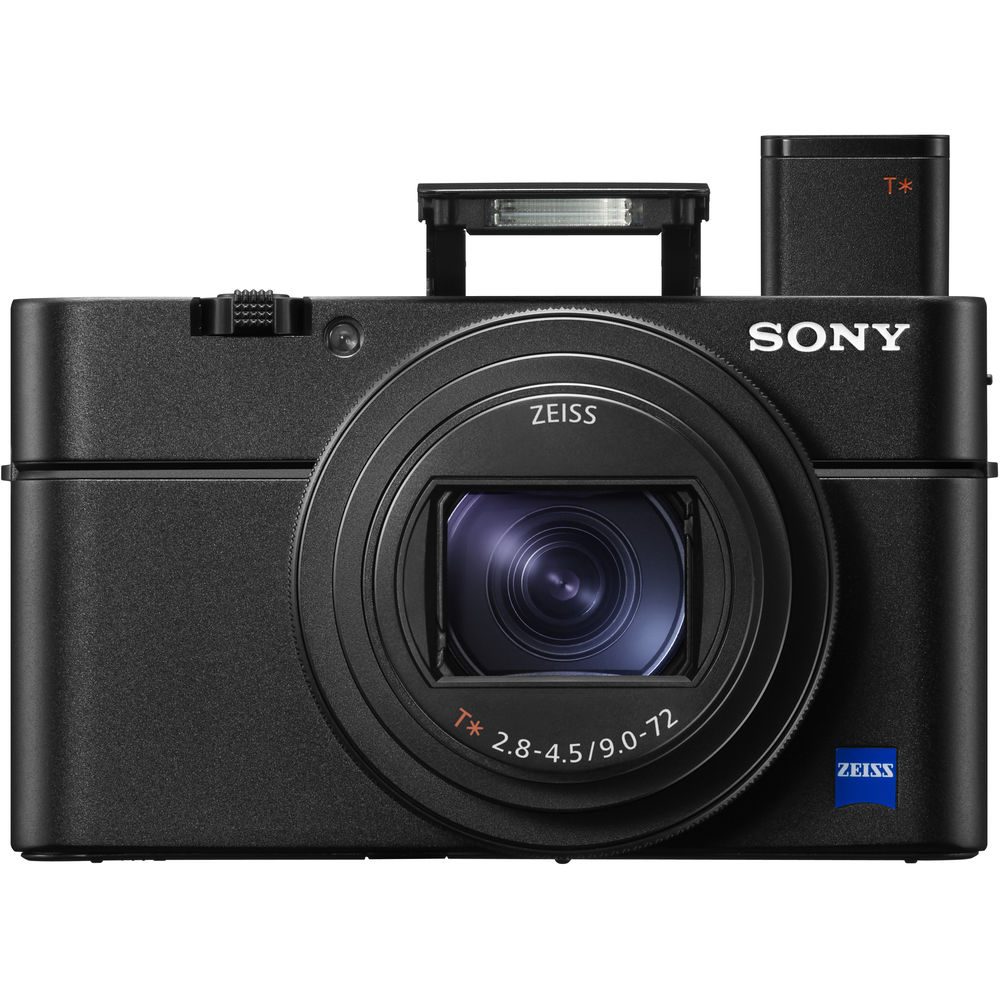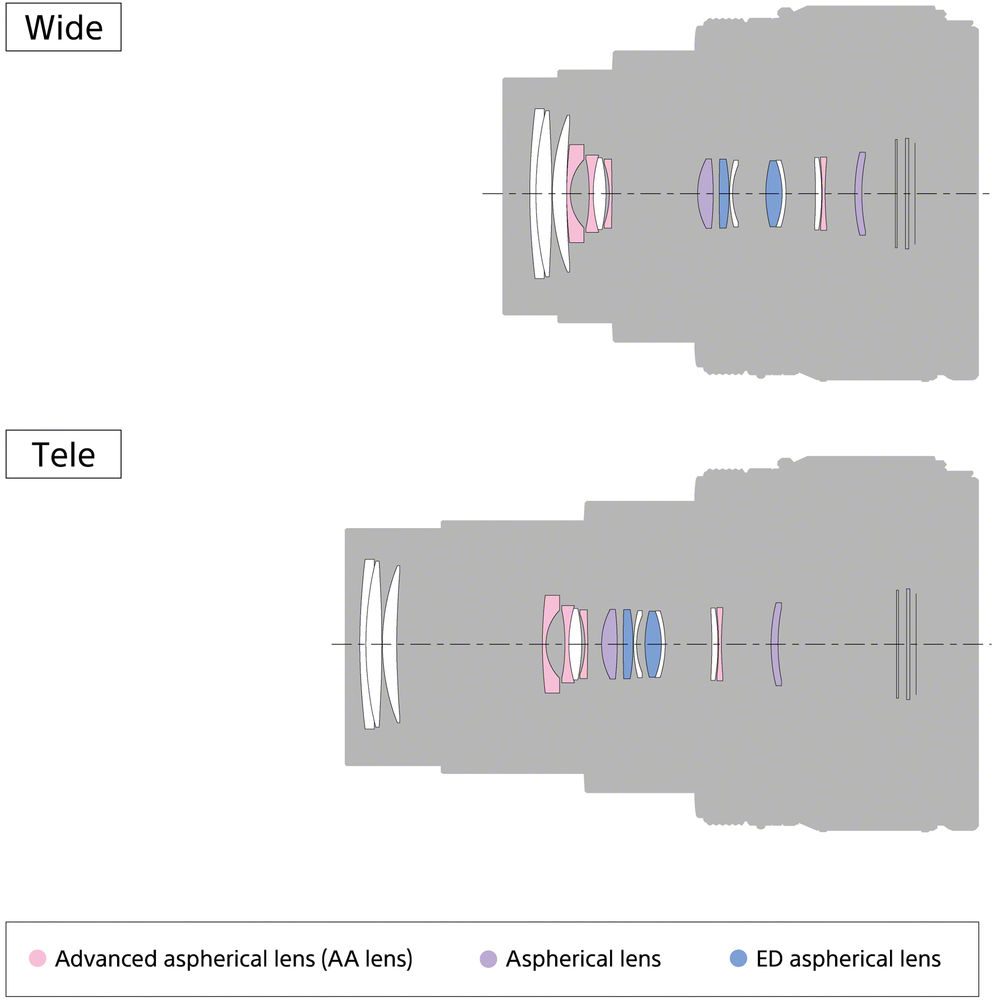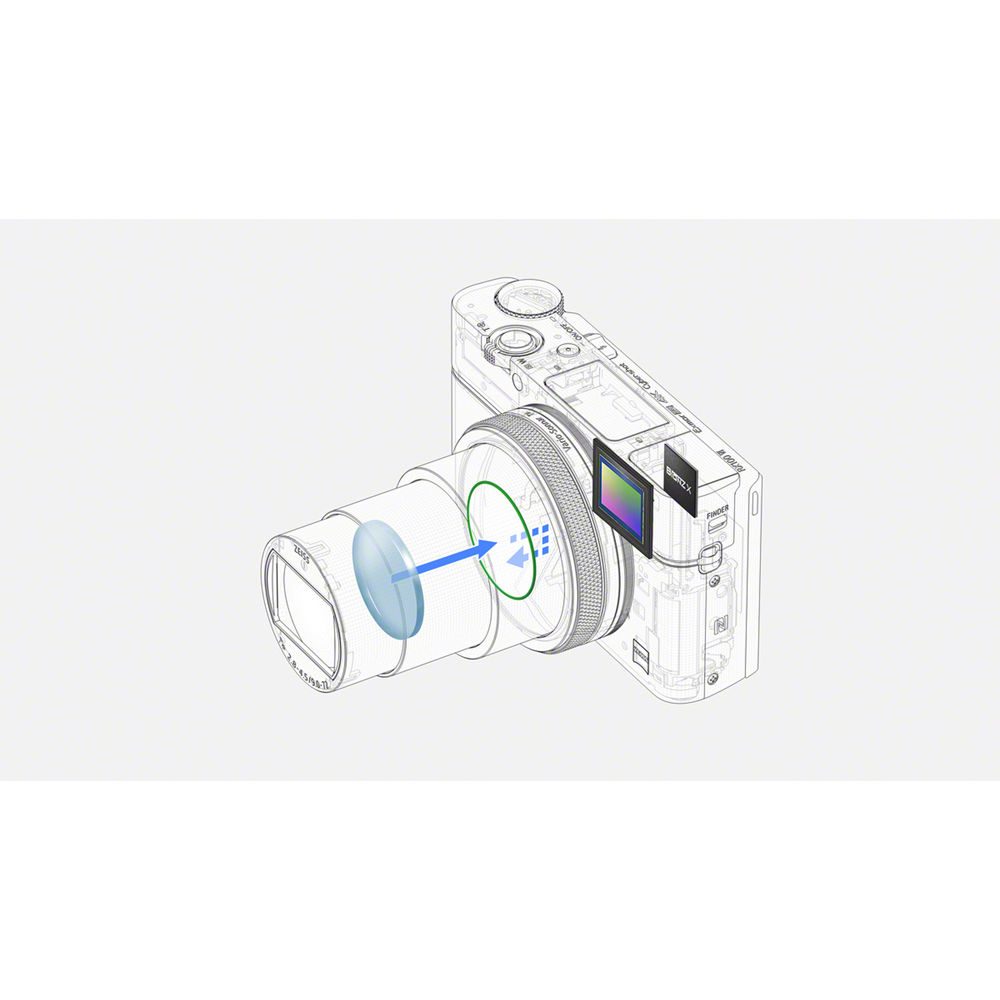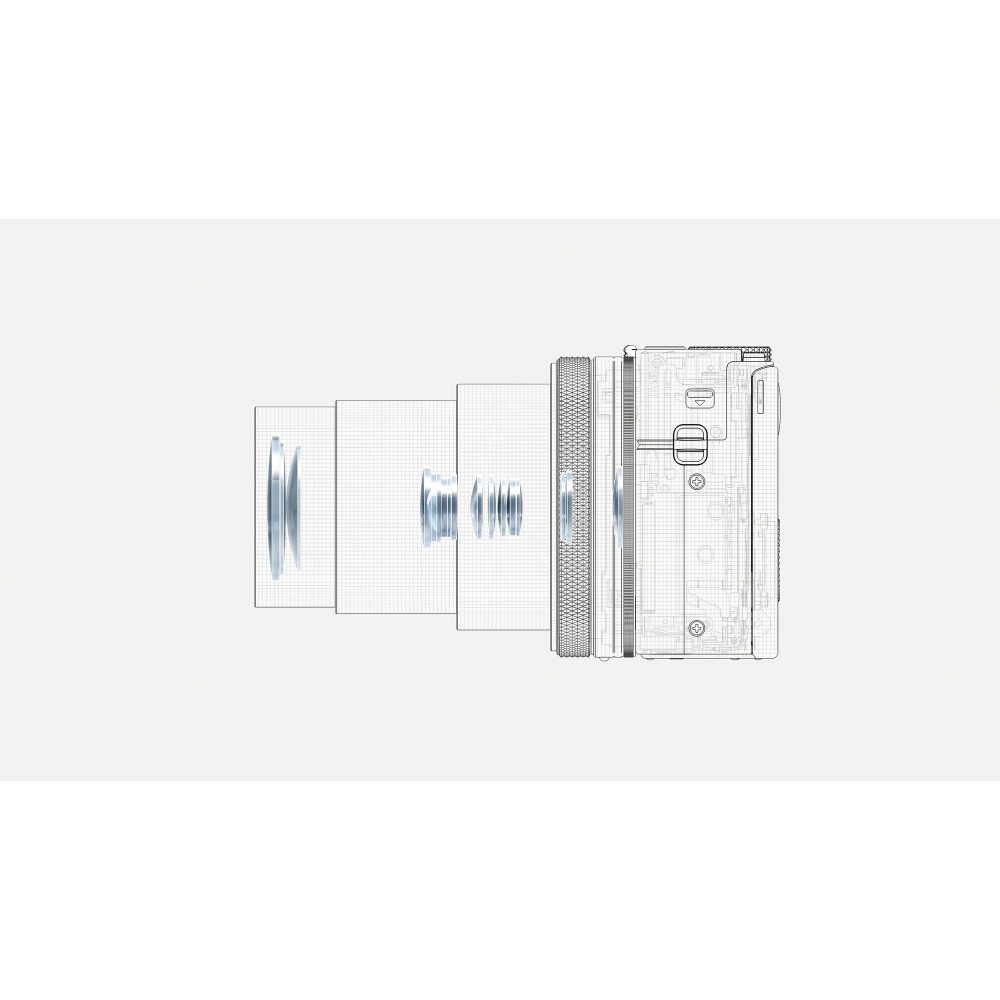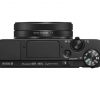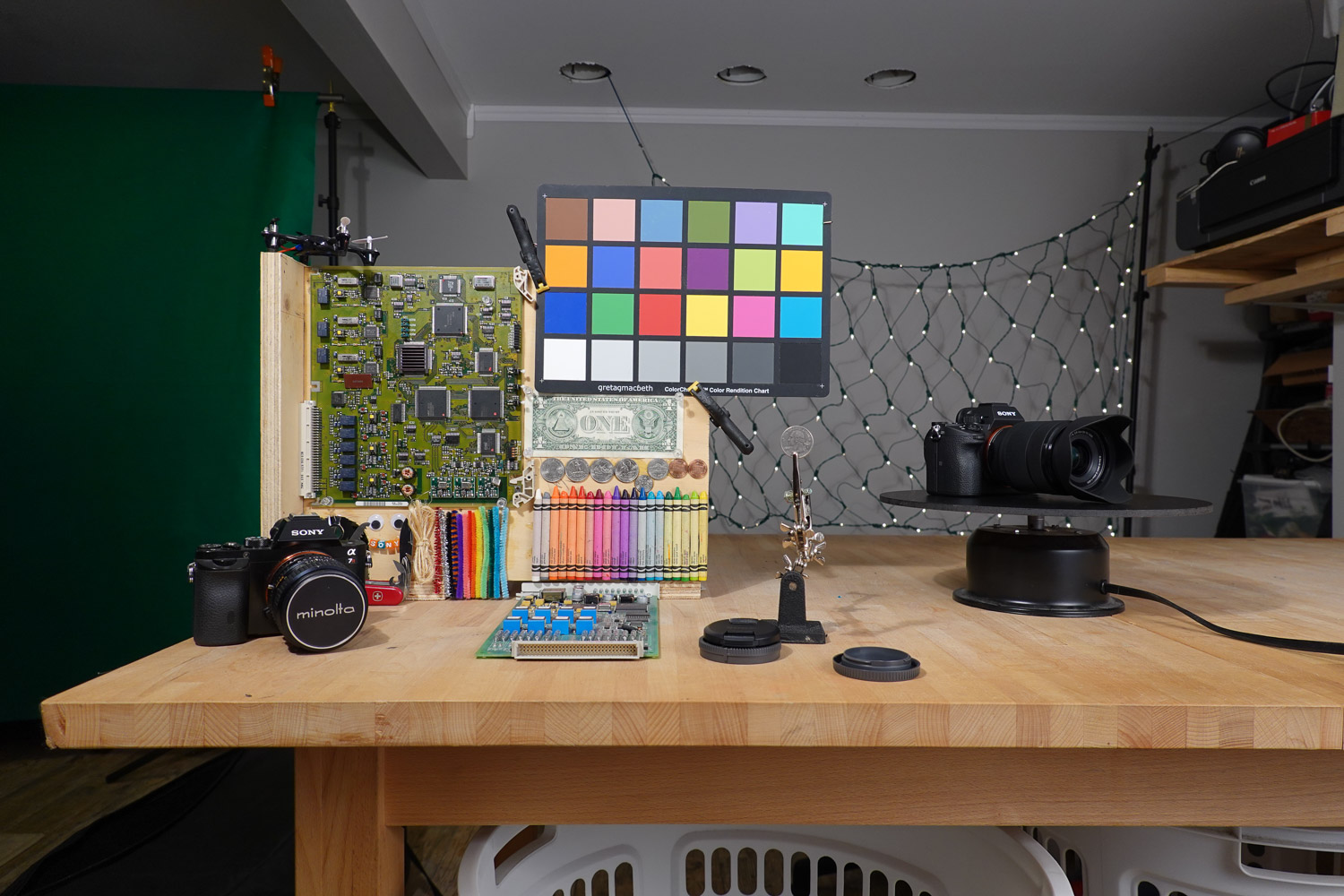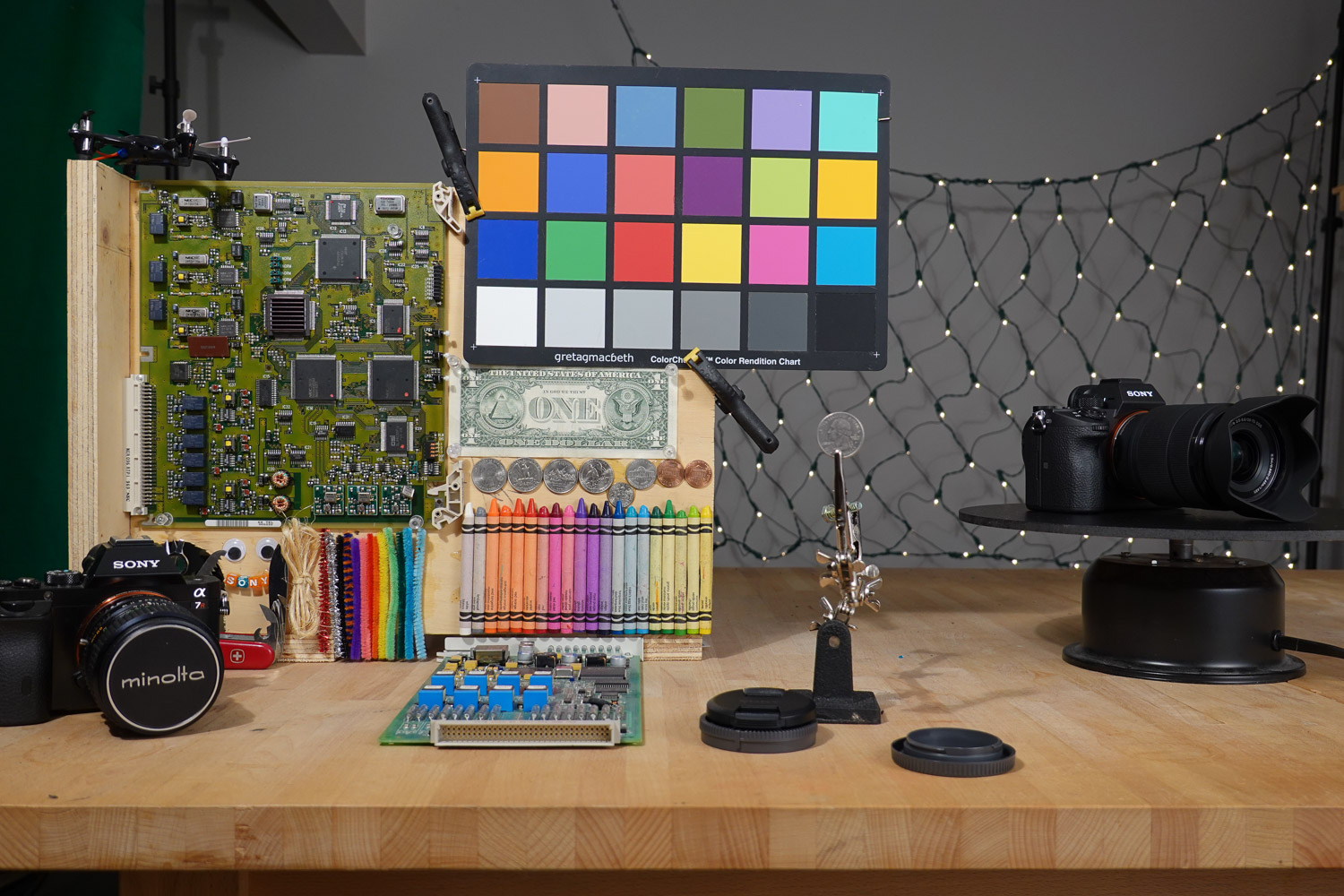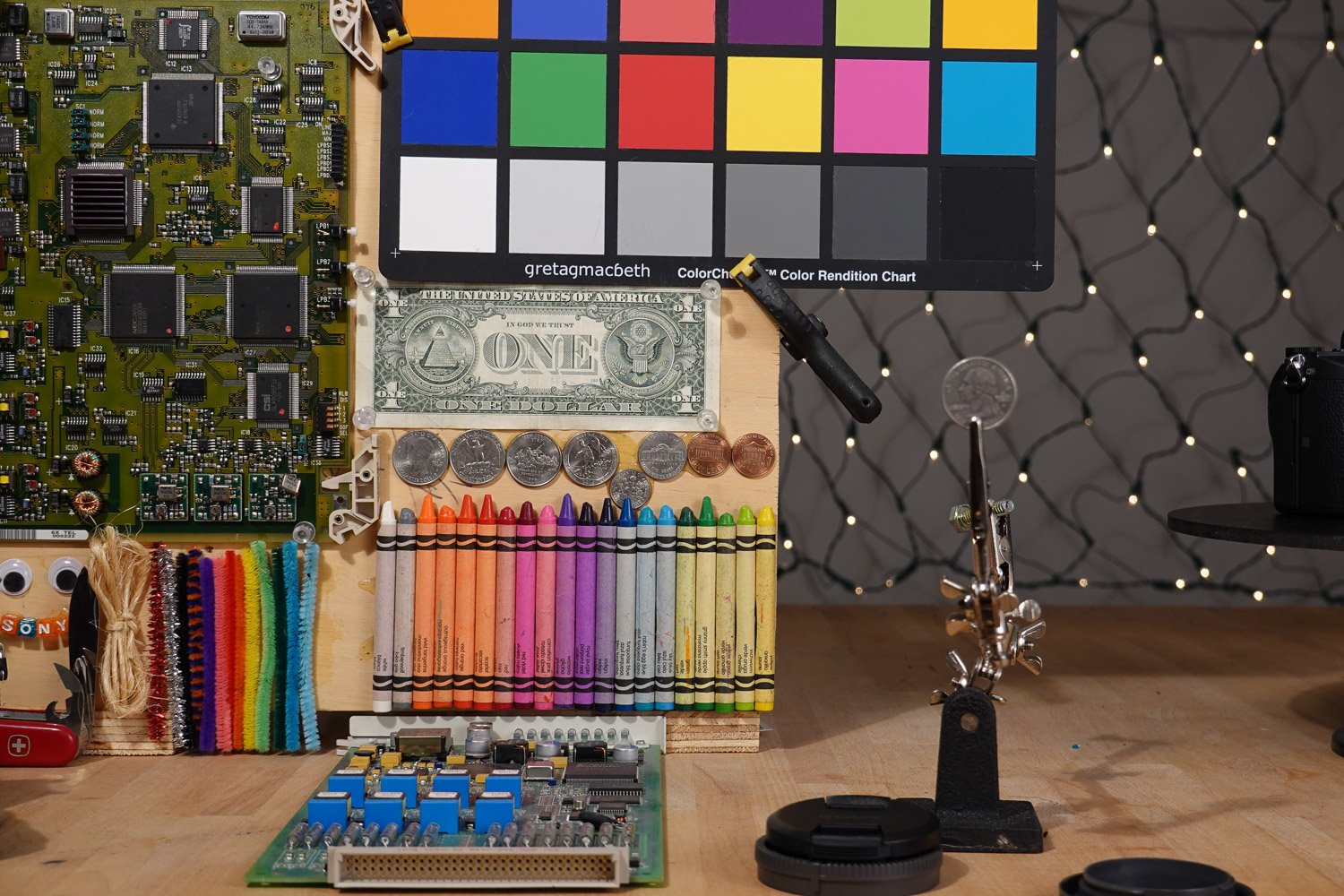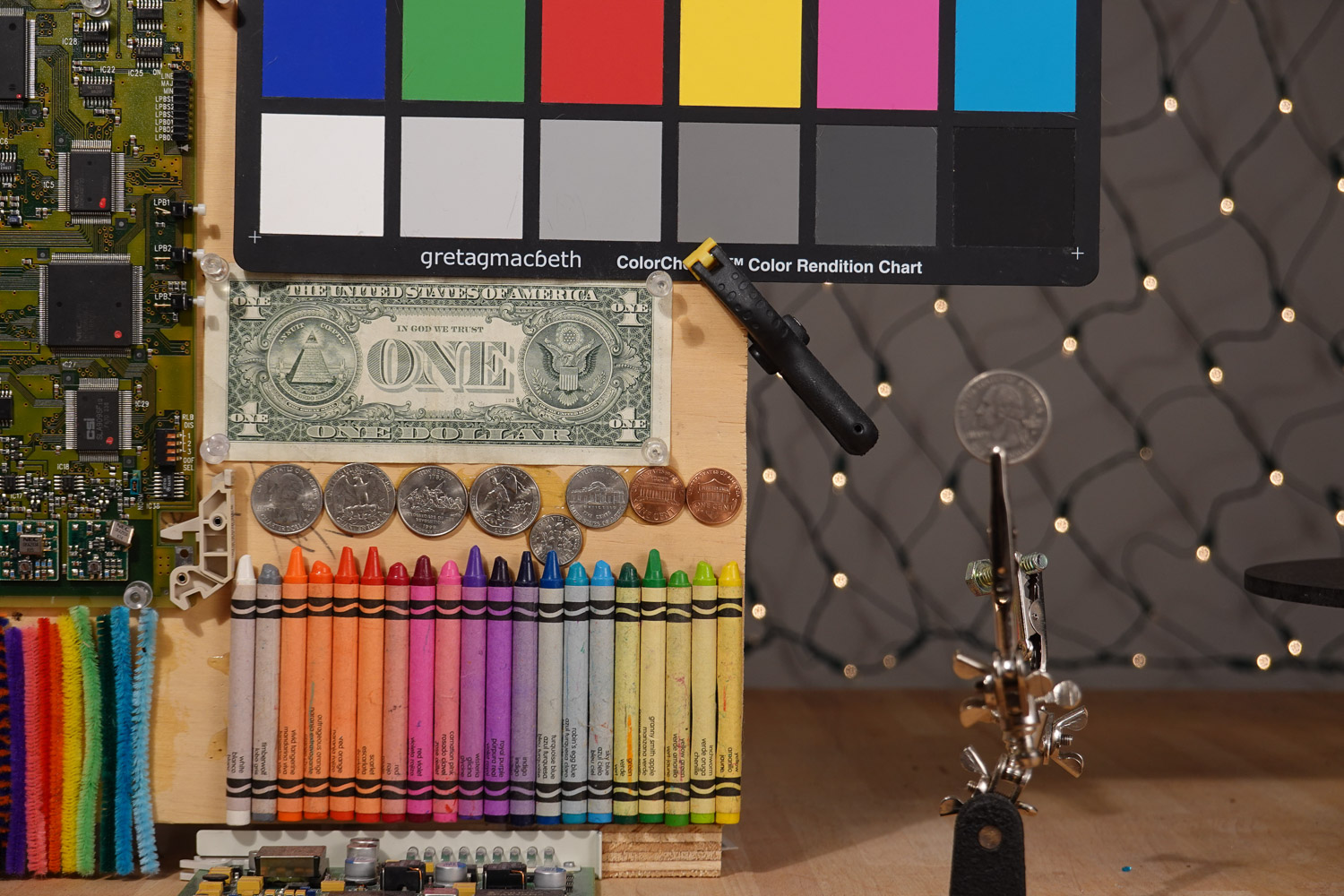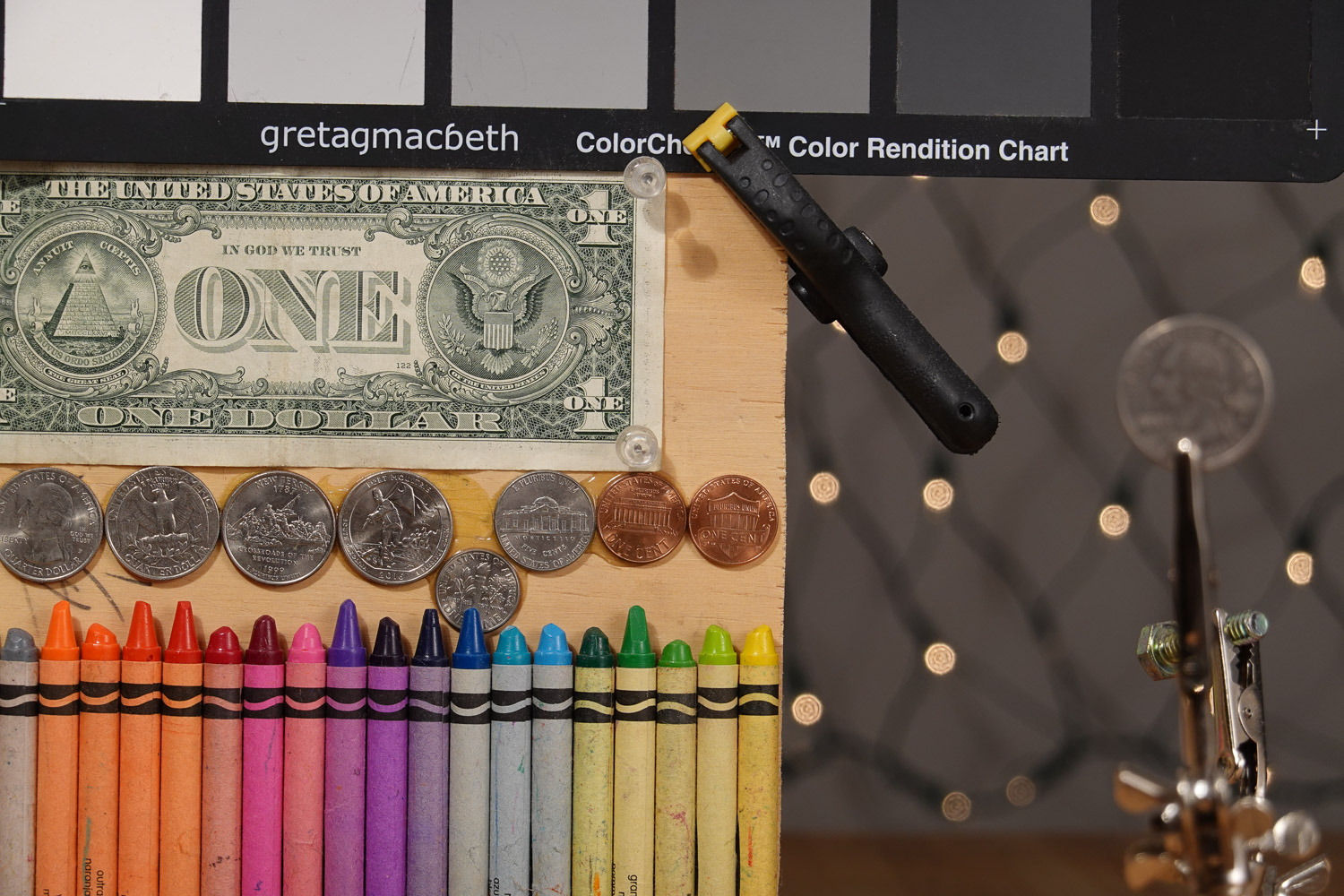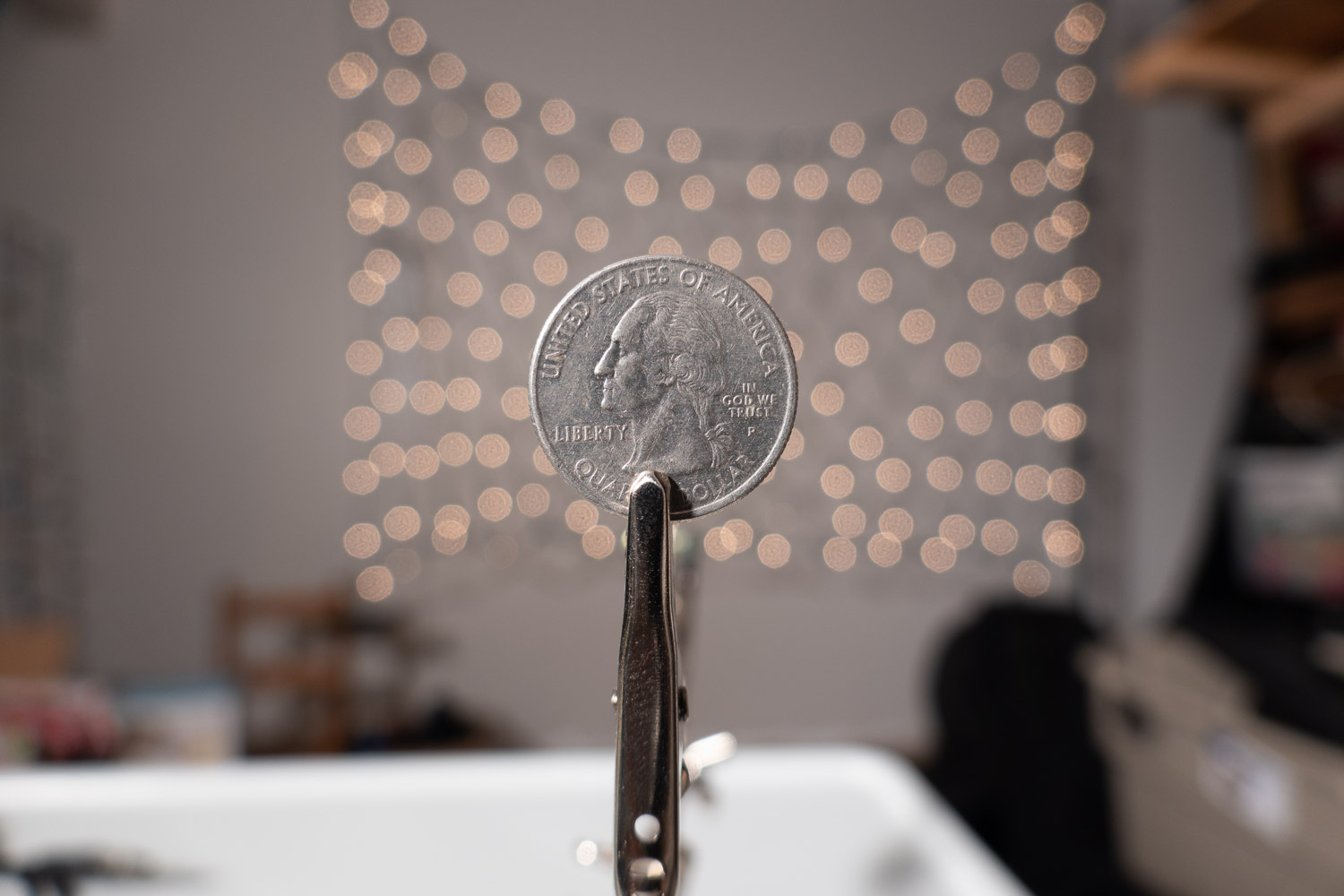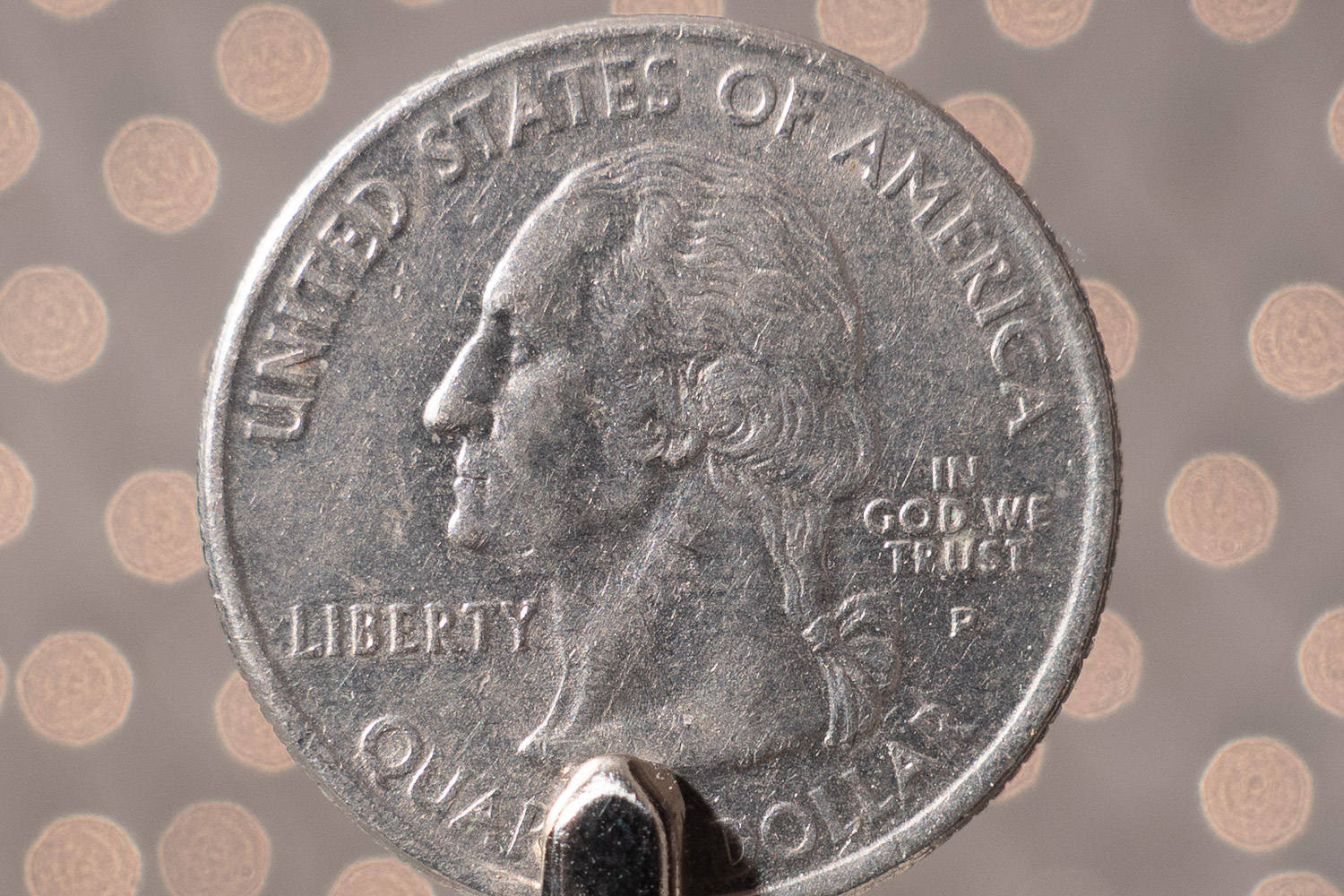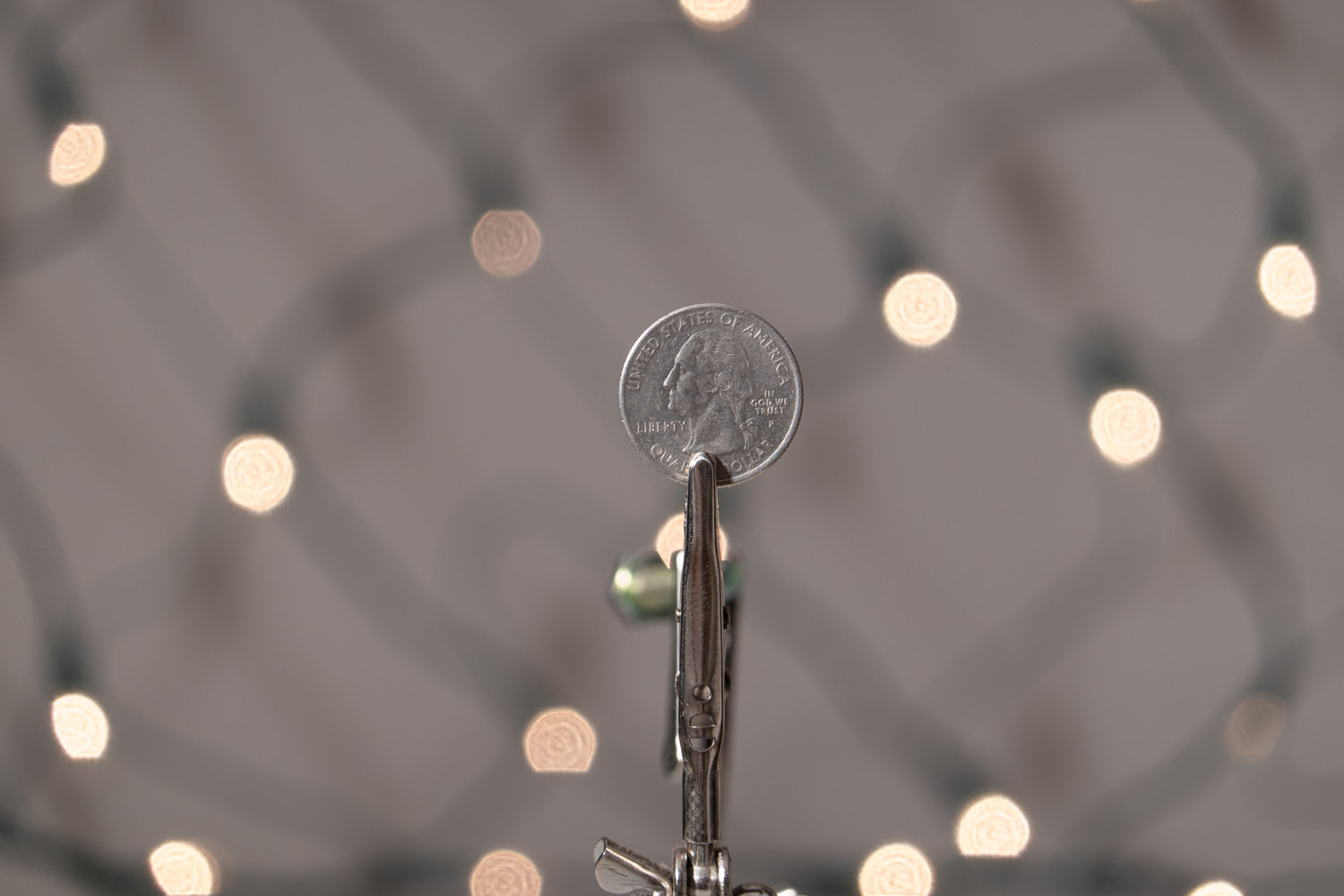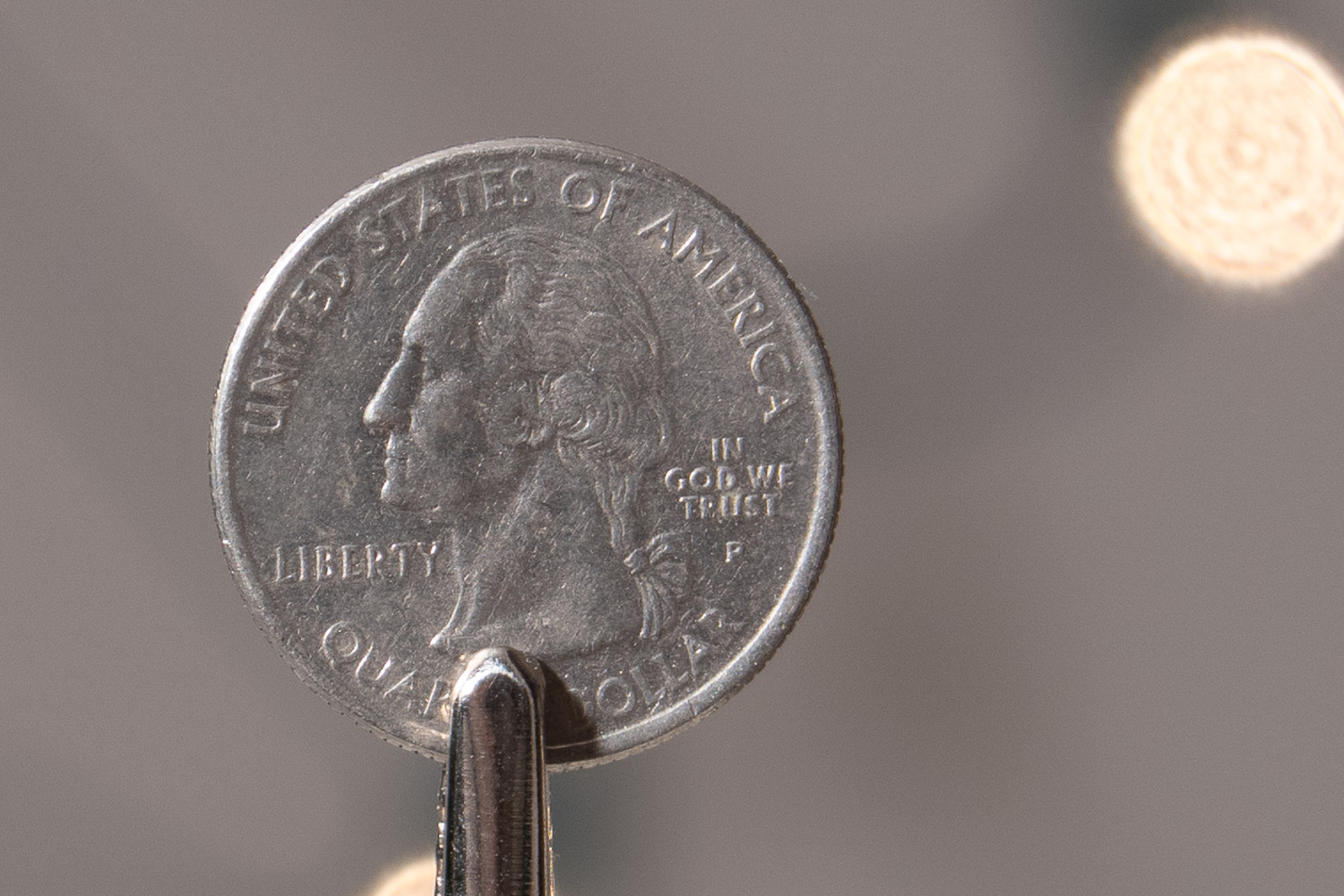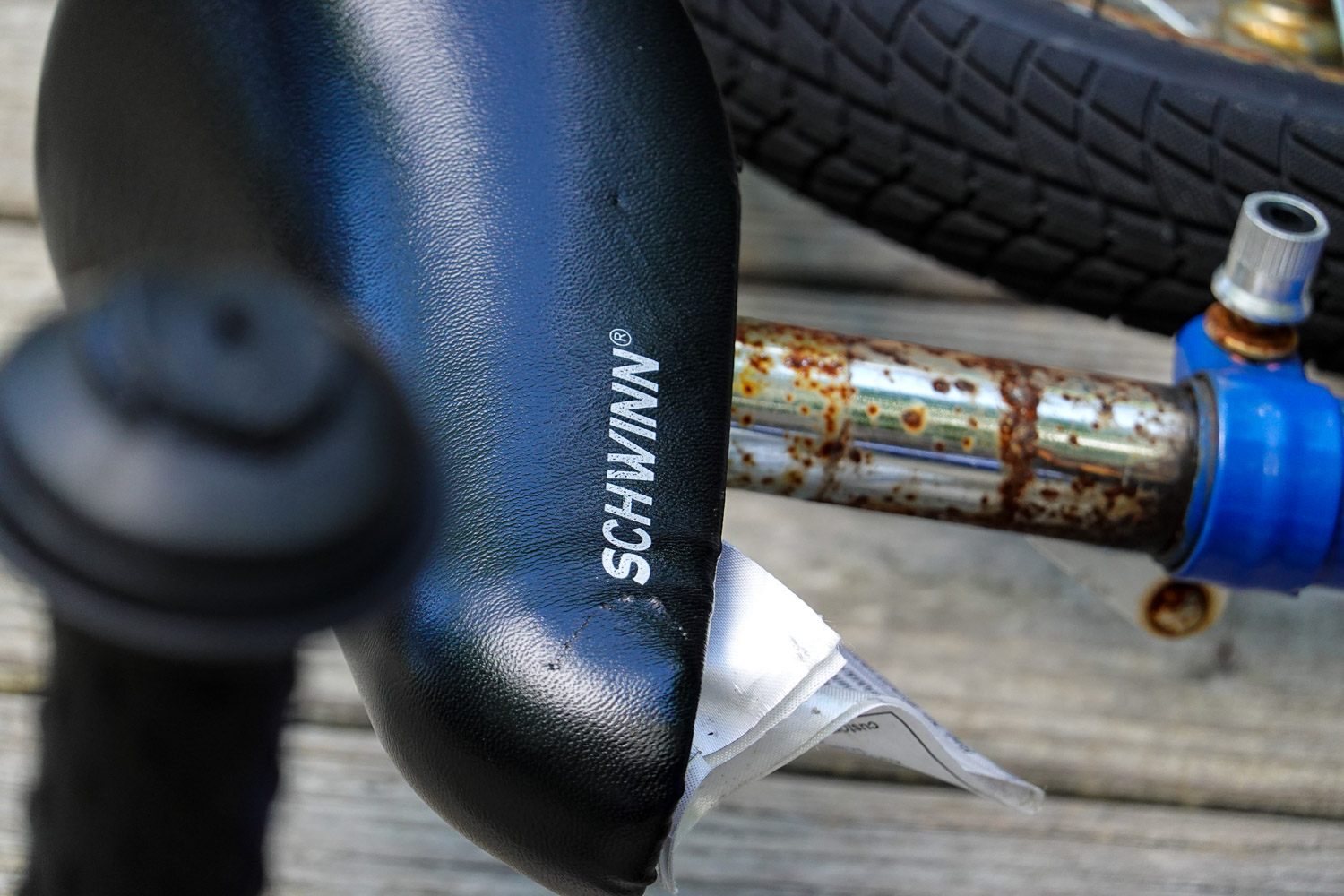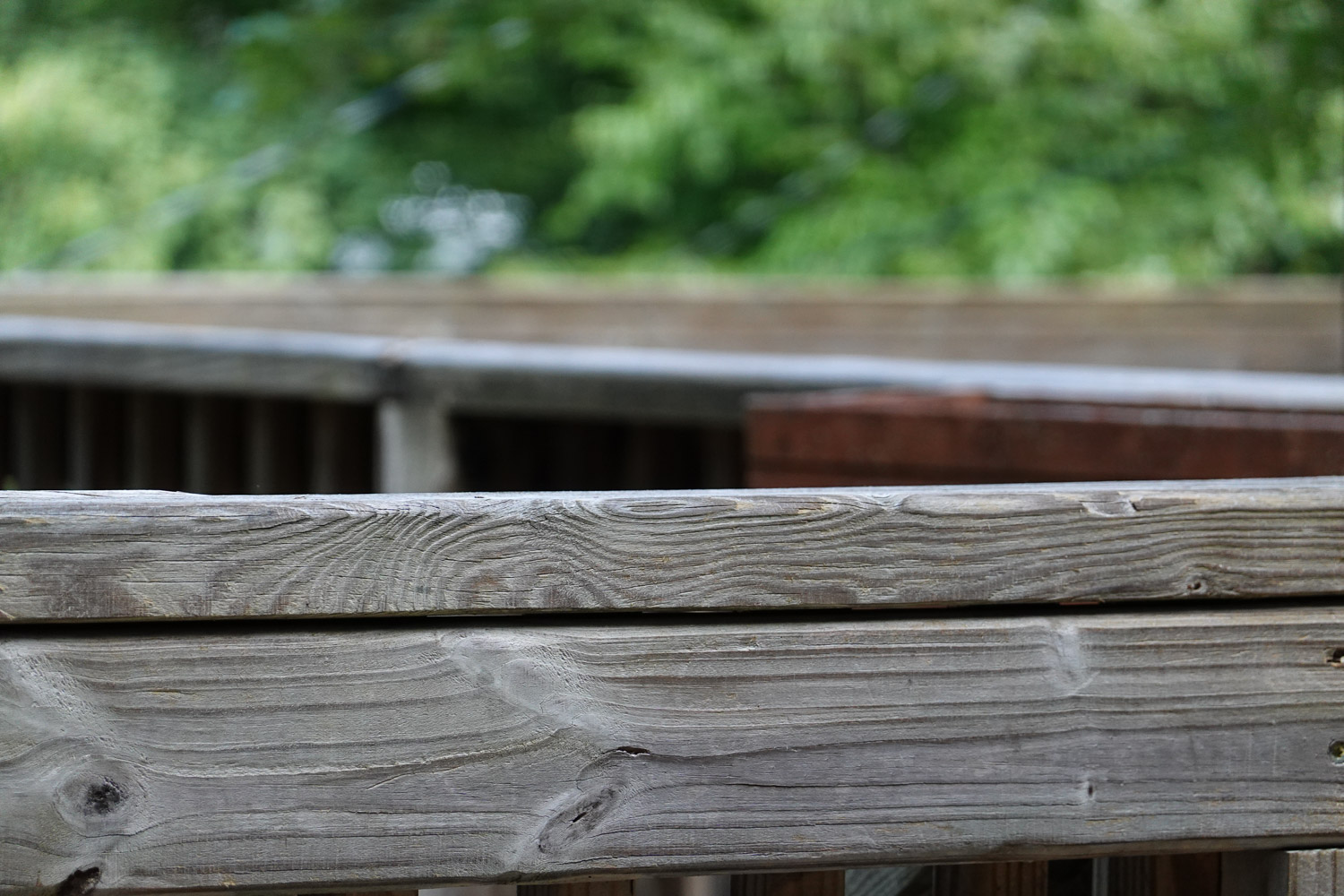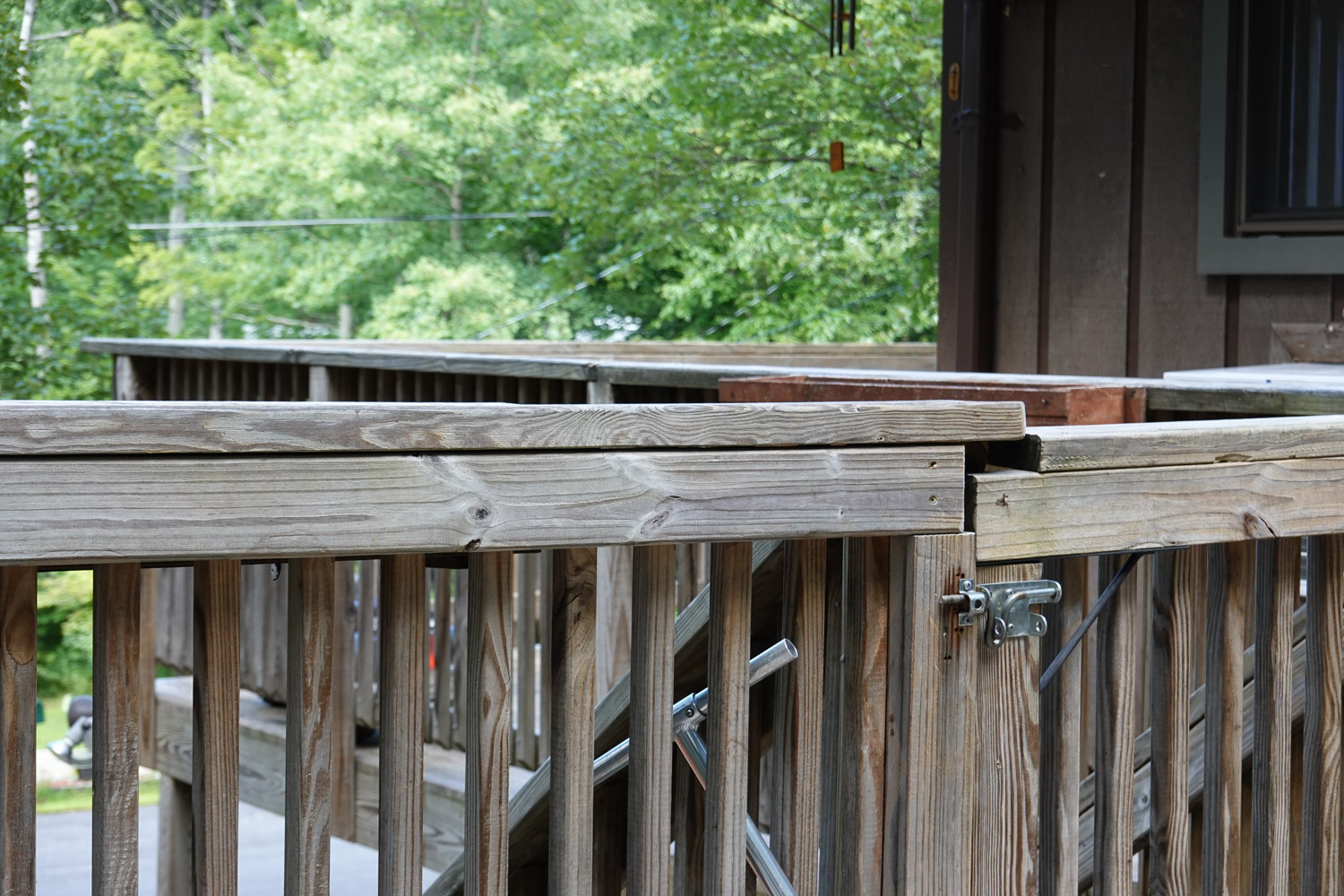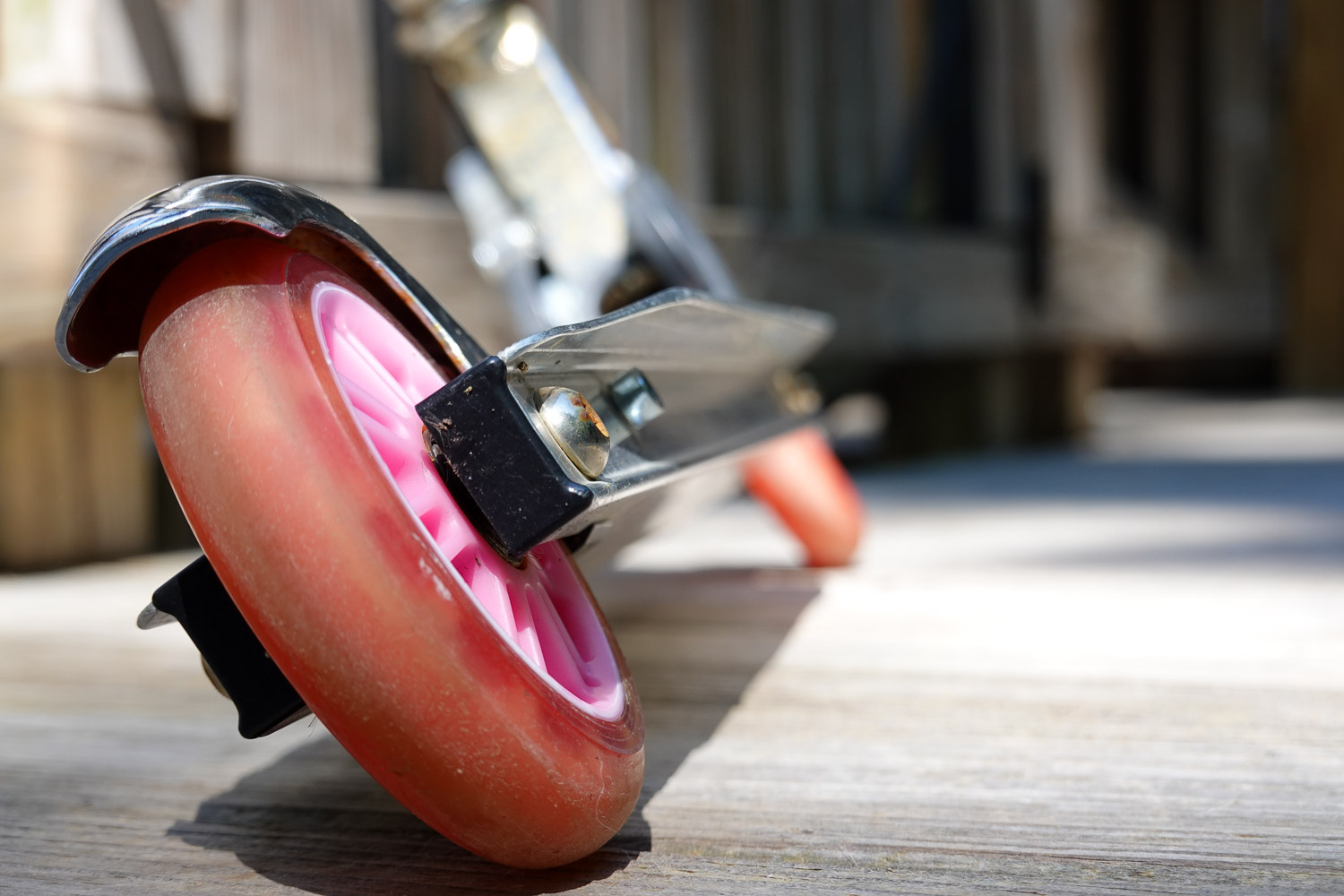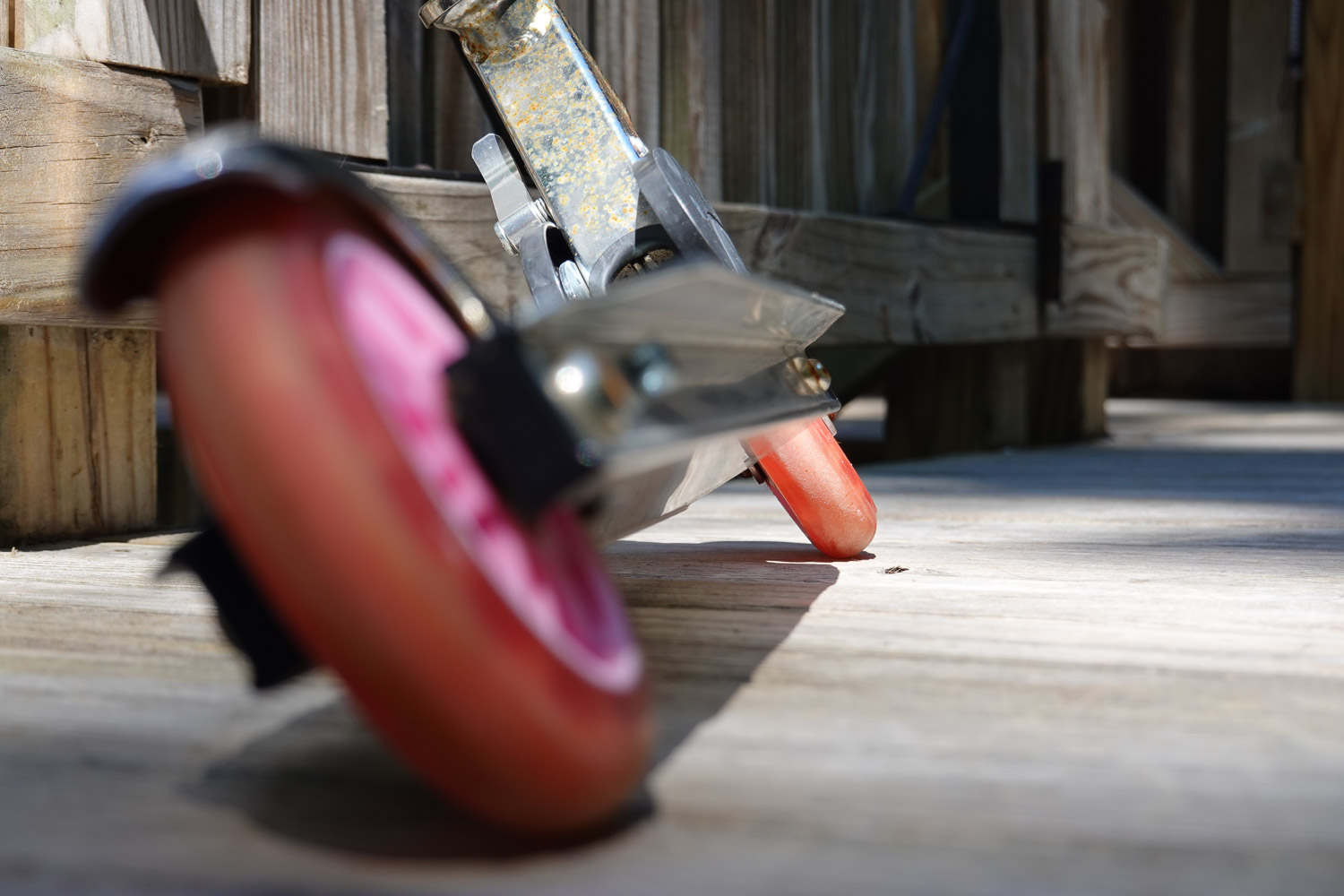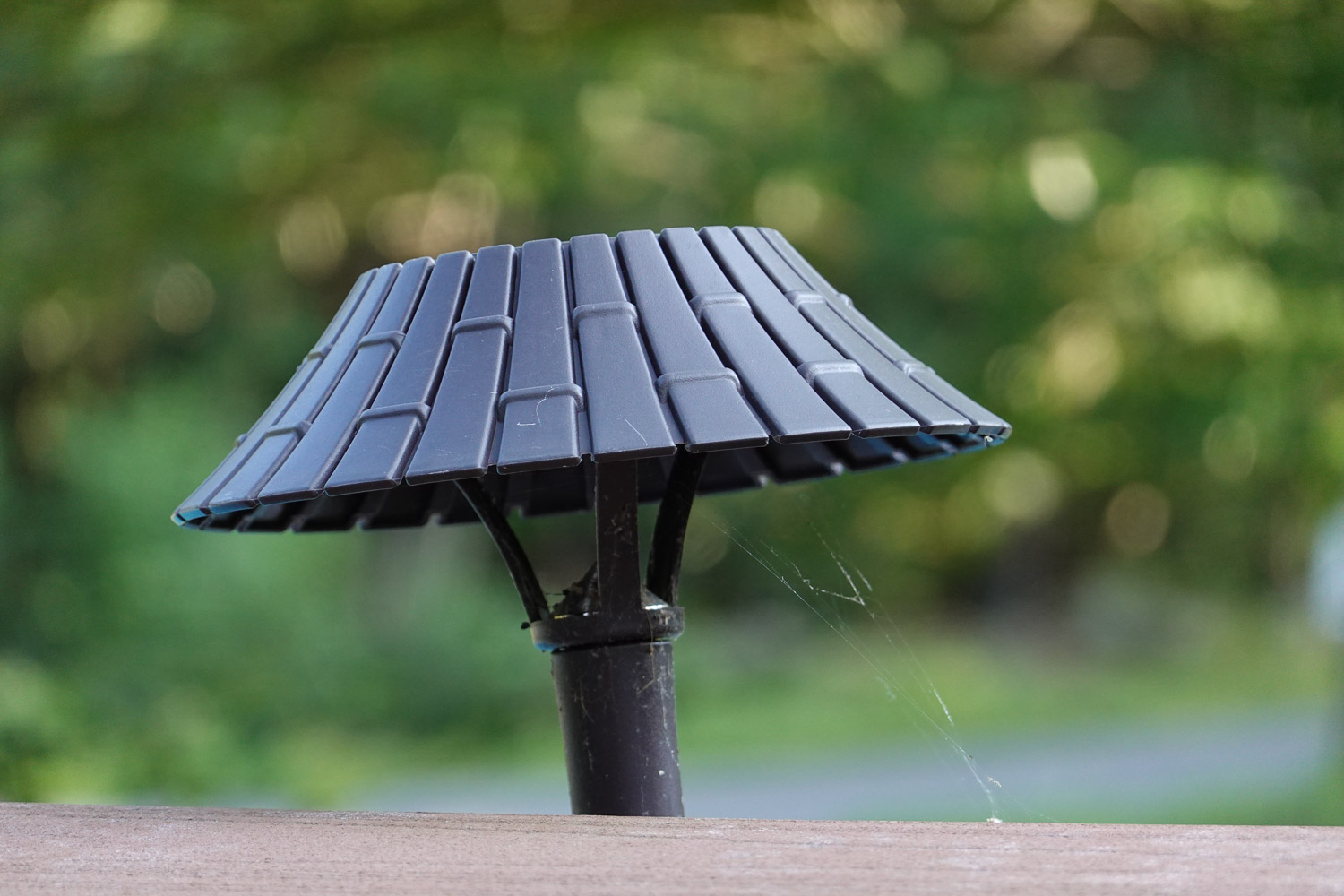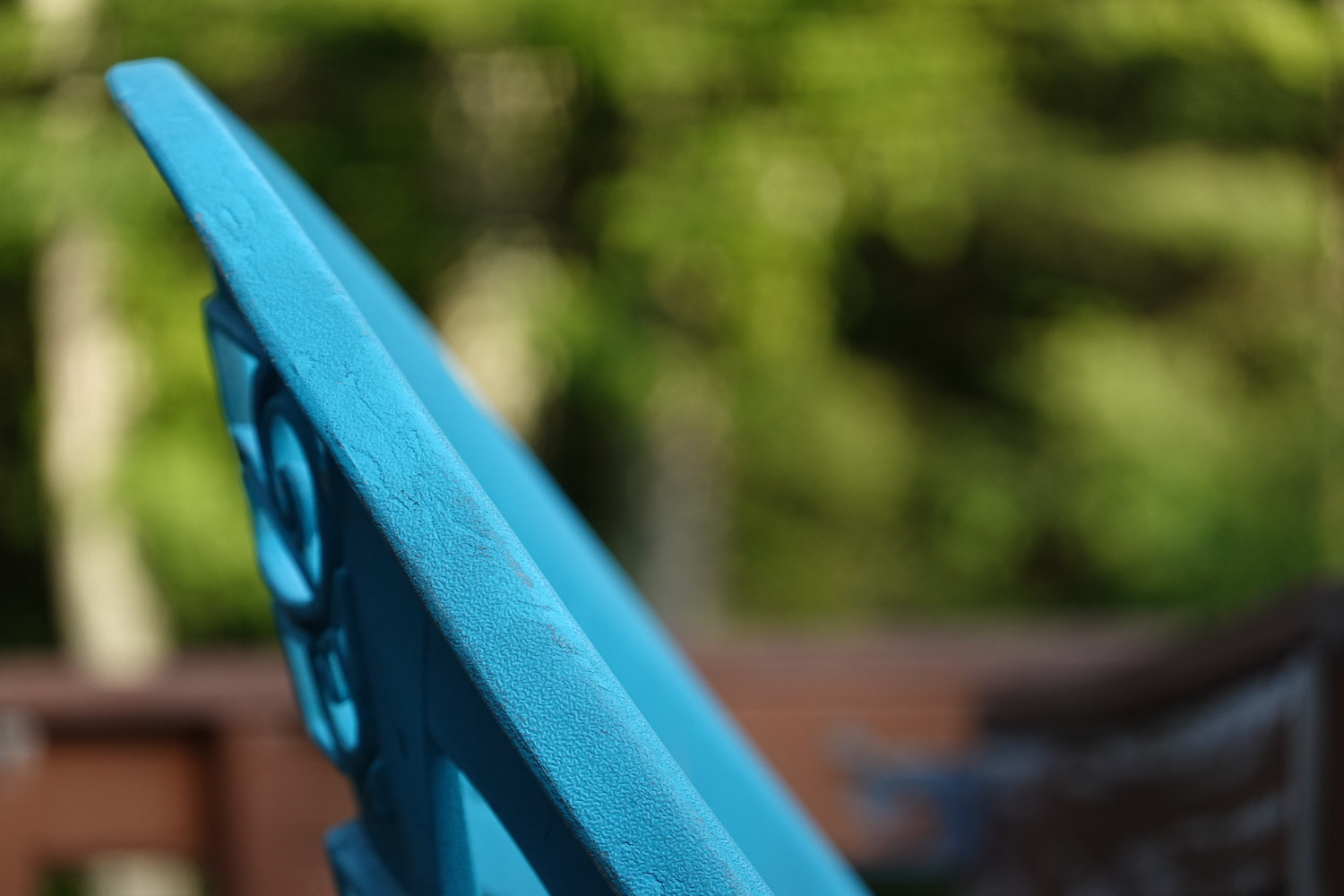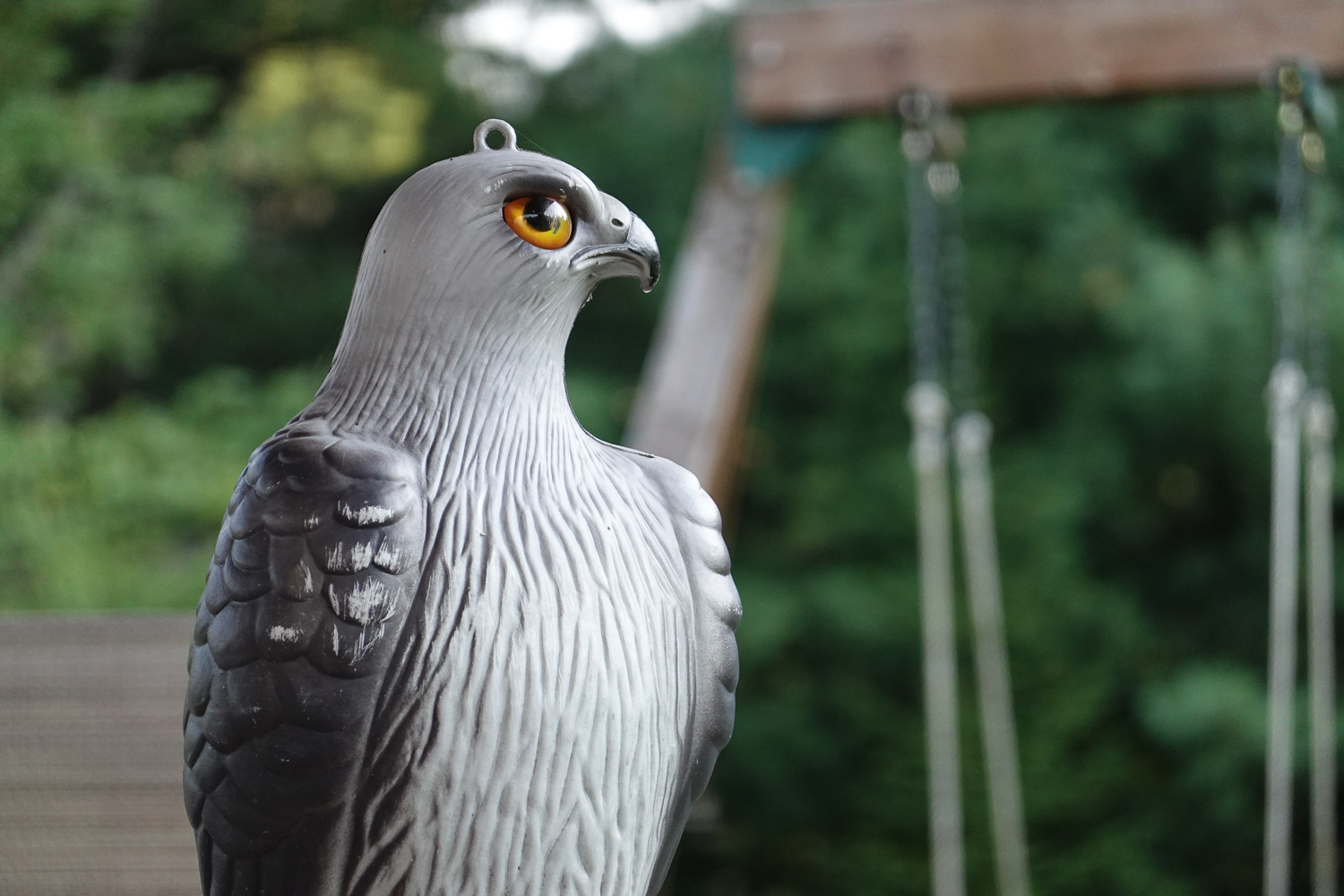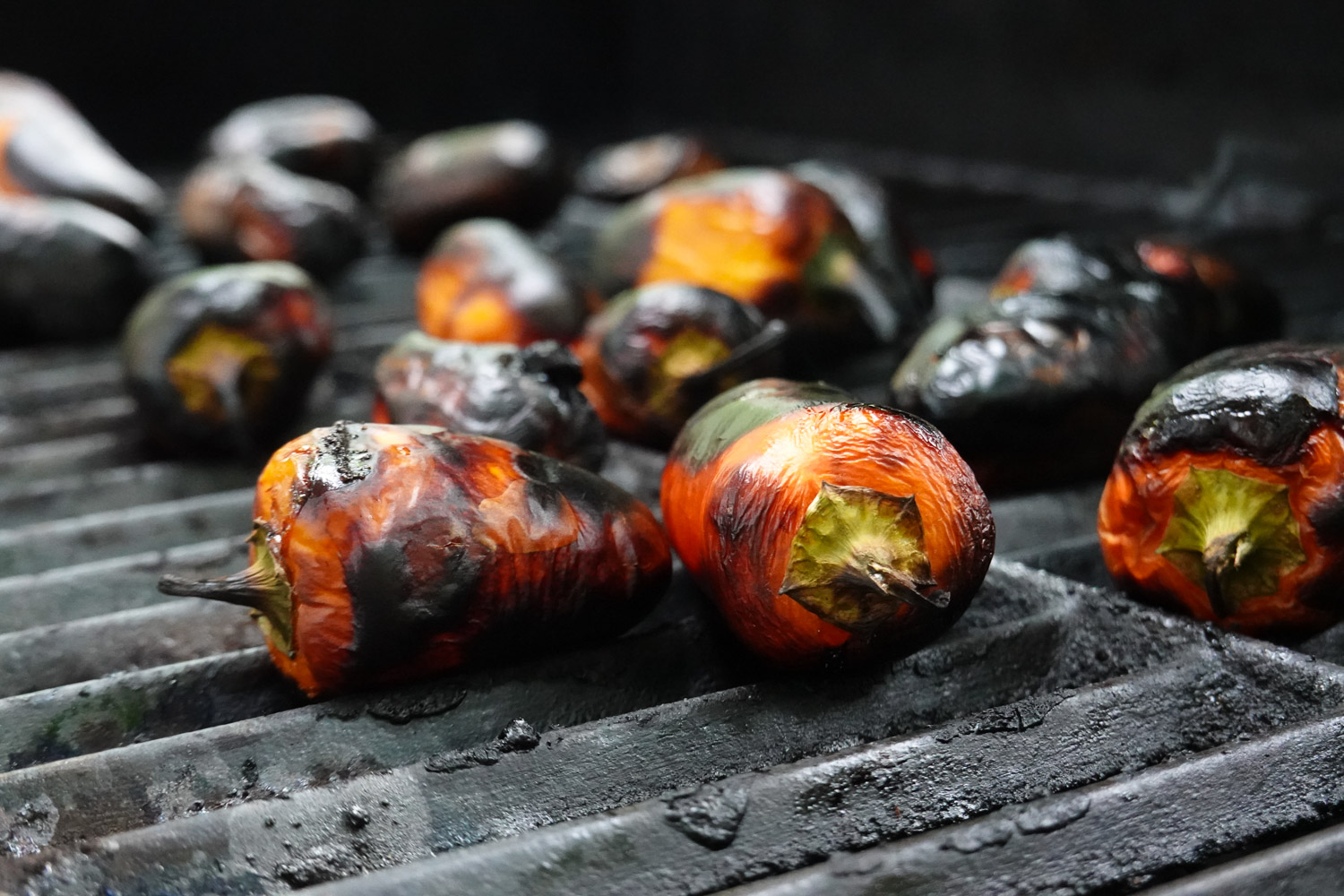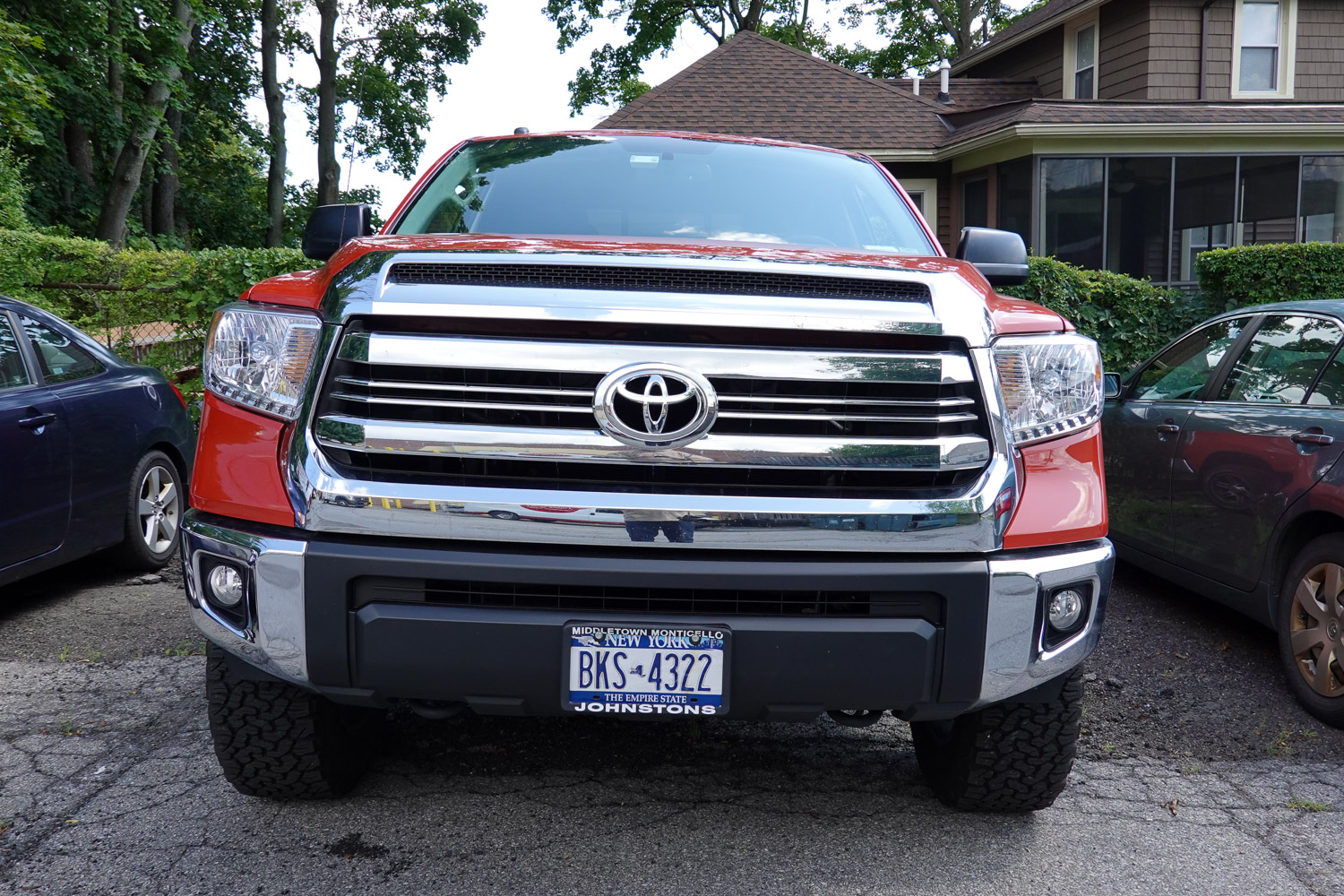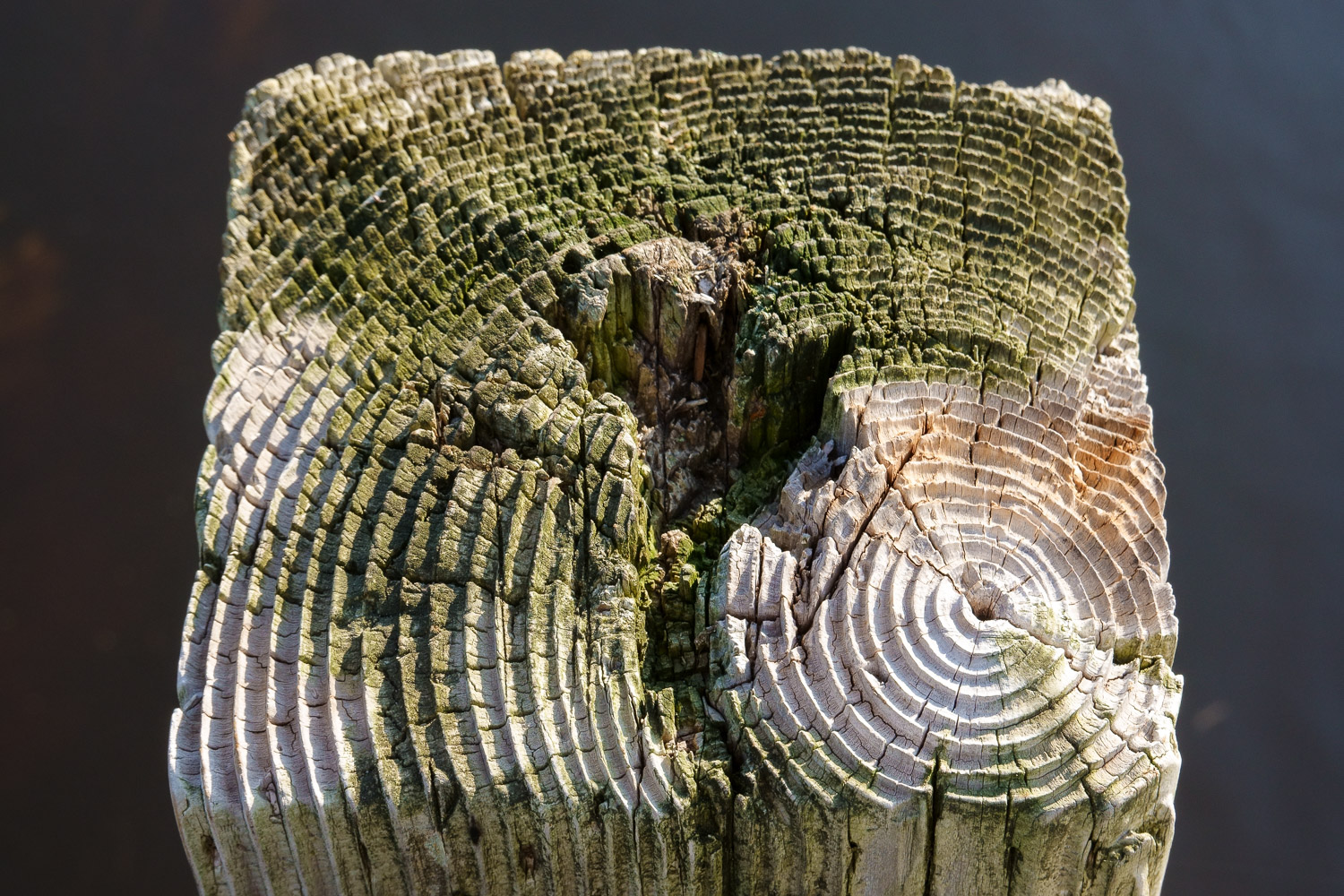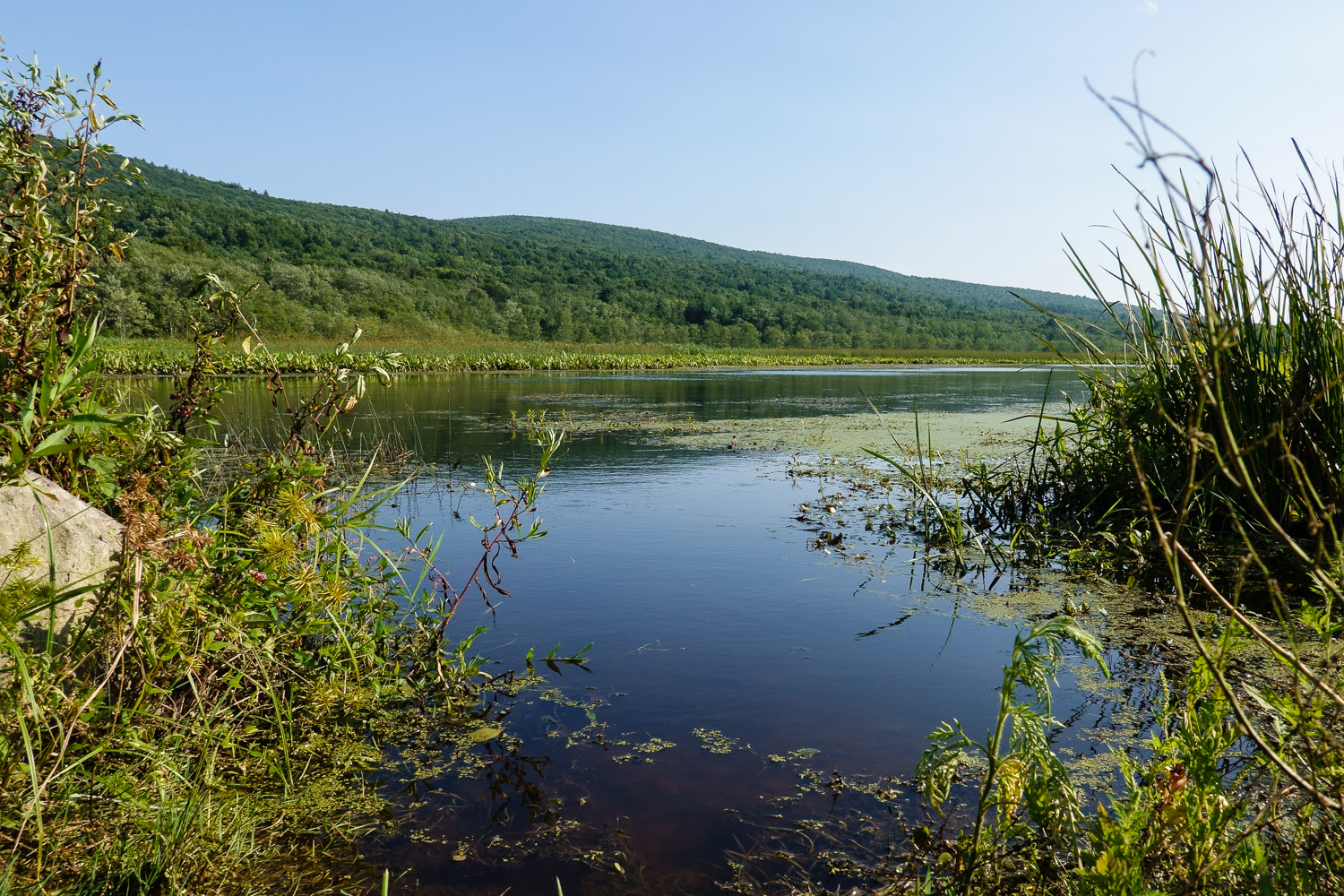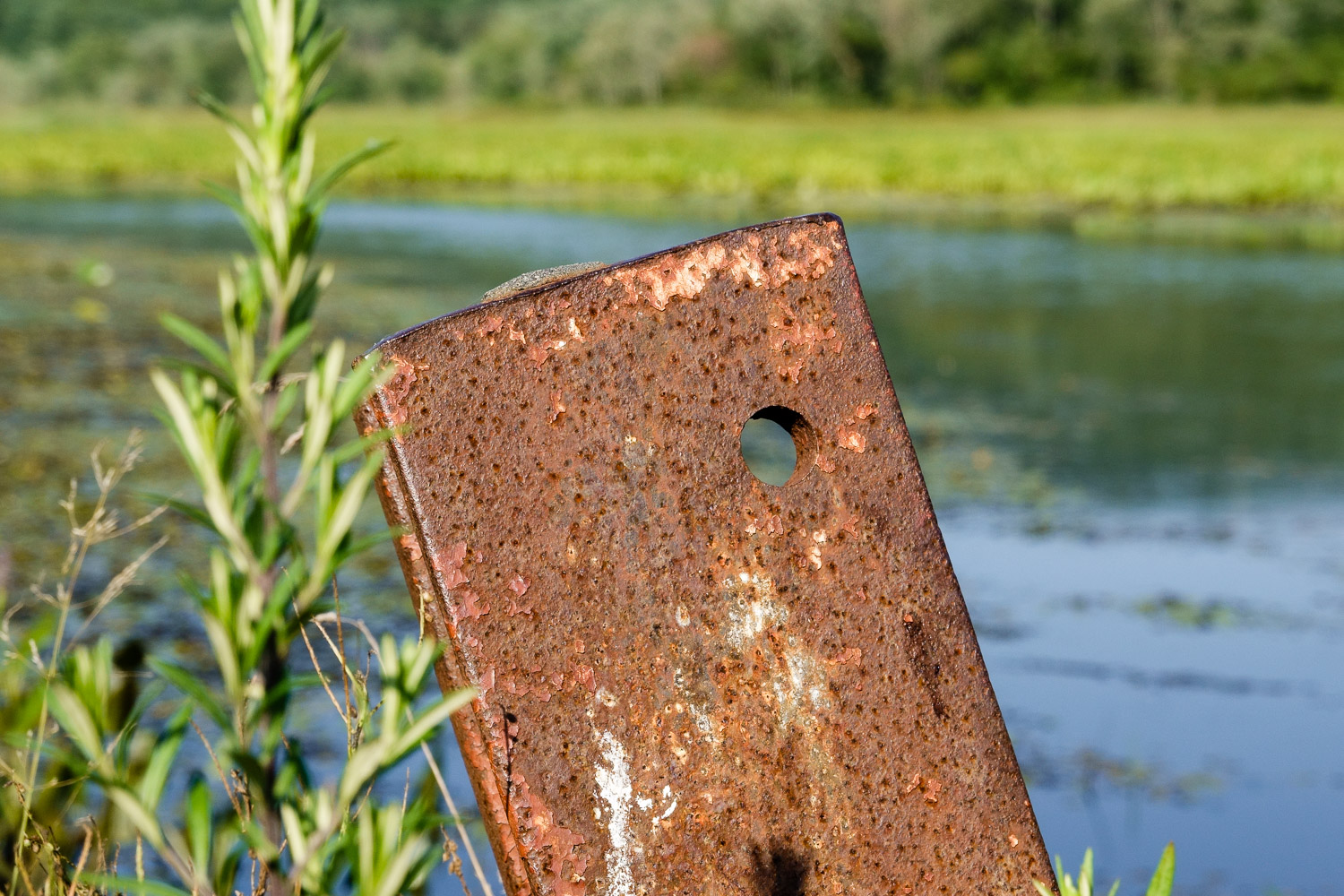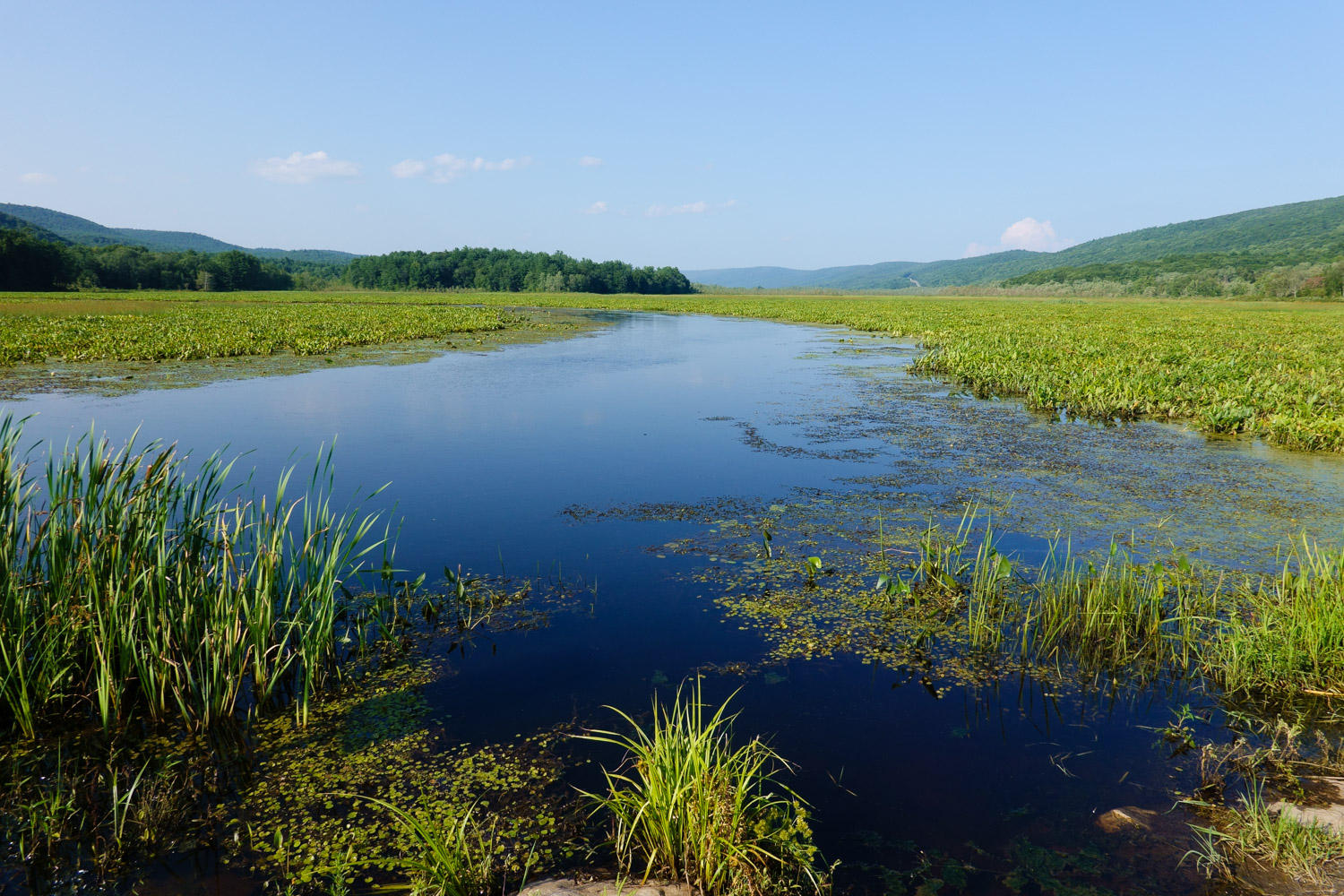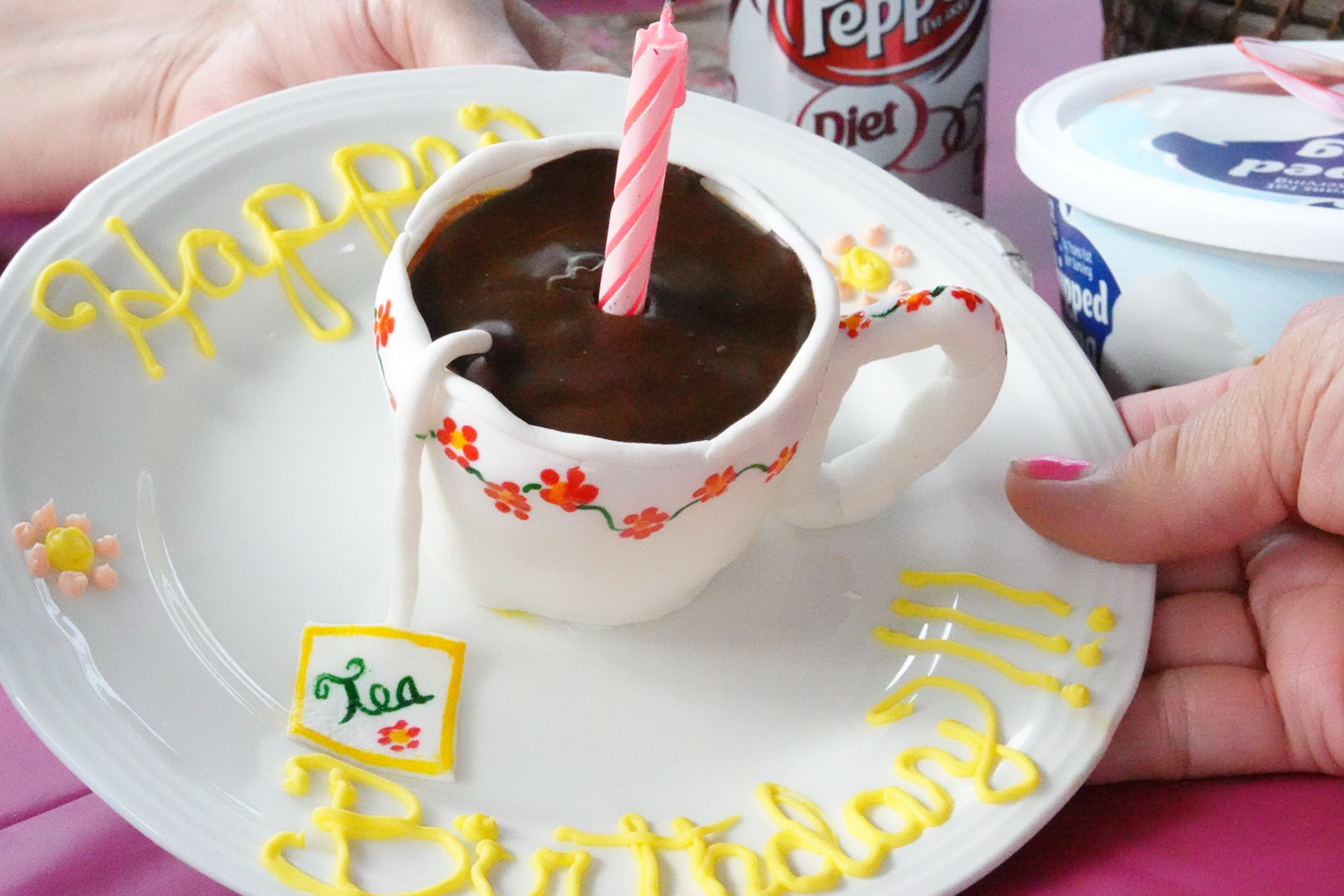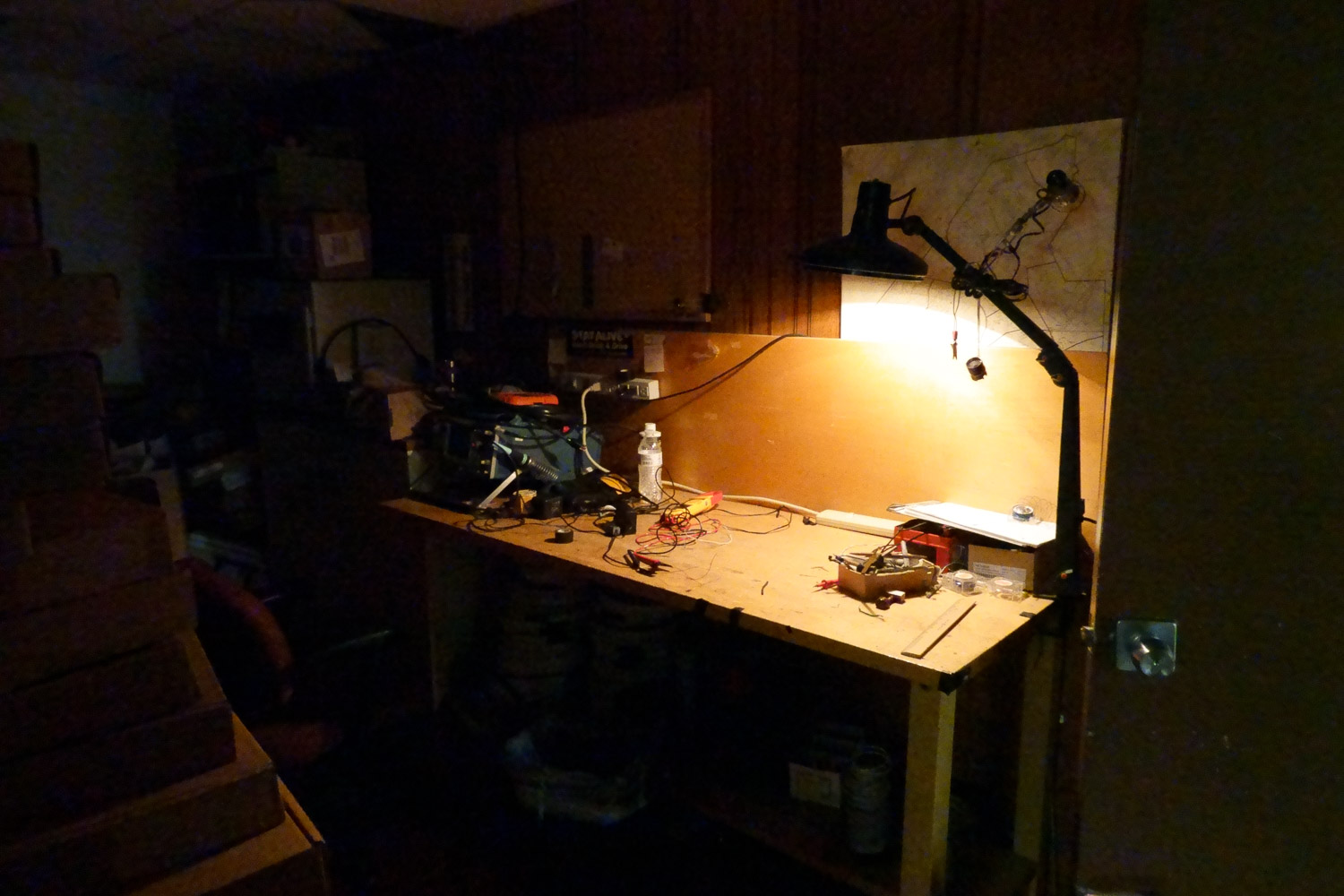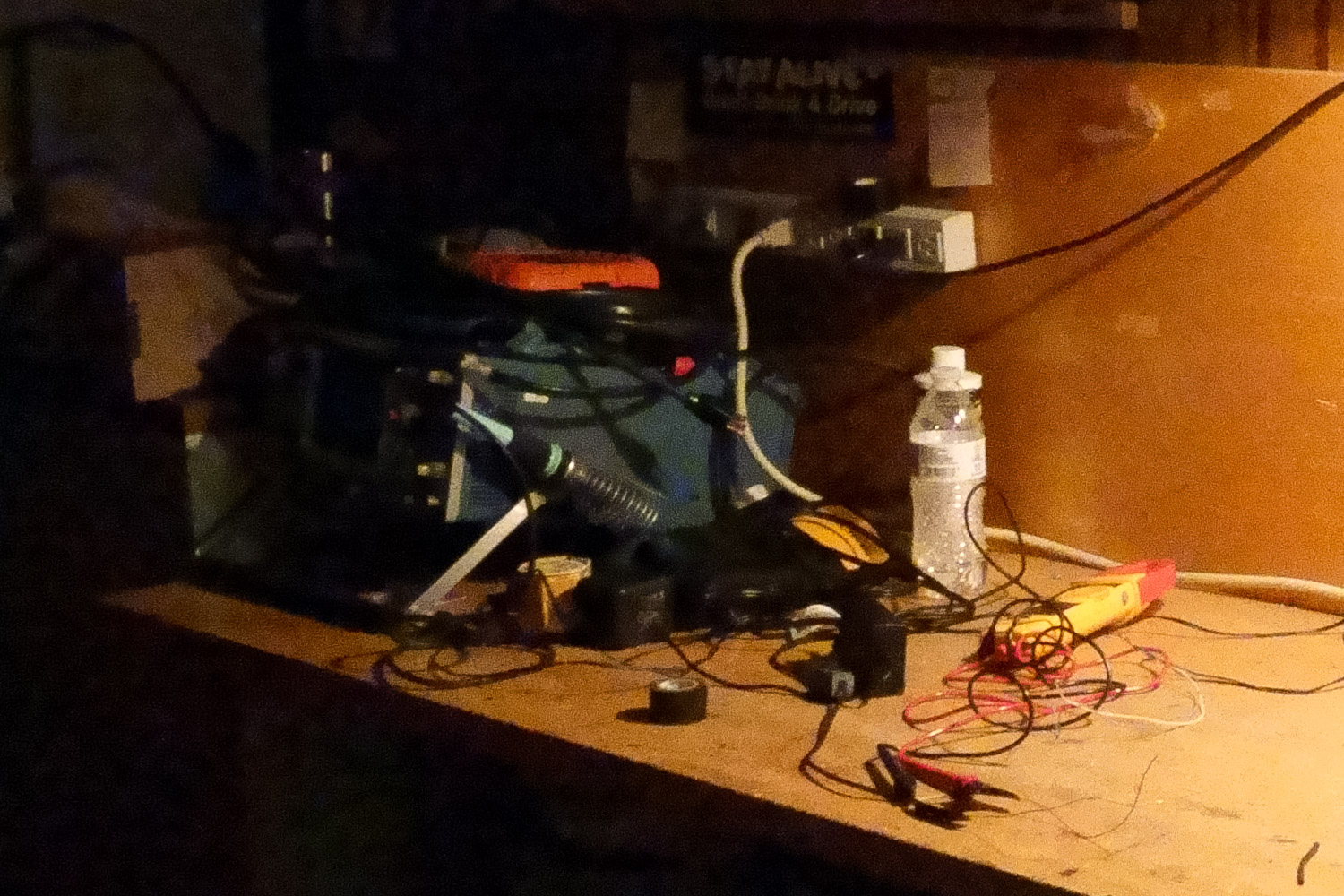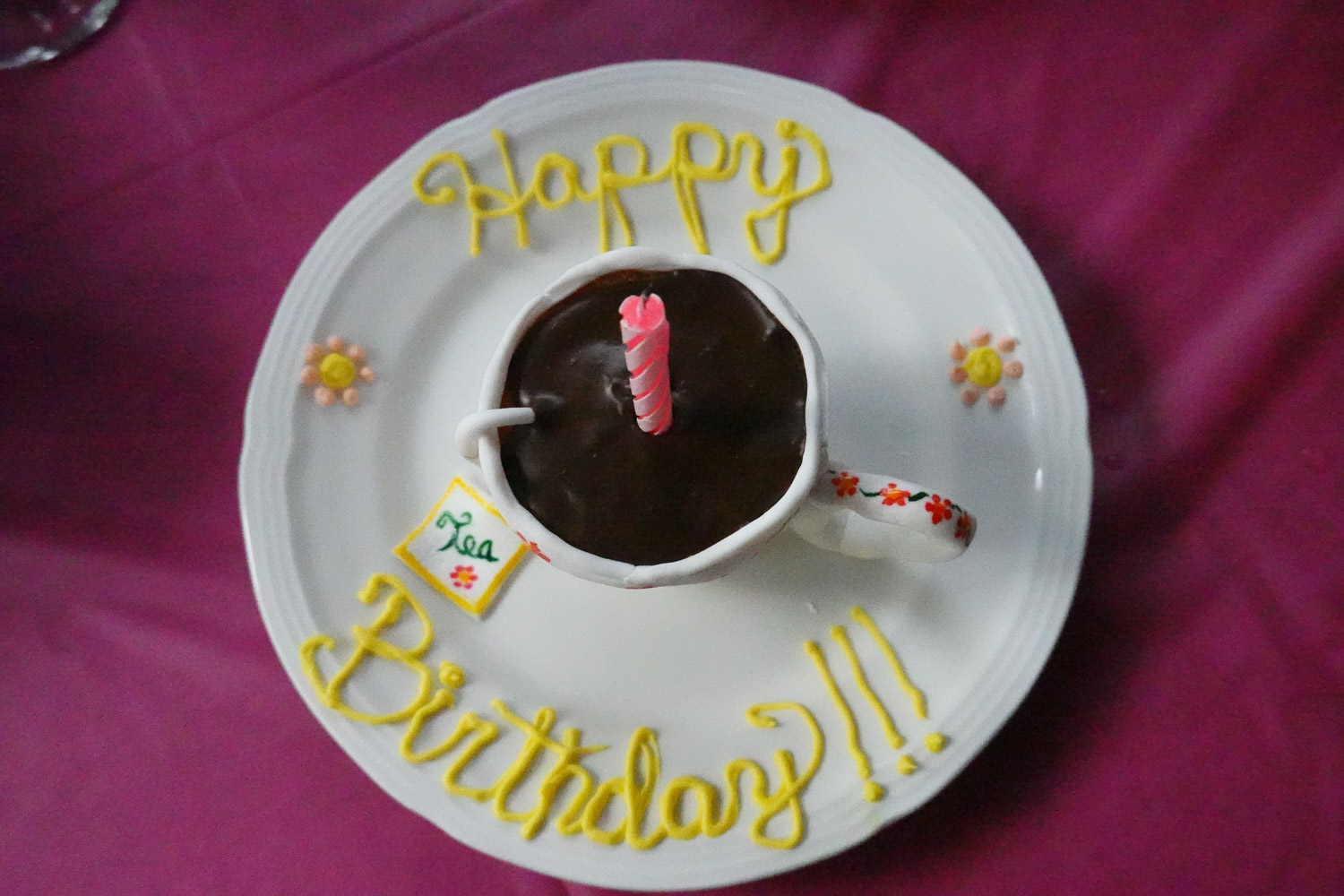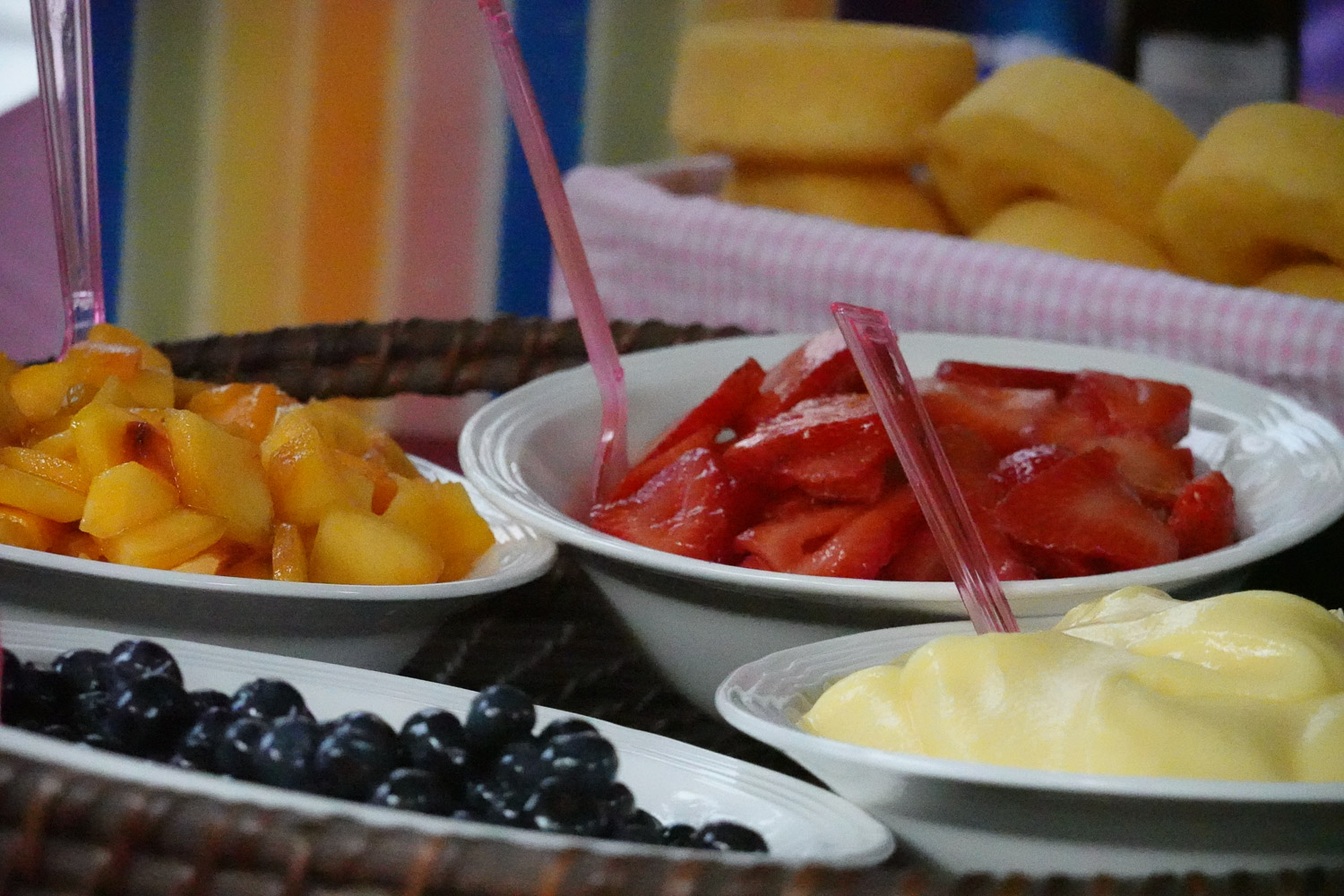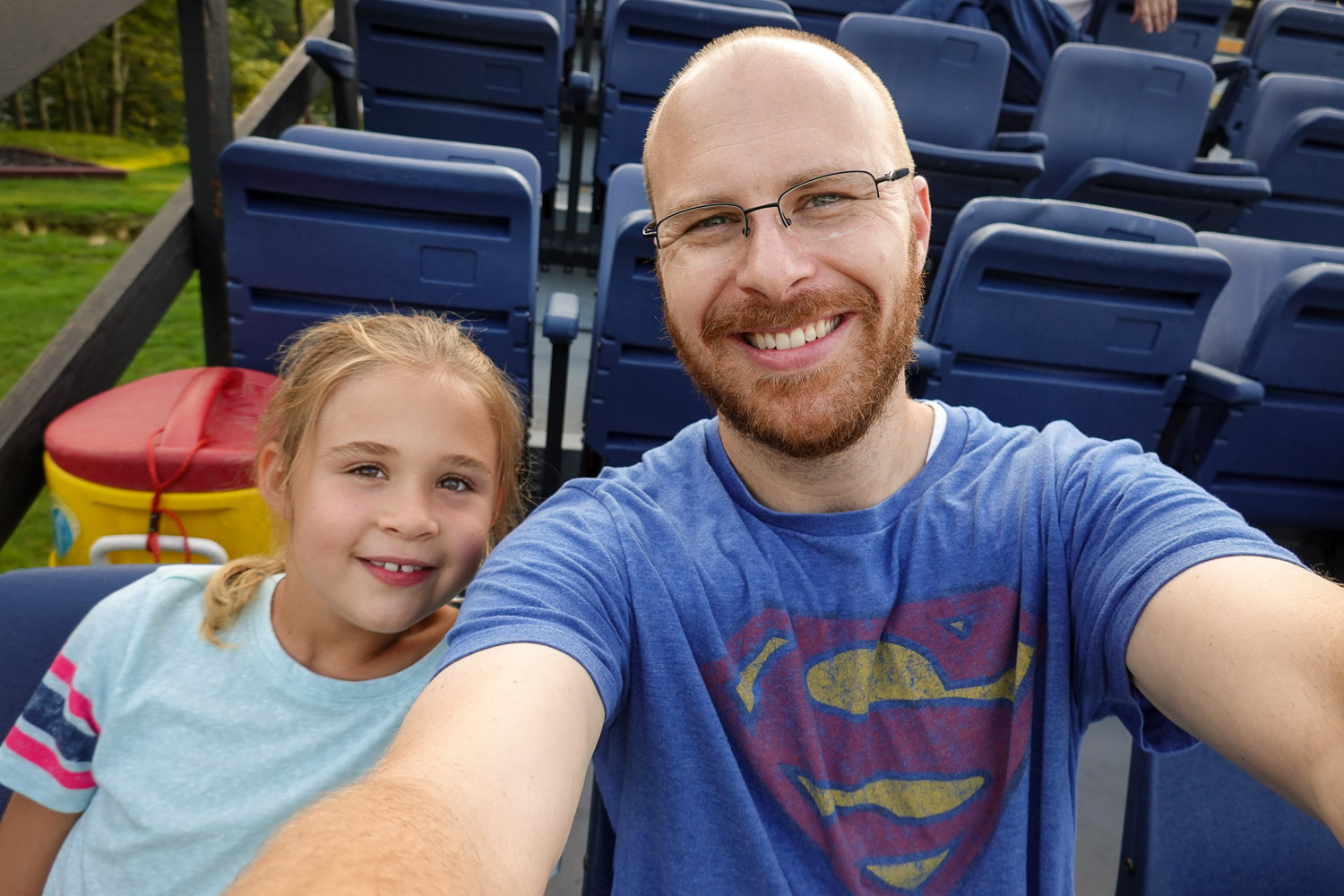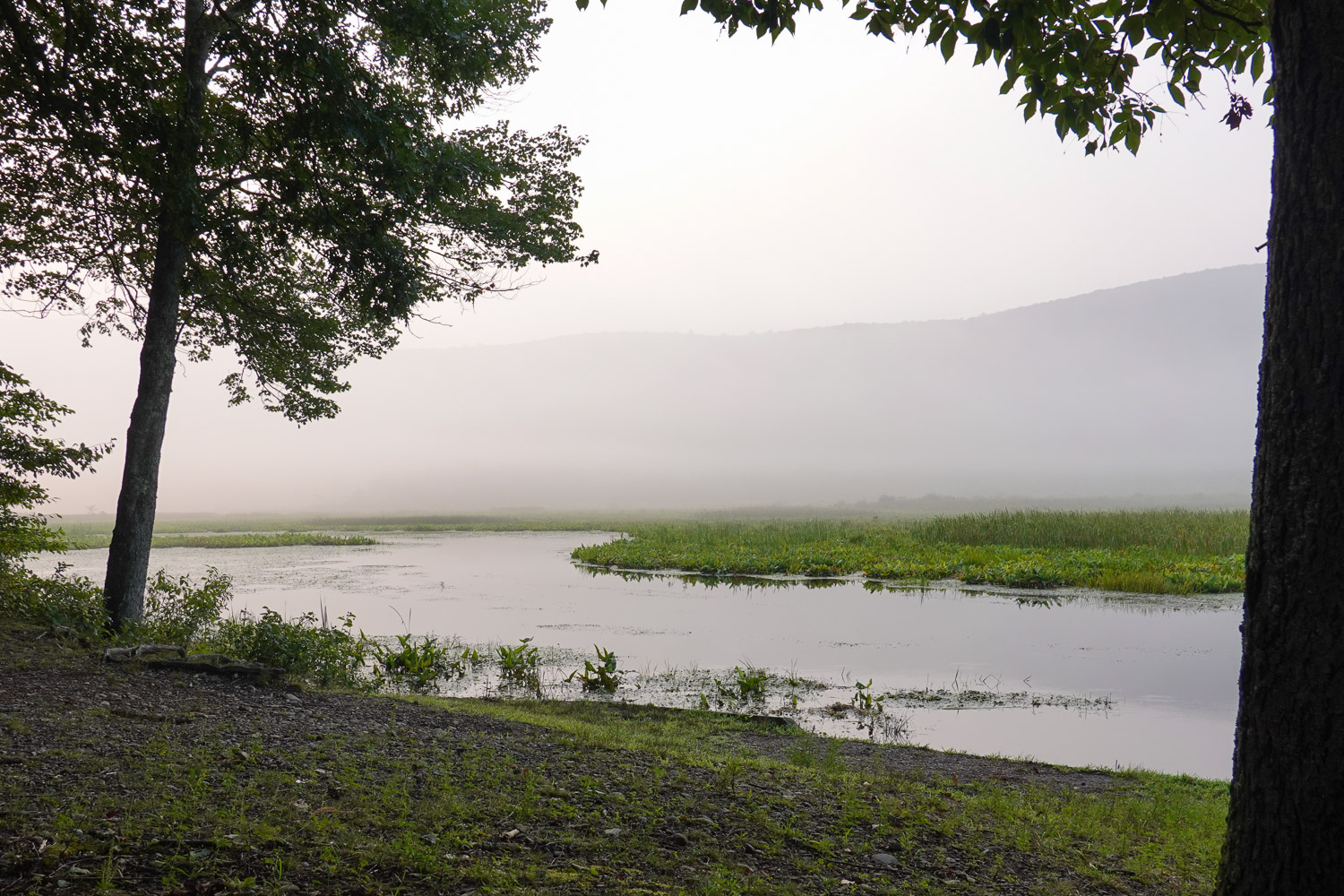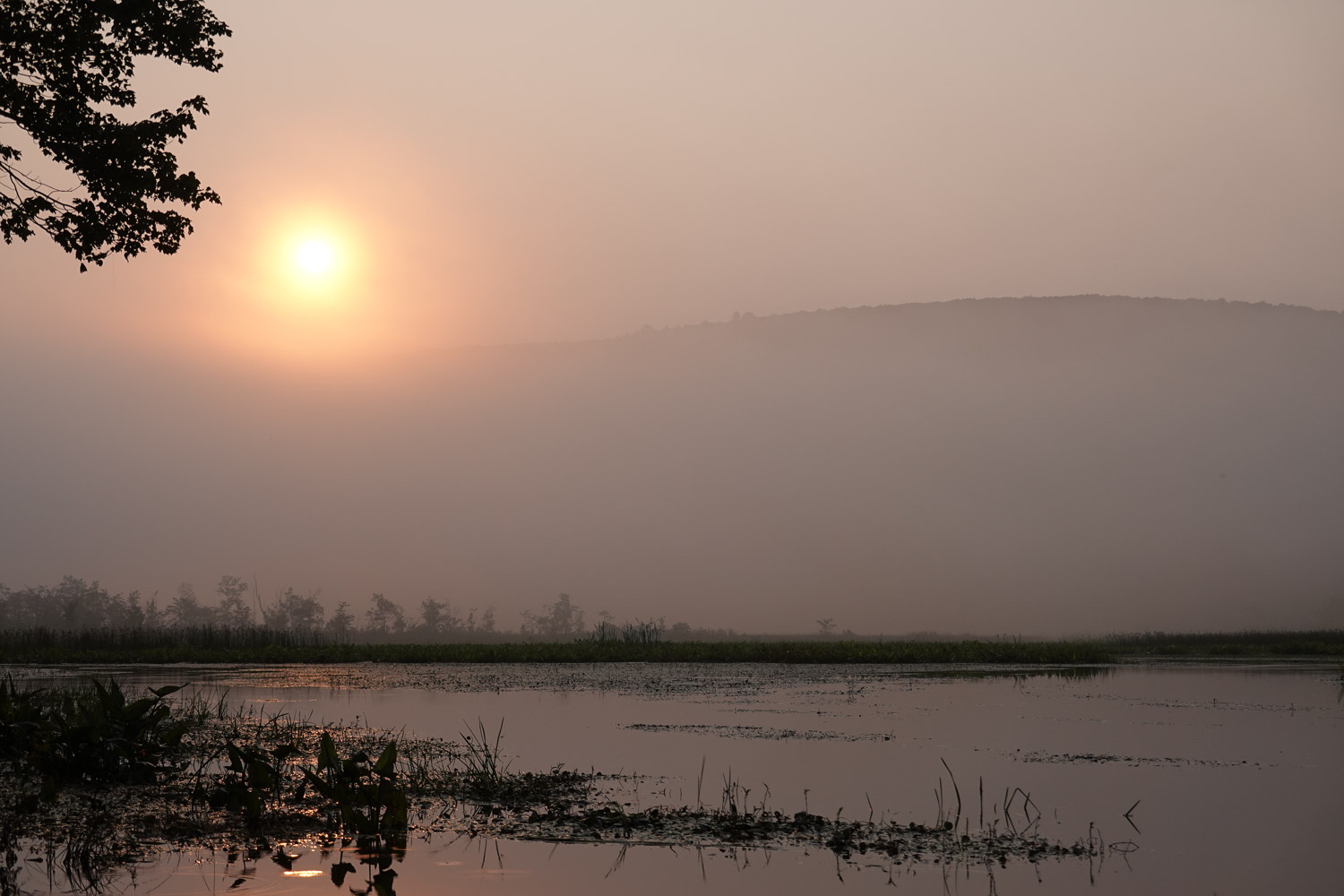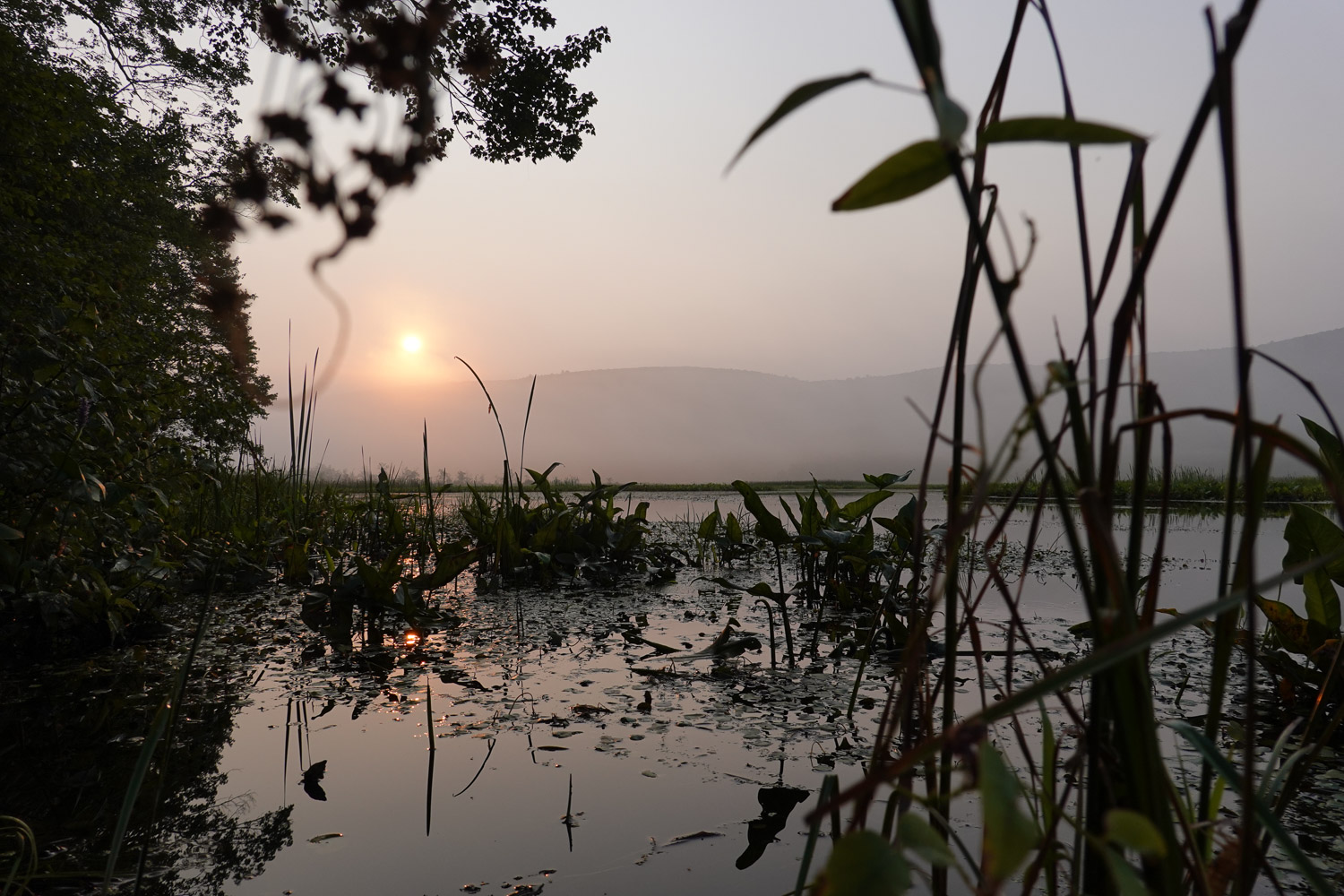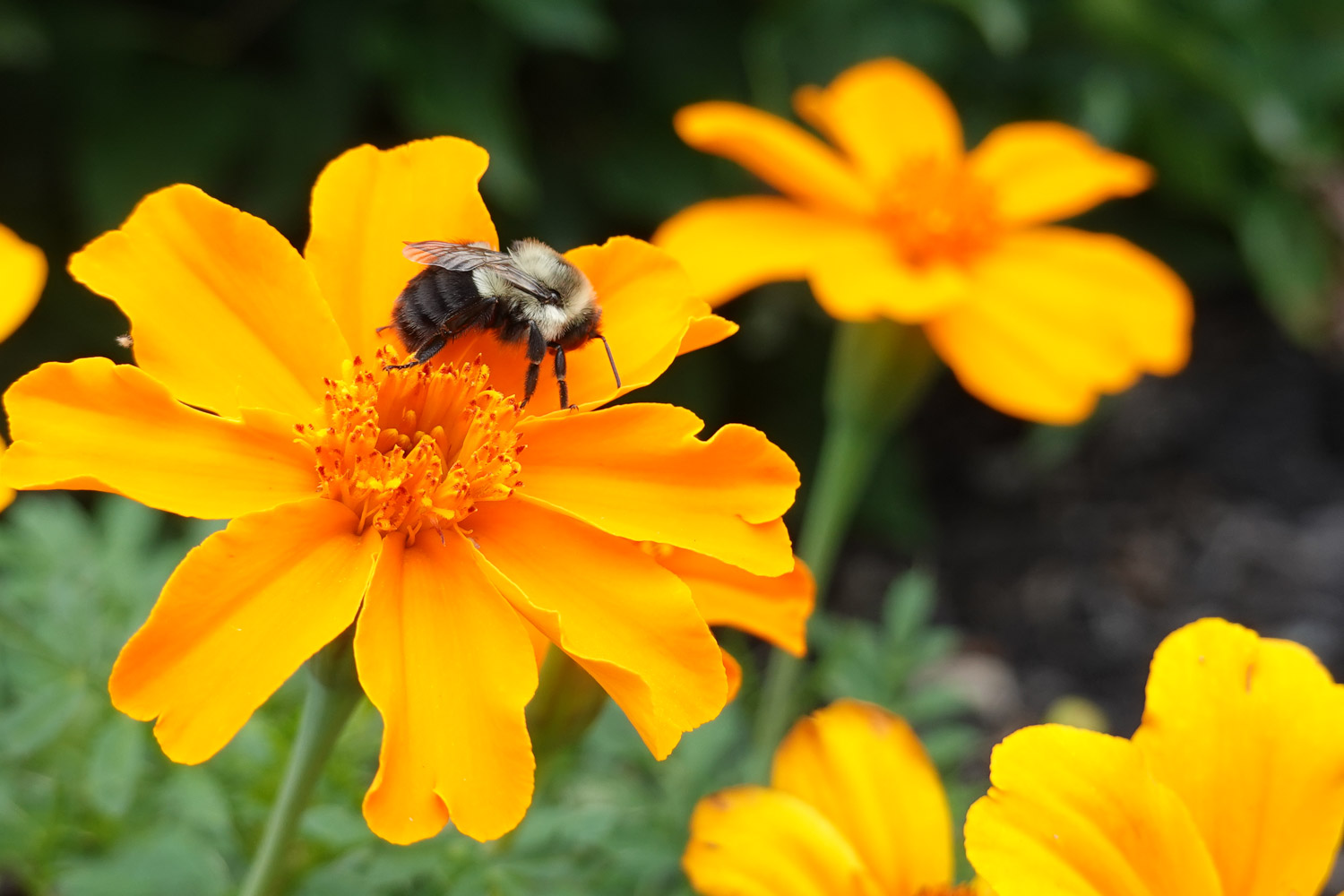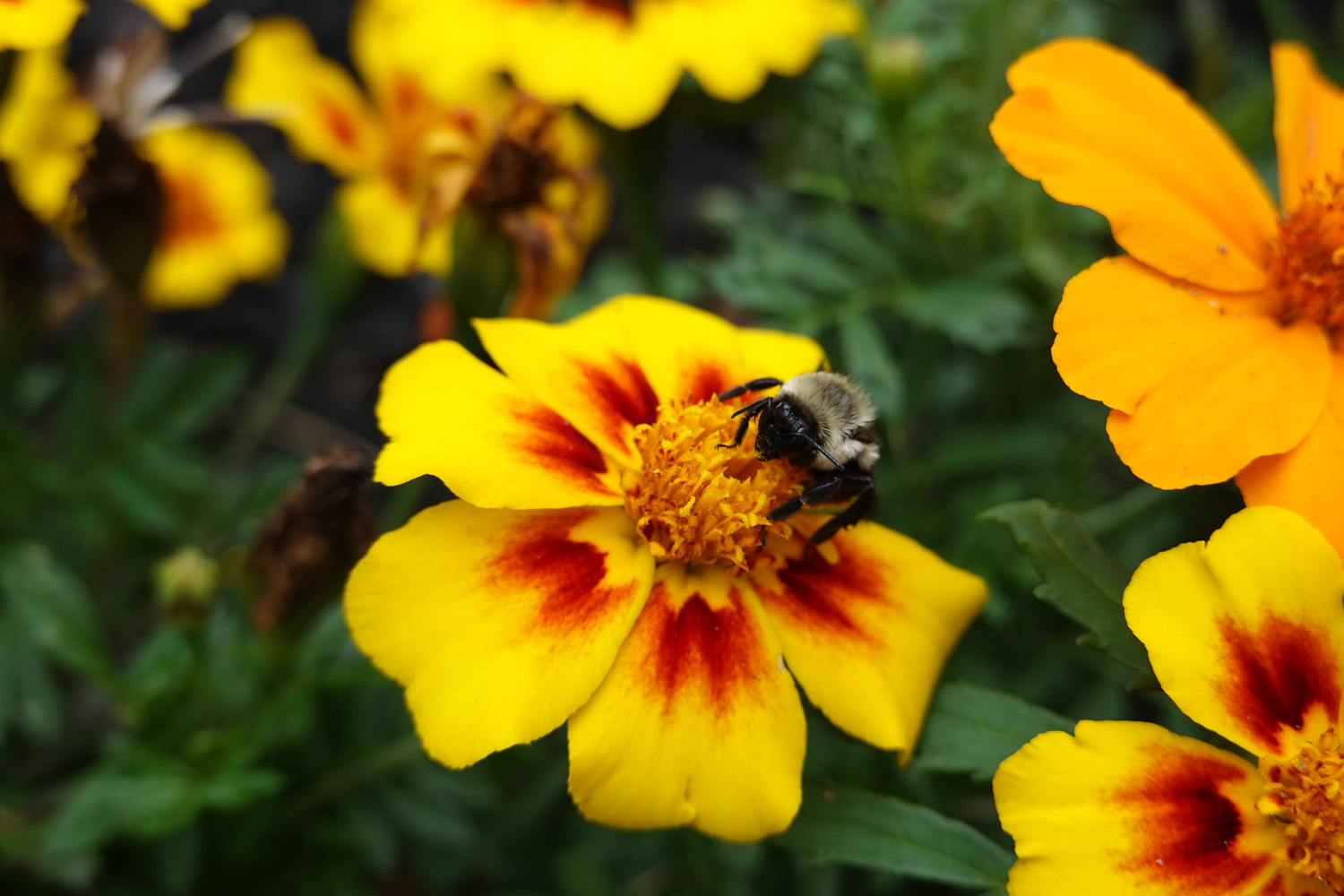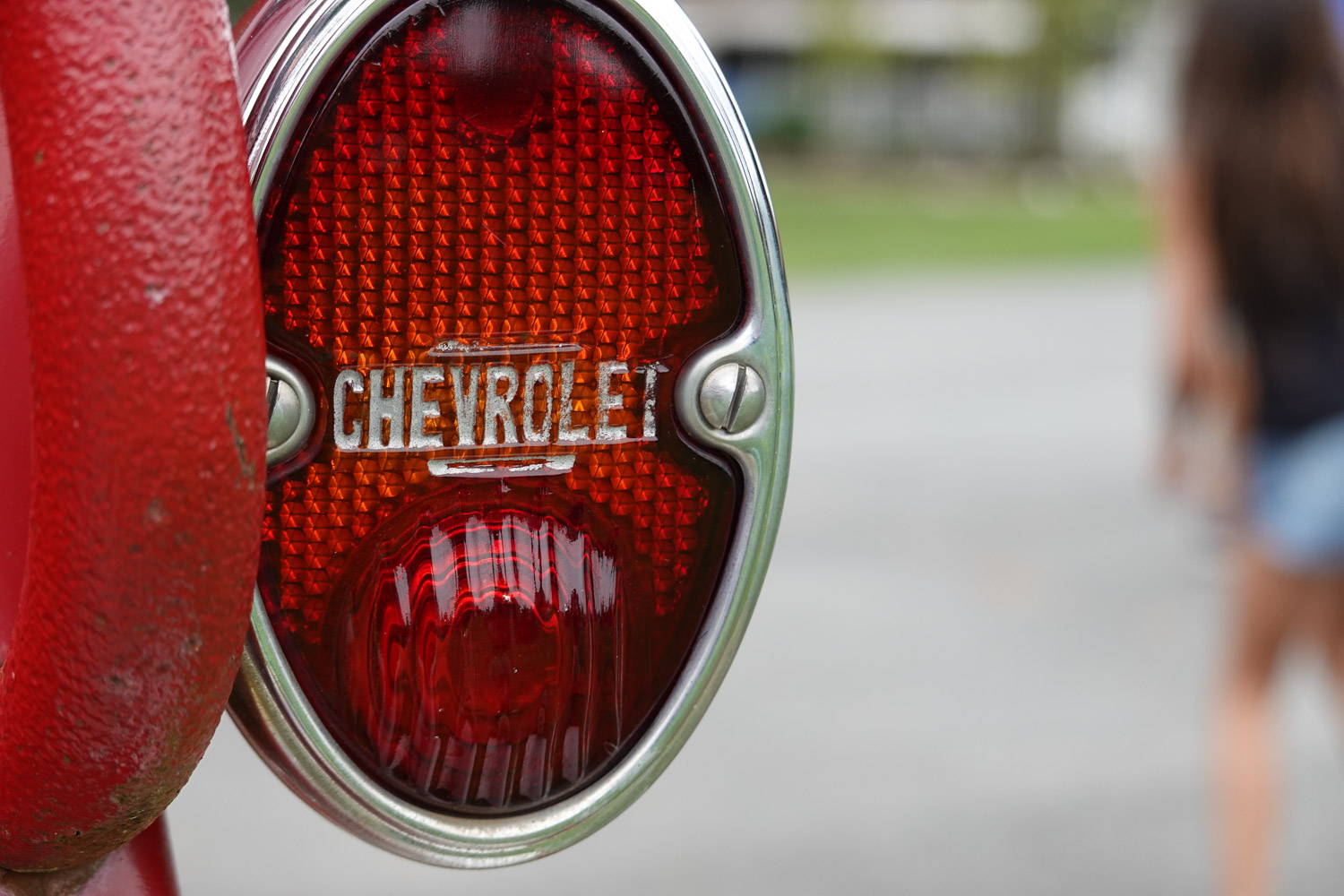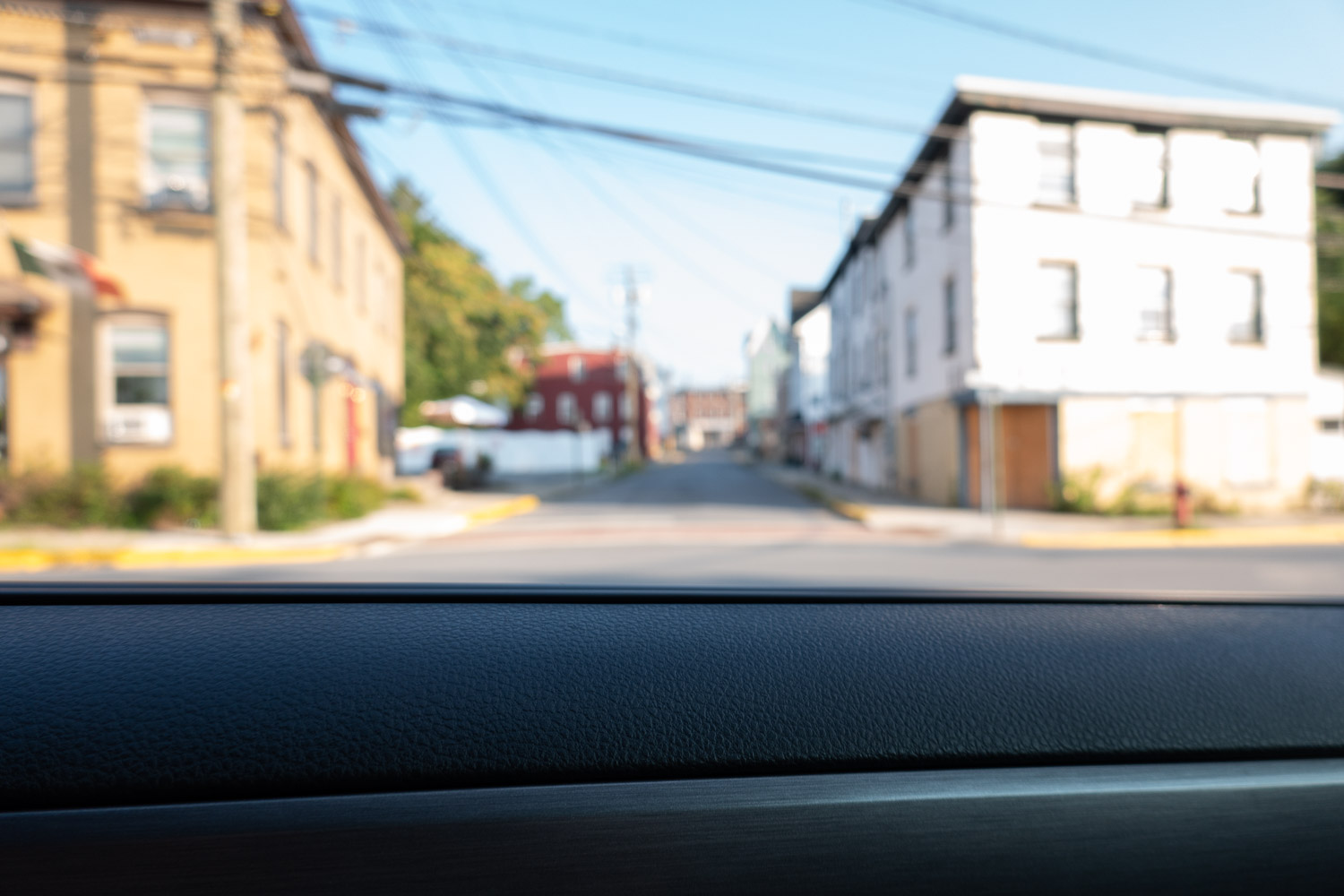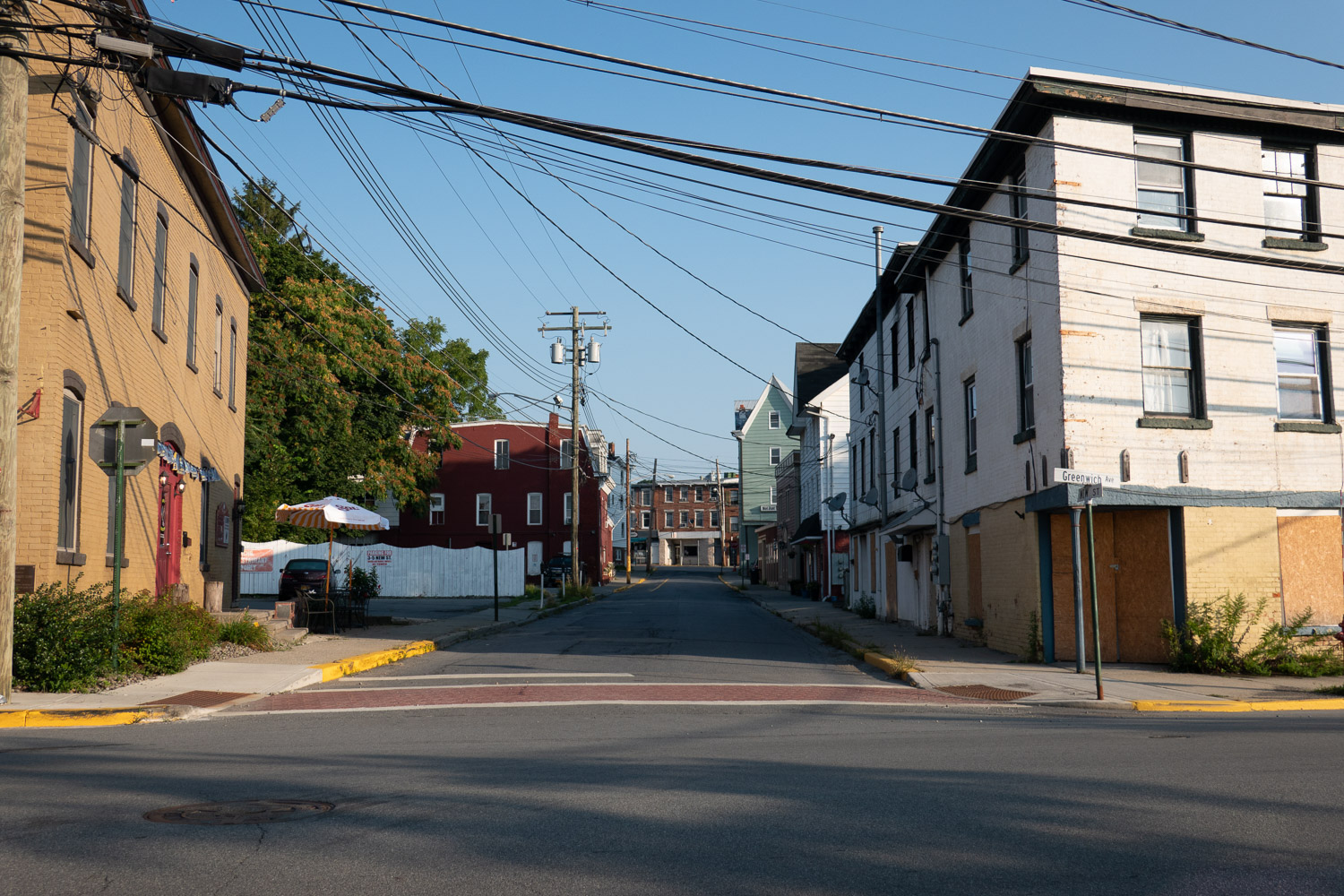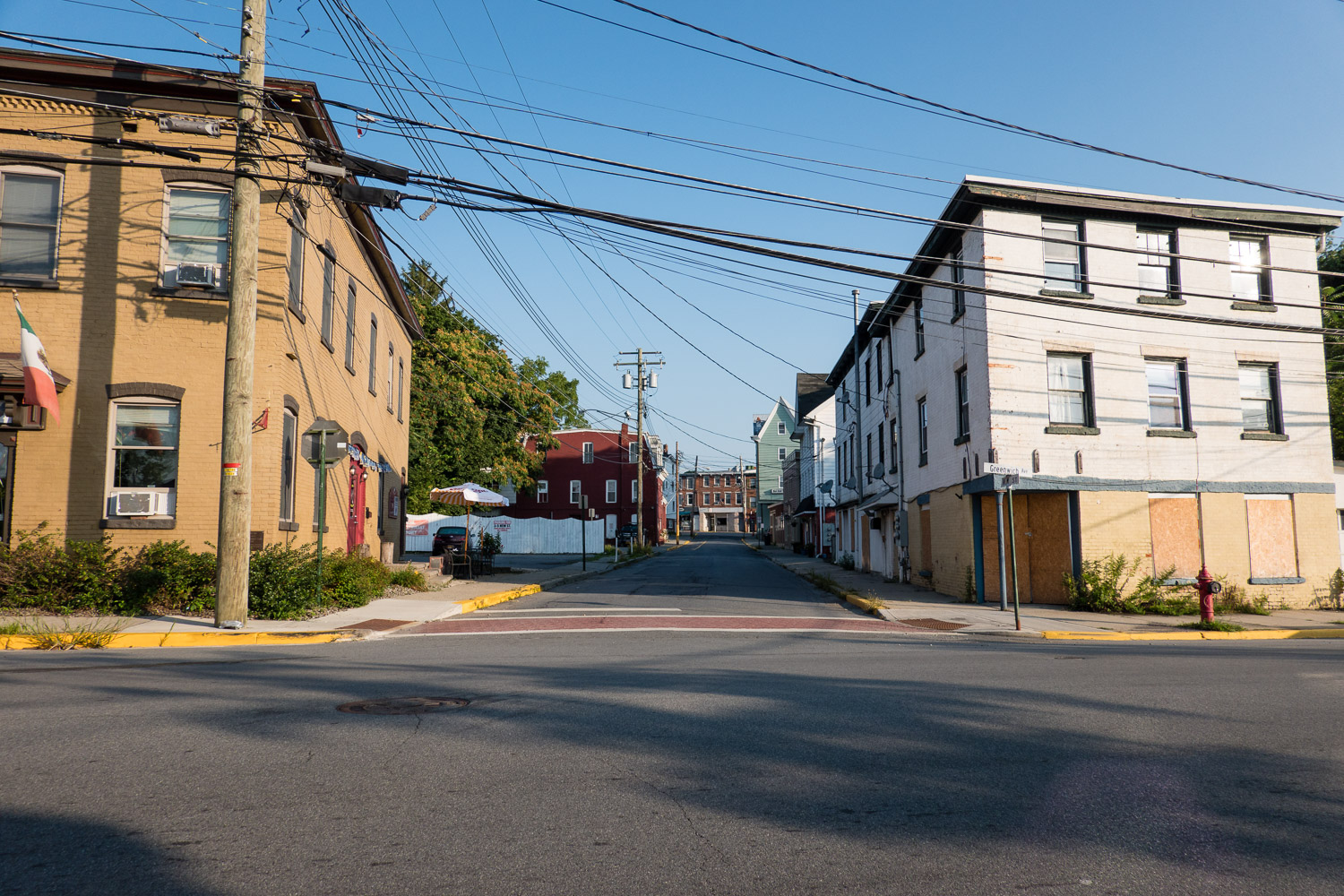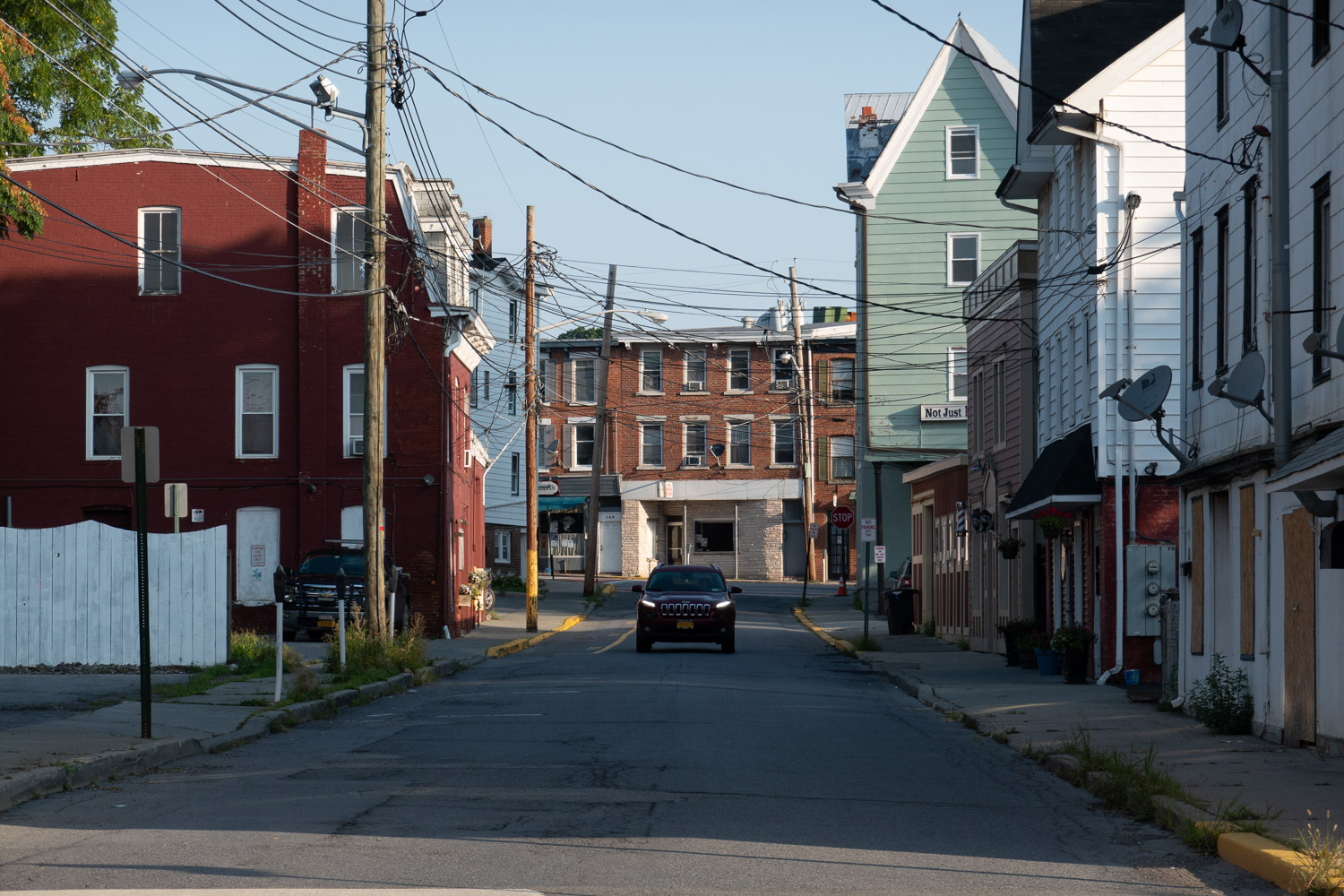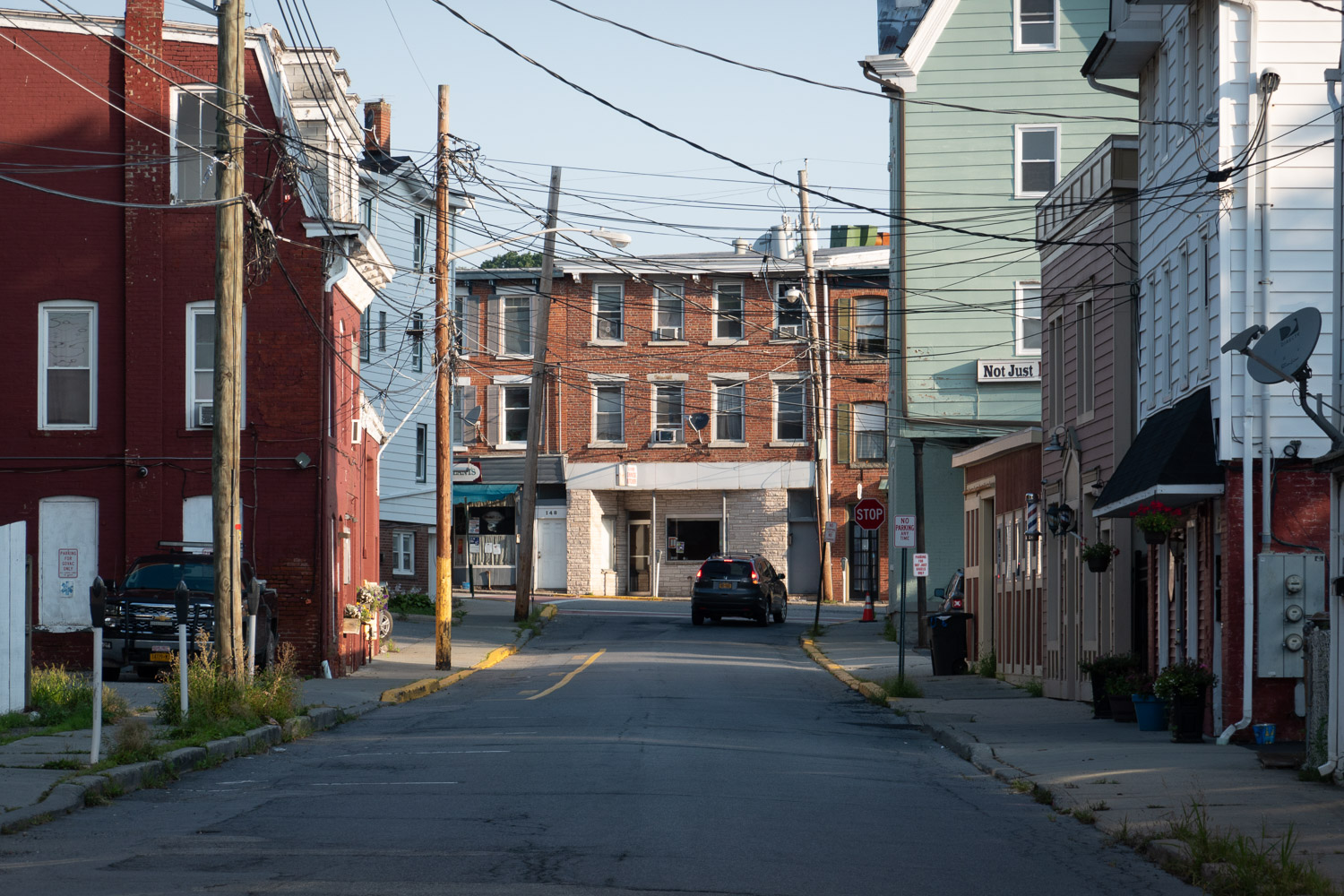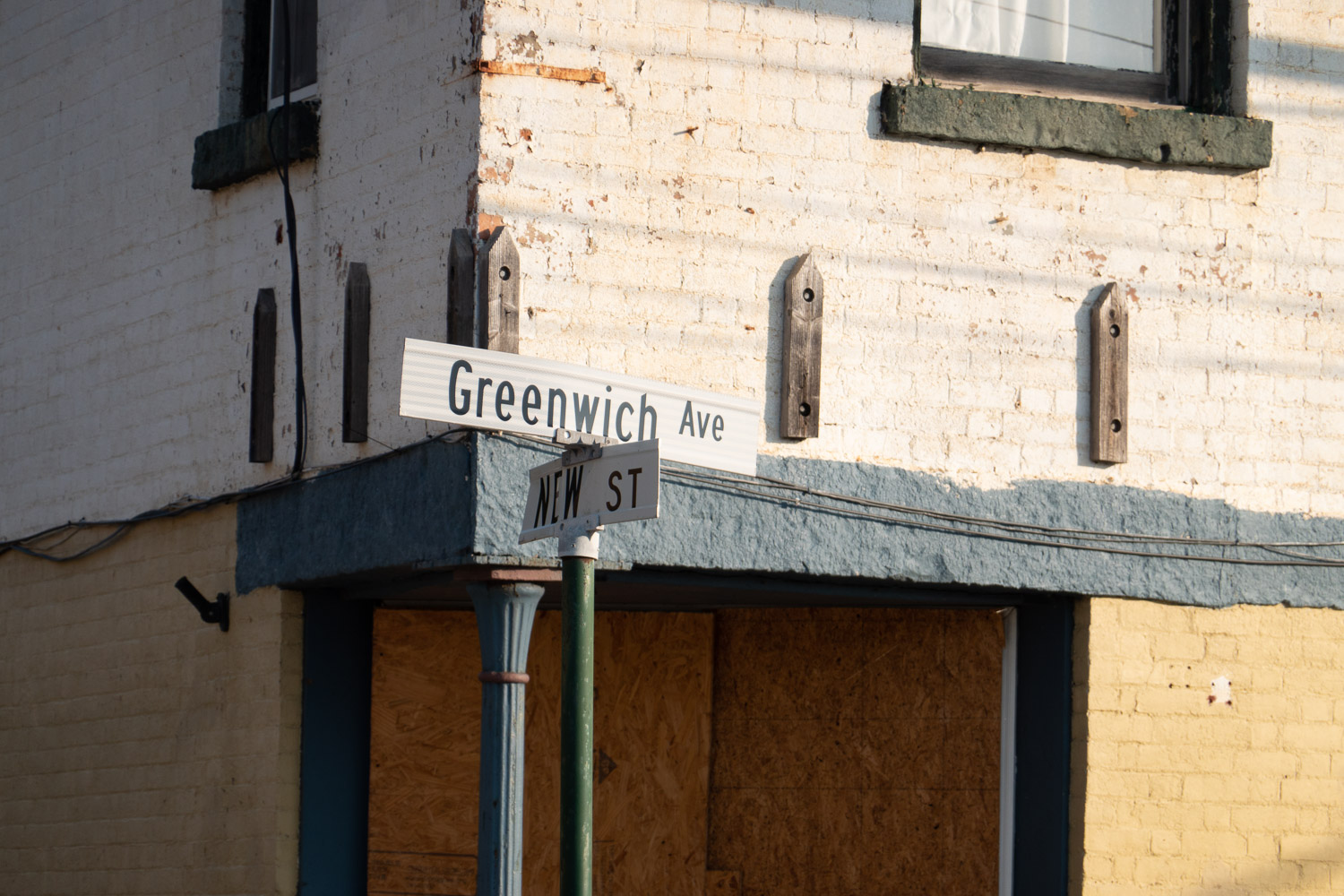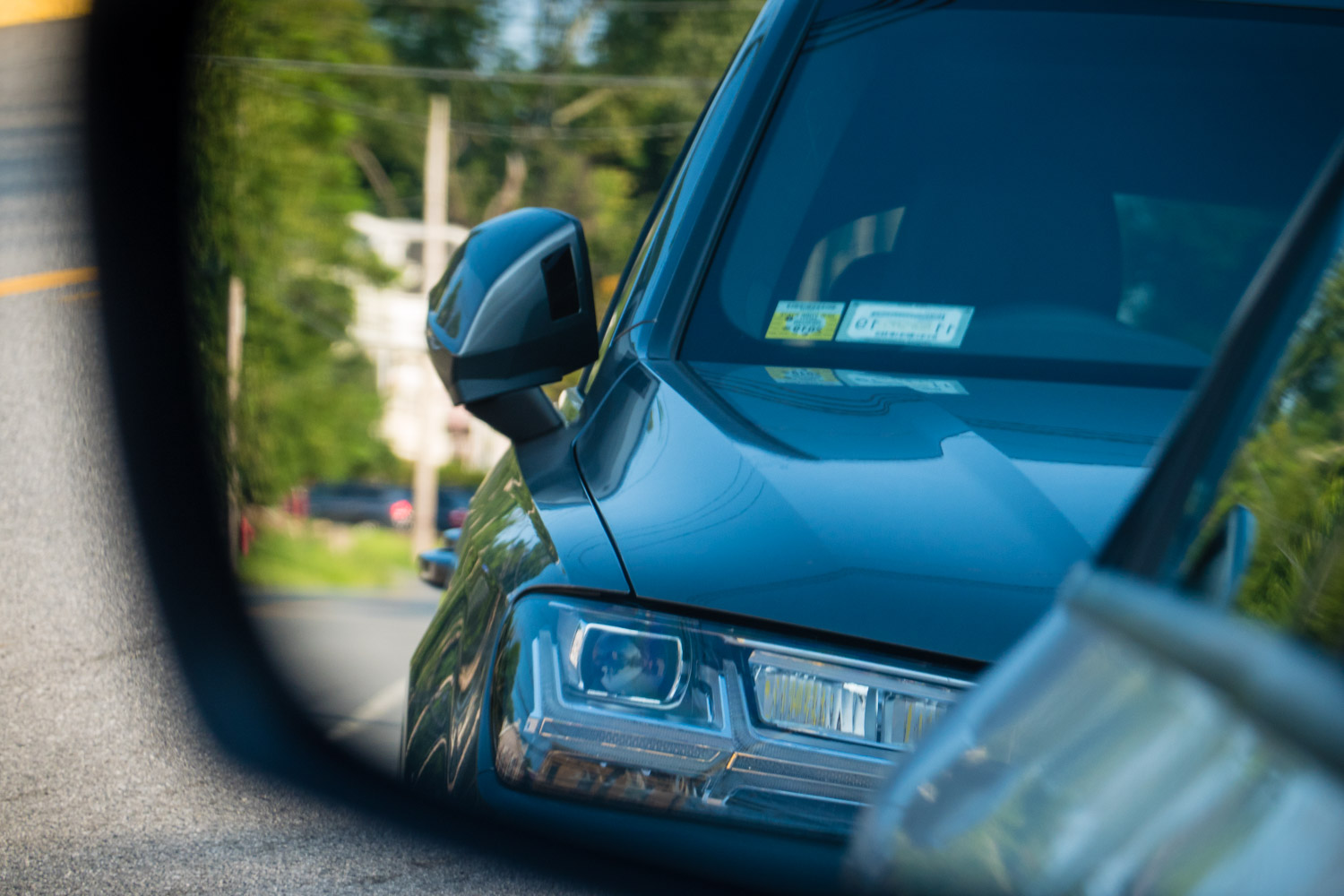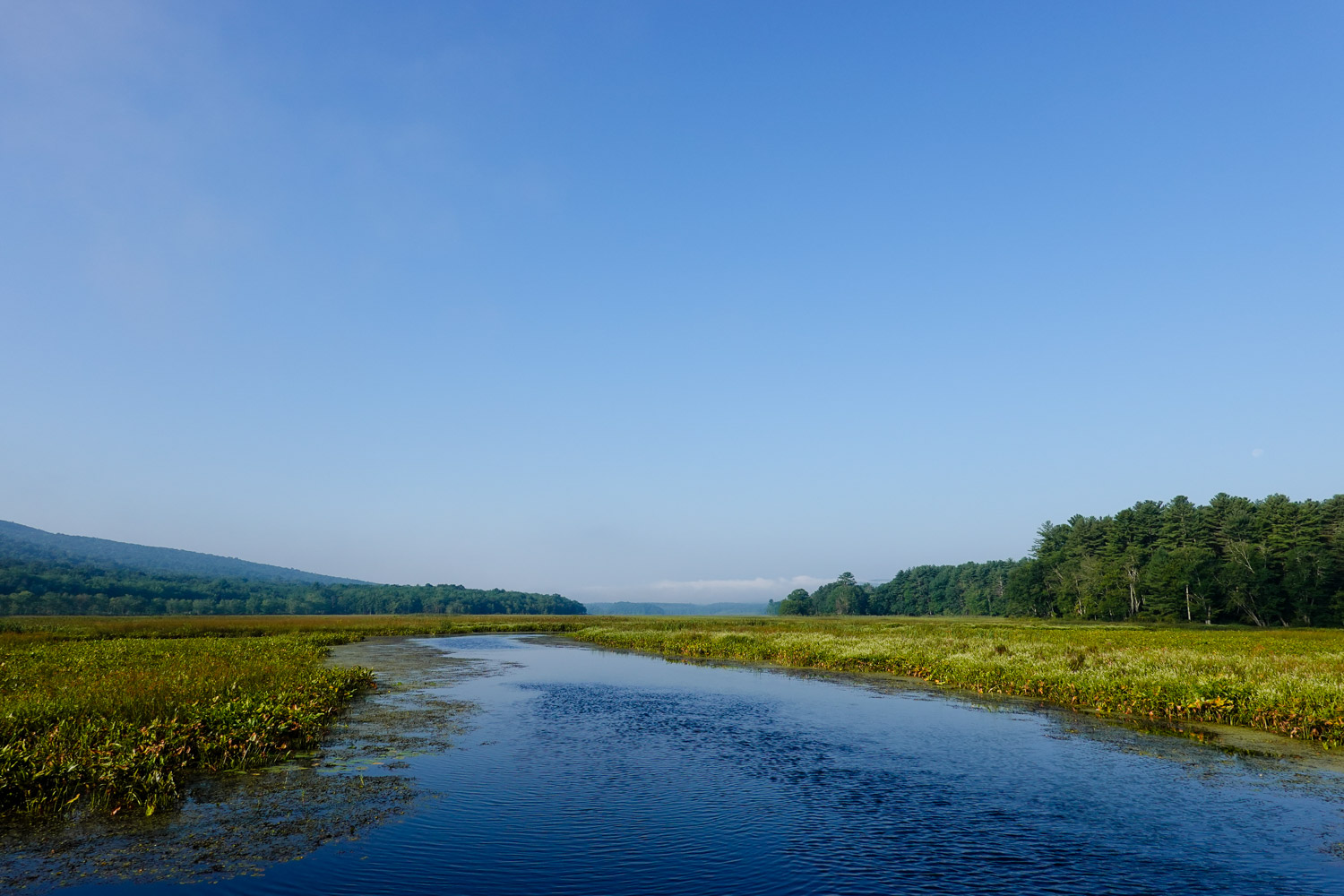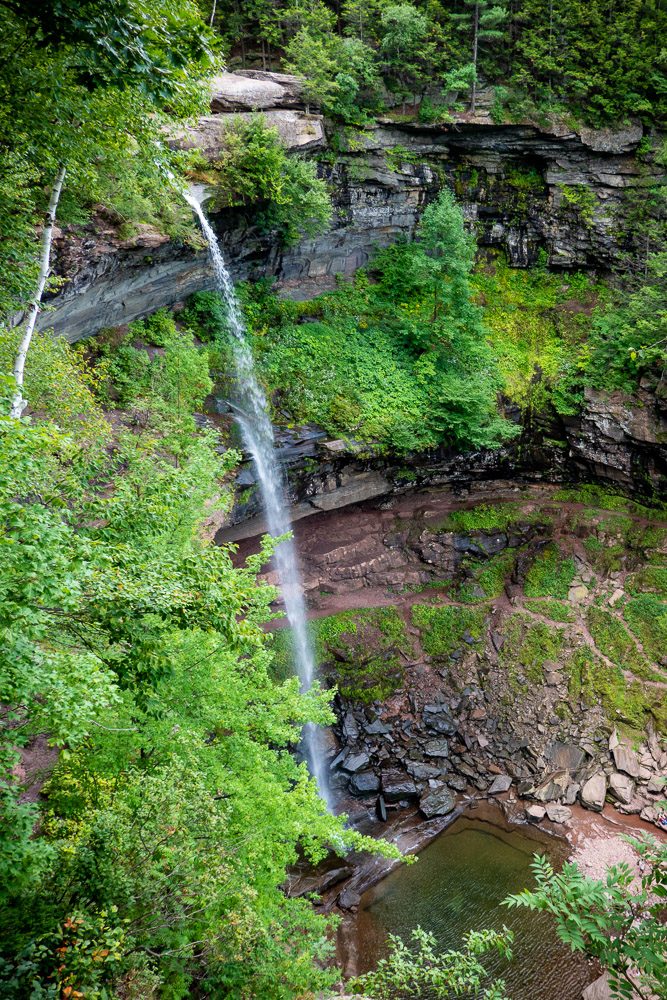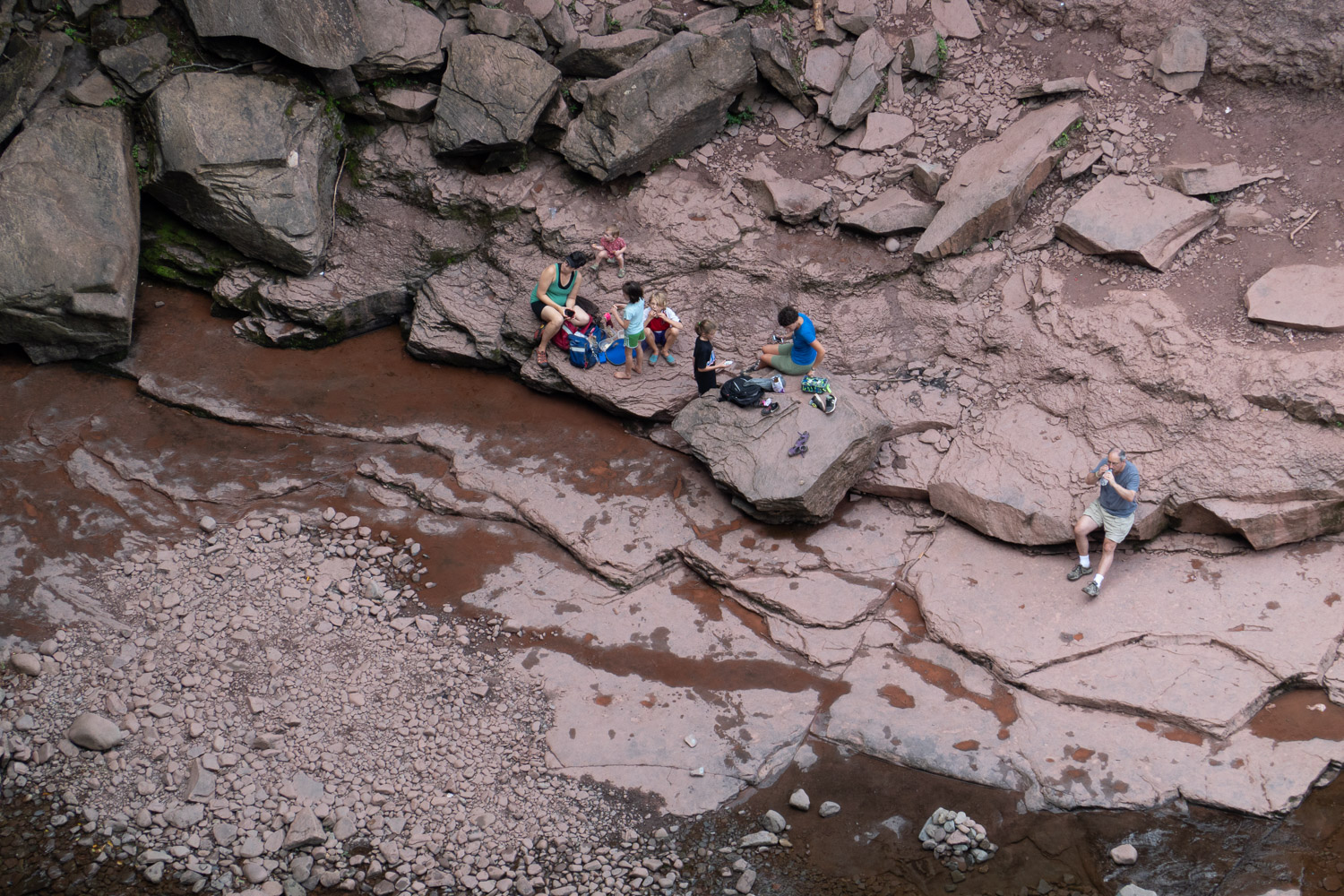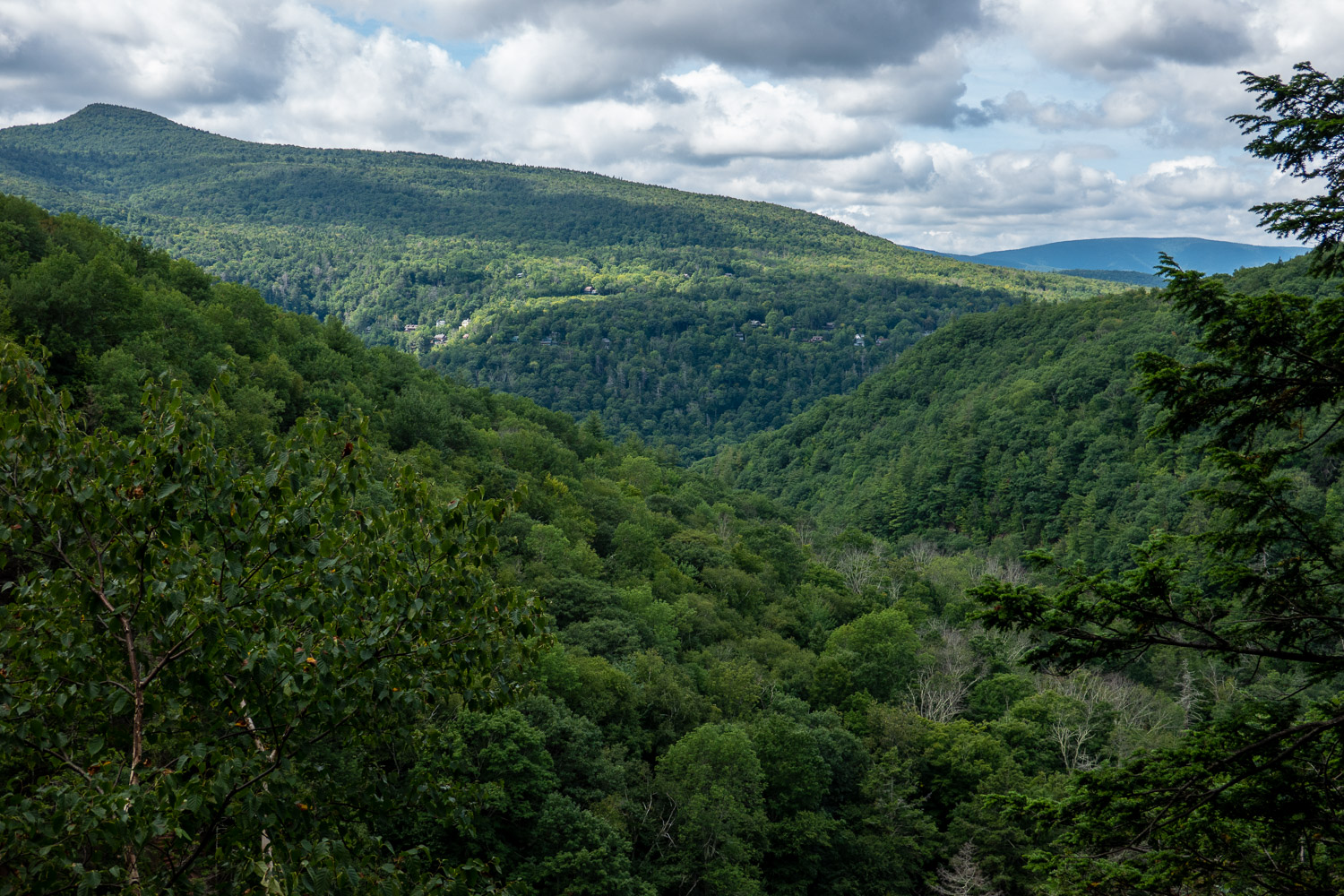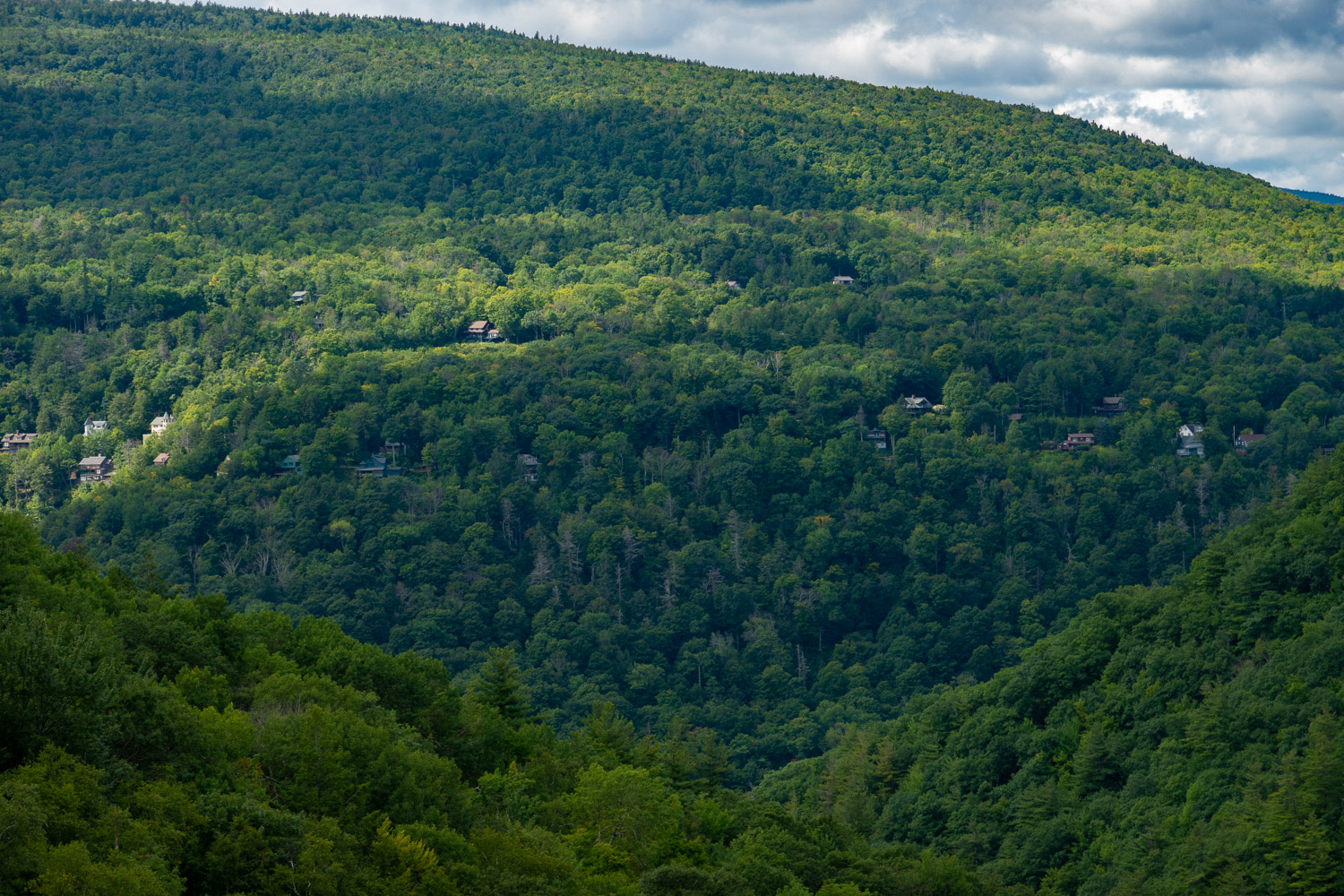In this Sony RX100 VI Review I will cover everything you need to know from a real world perspective and using the lab for some of that critical default testing.
The Sony RX100 VI offers a 24-200mm effective optical range while maintaining almost the same ultra compact camera body size. The Sony RX100 VI also offers a new sensor which has 315 hybrid AF points making it way better for action photography subject tracking in video mode. The camera also features a new refined pop-up viewfinder that is easier to utilize and less cumbersome. In addition the RX100 VI also has more downward articulation and a touchscreen!
The increased zoom over the 24-70mm found on the previous generation RX100 VA is significant. It also offers a touchscreen which is really nice and great for video in particular when you want to change focus while recording for a nice transition effect.
The lens on the RX100 VI is a bit slower though with a f/2.8-f/4.5 variable aperture range from wide to telephoto. Therefore the RX100 VI is not going to perform quite as good as the faster RX100 VA in low light due to the approximate 1 stop slower optics… However, it will certainly be more than good enough in the real world based on all the testing I have done.
With this new effective 24-200mm lens zoom range, the RX100 VI now offers the user way more photo/ composition opportunities. In addition, with video you can now really get some compelling zoom in and out effects, impressive depth of field control, and killer focus sweeps!!
Price point wise, the RX100 VI is going for $1198 US, and that is a lot of money! Sony is really making you pay for that super small form factor, power, build and output quality. Considering what else you could buy for that money, you really need to be one of those people demanding the best and requiring the smallest possible form factor while still being fairly easy to use overall.
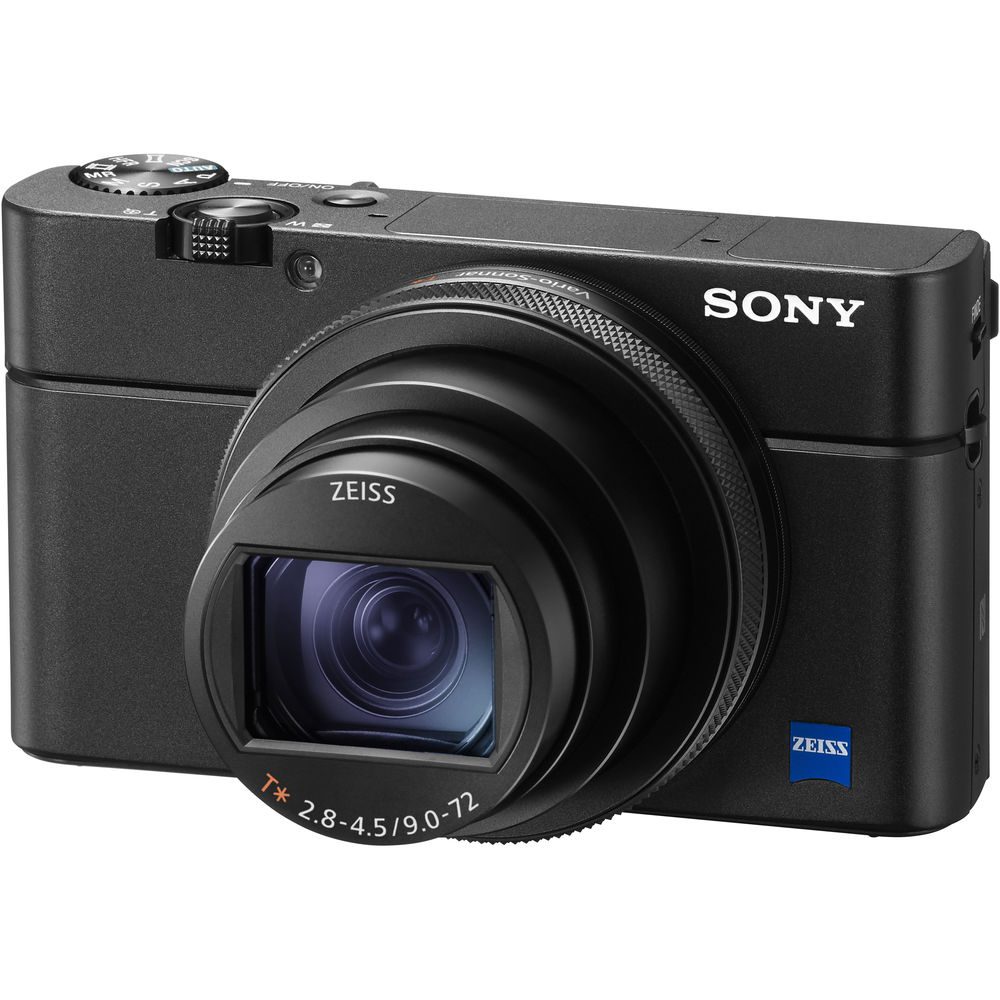
For example, now this camera can be used on the sidelines at games, the kids play, a concert, and it can actually get good well framed captures of your given subject. You can’t really smuggle in a large pro camera to shows anymore, but this little beast is easily overlooked as a pro quality unit by security. I know a lot of Pro’s that have this camera for exactly that reason.
In my opinion, the RX100 series cameras are great for vacation, family functions, nights on the town with friends, and for just having on hand all the time. The quality is so much better than a cell phone for example… Also, when carrying much larger and heavier pro gear is not ideal or really warranted, the ultra compact RX100 series shines with its versatility, output quality, and overall power to size ratio. A pro photographers go to camera for the ultra compact pocketable needs!
Sony RX100 VI – Key Features:
- 20.1MP 1″ Exmor RS BSI CMOS Sensor
- BIONZ X Image Processor & Front-End LSI
- ZEISS Vario-Sonnar T* f/2.8-4.5 Lens
- 24-200mm (35mm Equivalent)
- UHD 4K30p Video with HLG & S-Log3 Gammas
- HFR Mode for Full HD Video up to 960 fps
- 0.39″ 2.36m-Dot OLED Pop-Up EVF
- 3.0″ 921.6k-Dot 180° Tilting Touchscreen
- Fast Hybrid AF System with 315 Points
- ISO 12800 and 24 fps Continuous Shooting
- Weight = 10.62 oz / 301 g with battery and memory card
- Price = $1198 US
Anything Missing?
When comparing to the previous generation RX100 VA in particular, the RX100 VI is missing the built in ND filter which is disappointing. I really enjoy that feature for slowing the shutter speed down. This is awesome for video and also great for photography. I used that feature a lot on the RX100 VA when I wanted the water to have that extra silky smooth look.
Sony RX100 VI Camera Body Photos
Sony RX100 VI Review – Video Version
Sony RX100 VI – Beginners Guide – How To Use The Camera
If you are new to the Sony cameras and/or just got the Sony RX100 VI, then this video is for you!! In this tutorial style video I will show you how to use the camera and all of its various key features hands-on style. If you are looking to learn even more, then check out my How-To Video Tutorials Here. There I break down individual features in more detail using various Sony cameras, but they all work pretty much exactly the same so the camera model does not really matter that much.
Sony RX100 VI – Sample Photos
As usual I took a ton of sample photos in the real world and also the basic test shots in the lab for that baseline foundation. Lab photos first and be sure to click on the images for a larger version!
Lab Testing – Zoom Range Test, 9-72mm = 24-200mm Effective
Lab Testing – Minimum Focus Distance Test @ 9mm & 72mm
The purpose of this test is so you can see just how close you can get to a subject when at the 24mm effective 9mm and then at the 200mm effective 72mm. Note that the lens is a variable aperture, so at 9mm you are looking at an f/2.8 aperture and at 72mm you are looking at f/4.5
Lab Testing – MFD, RX100 VA vs RX100 VI
In this quick minimum focus distance comparison I wanted to show you the difference between the Sony RX100 VI and Sony RX100 VA. The Sony RX100 VA has a 5cm minimum focus distance and a faster f/1.8 max aperture while the RX100 VI has a 8cm minimum focus distance and f/2.8 max aperture.
The results are very noticable and based off this lab test you can clearly see the RX100 VA is a better option for close-up macro style photography when comparing the two cameras. The background separation is also way more pleasing to the eye on the RX100 VA in my opinion. The faster f/1.8 aperture also makes the RX100 VA better for low light situations by allowing the ISO levels to be lower in equal lighting conditions. Check out my Sony RX100 VA Review Here >>
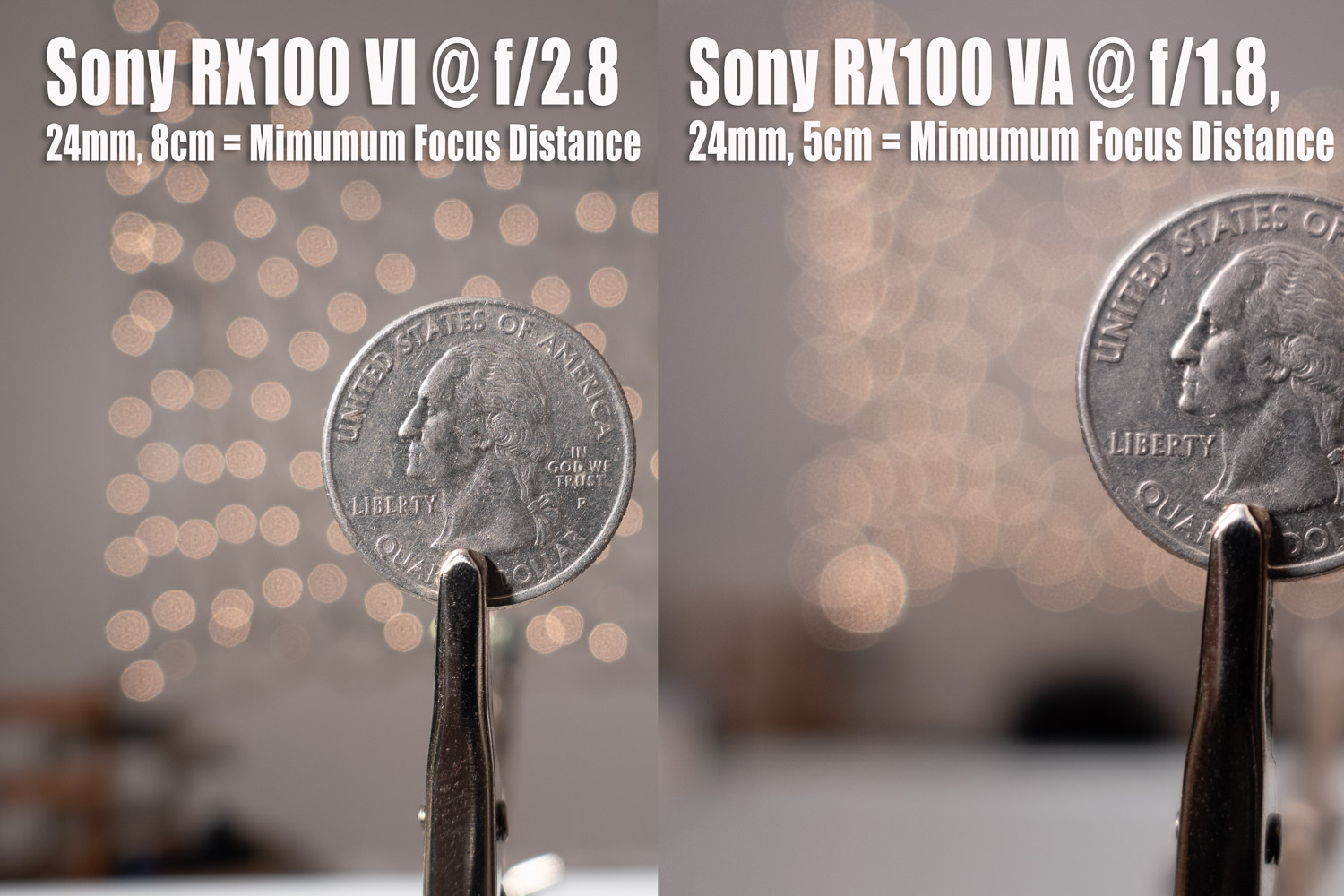
Sony RX100 VI – ISO Testing, Raw Quality
The High ISO lab testing below illustrates just how good the Sony 1″ Exmor RS sensor really is, even at ISO 12,800 shooting Raw quality.
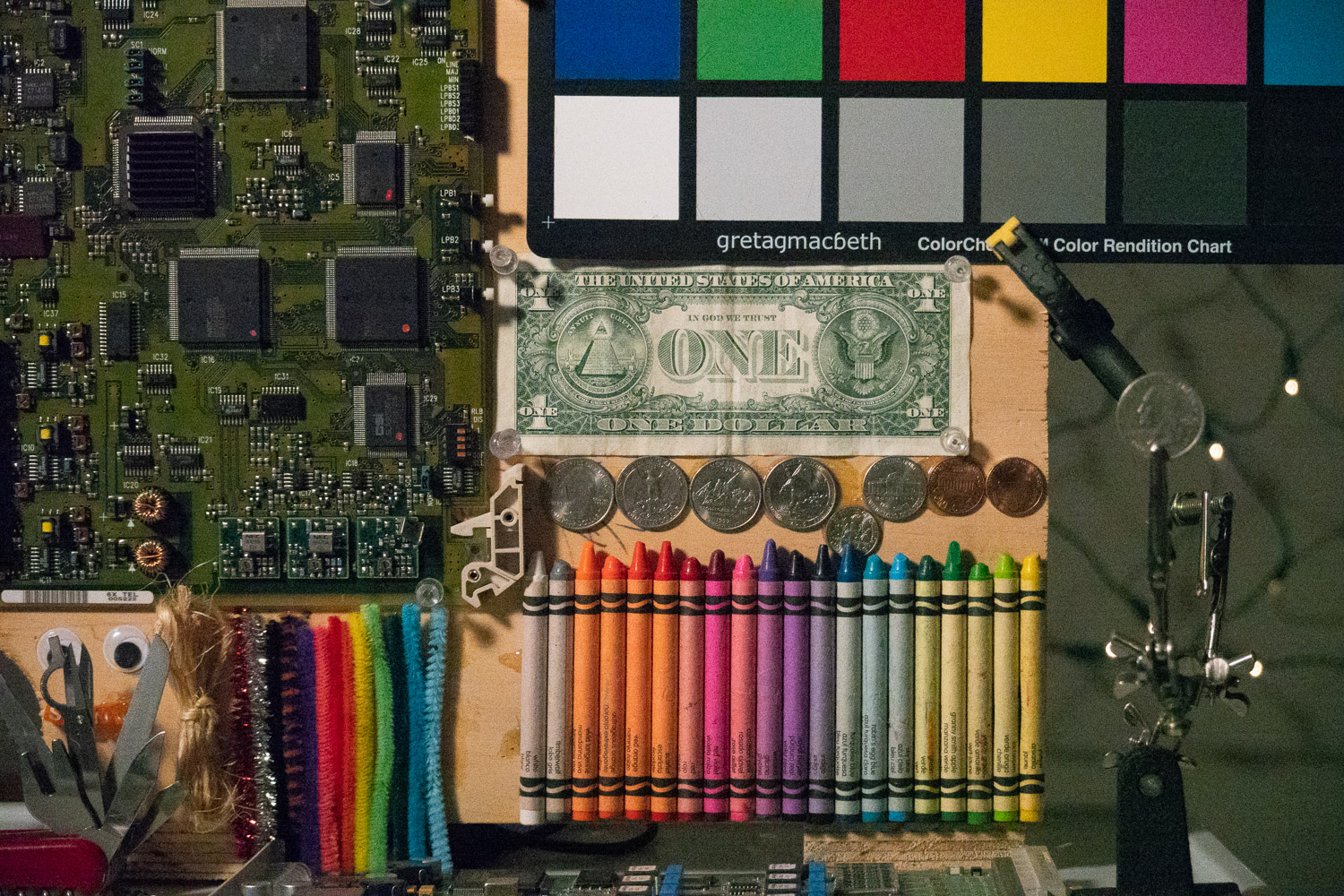
ISO 12800 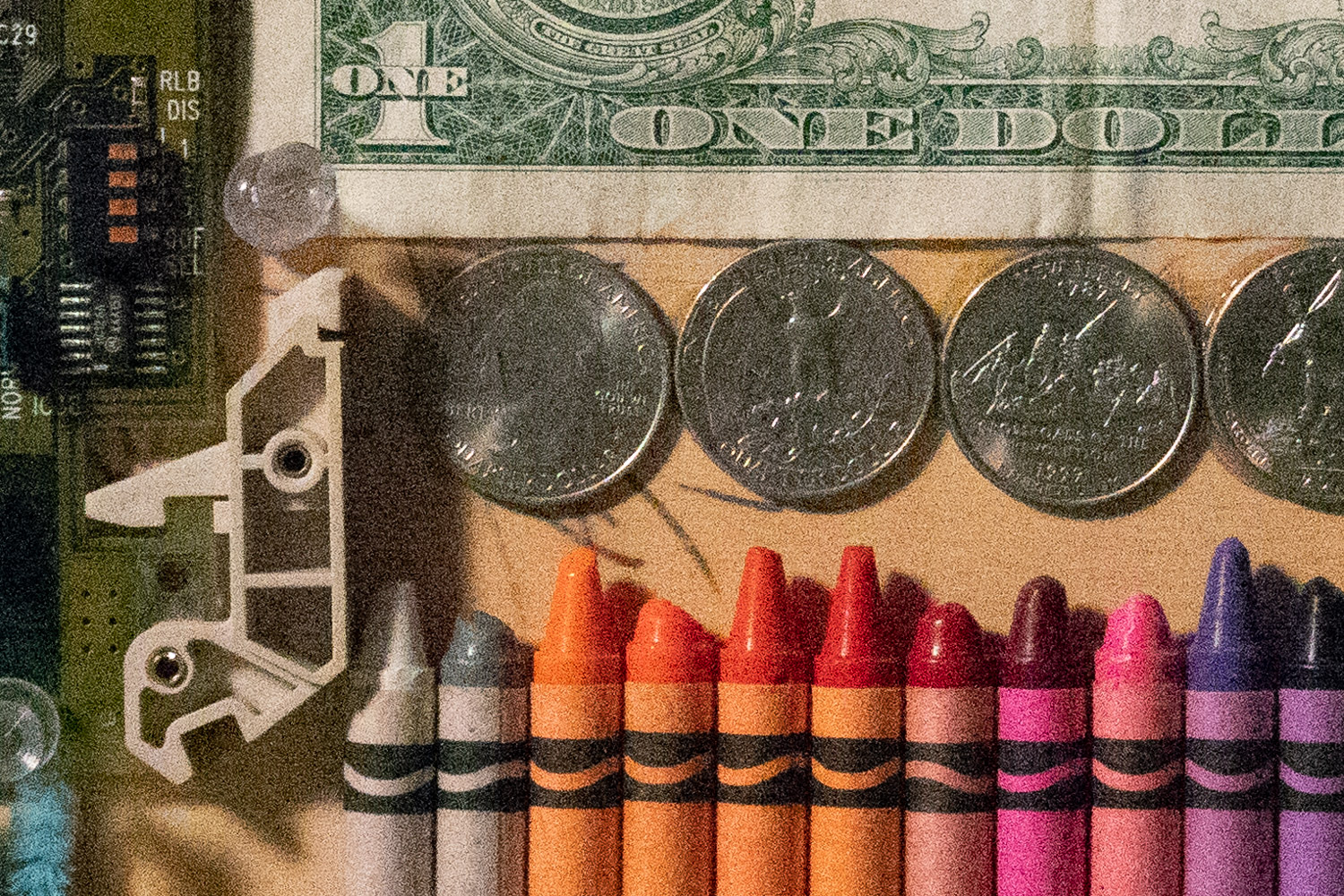
ISO 12800 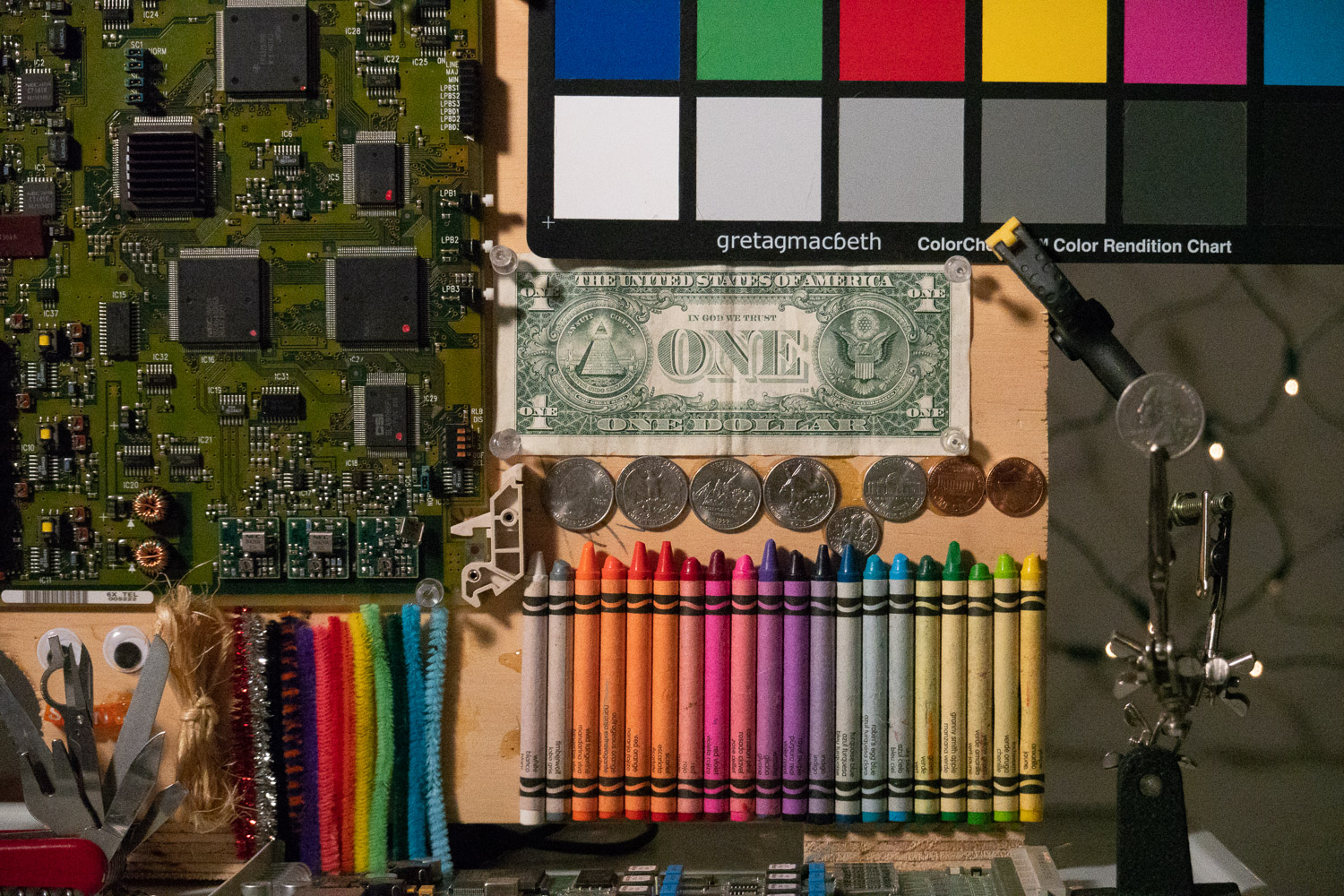
ISO 6400 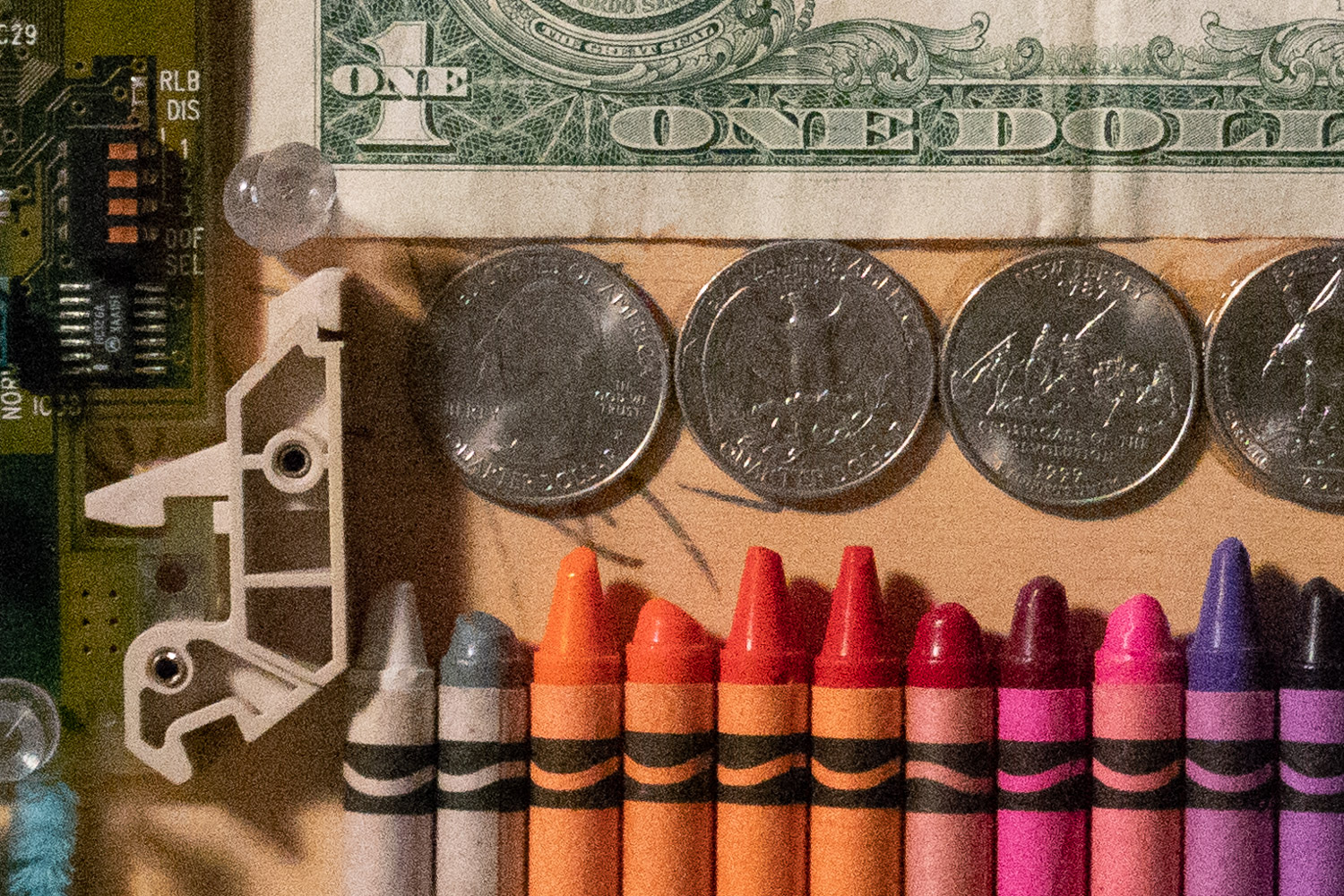
ISO 6400 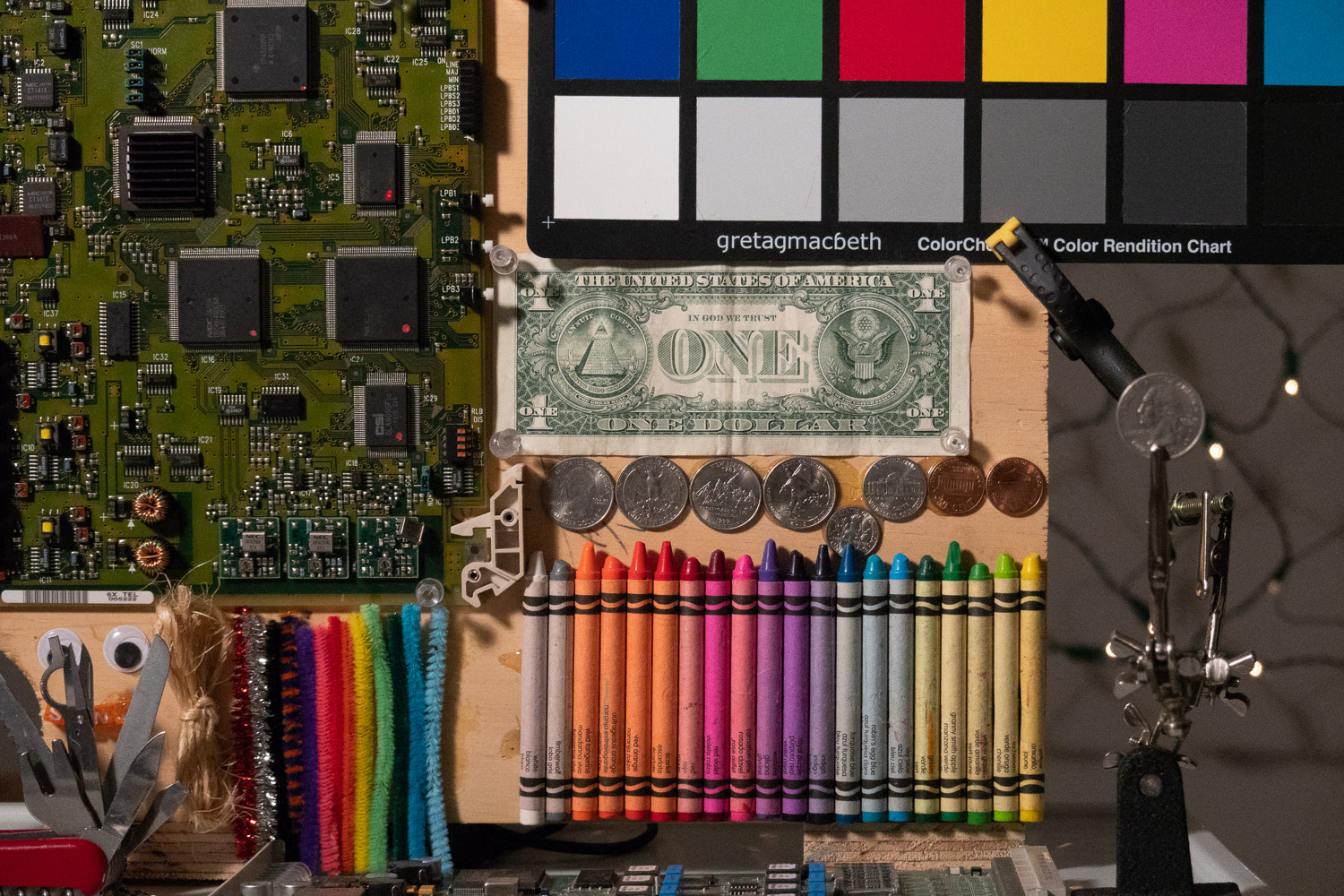
ISO 3200 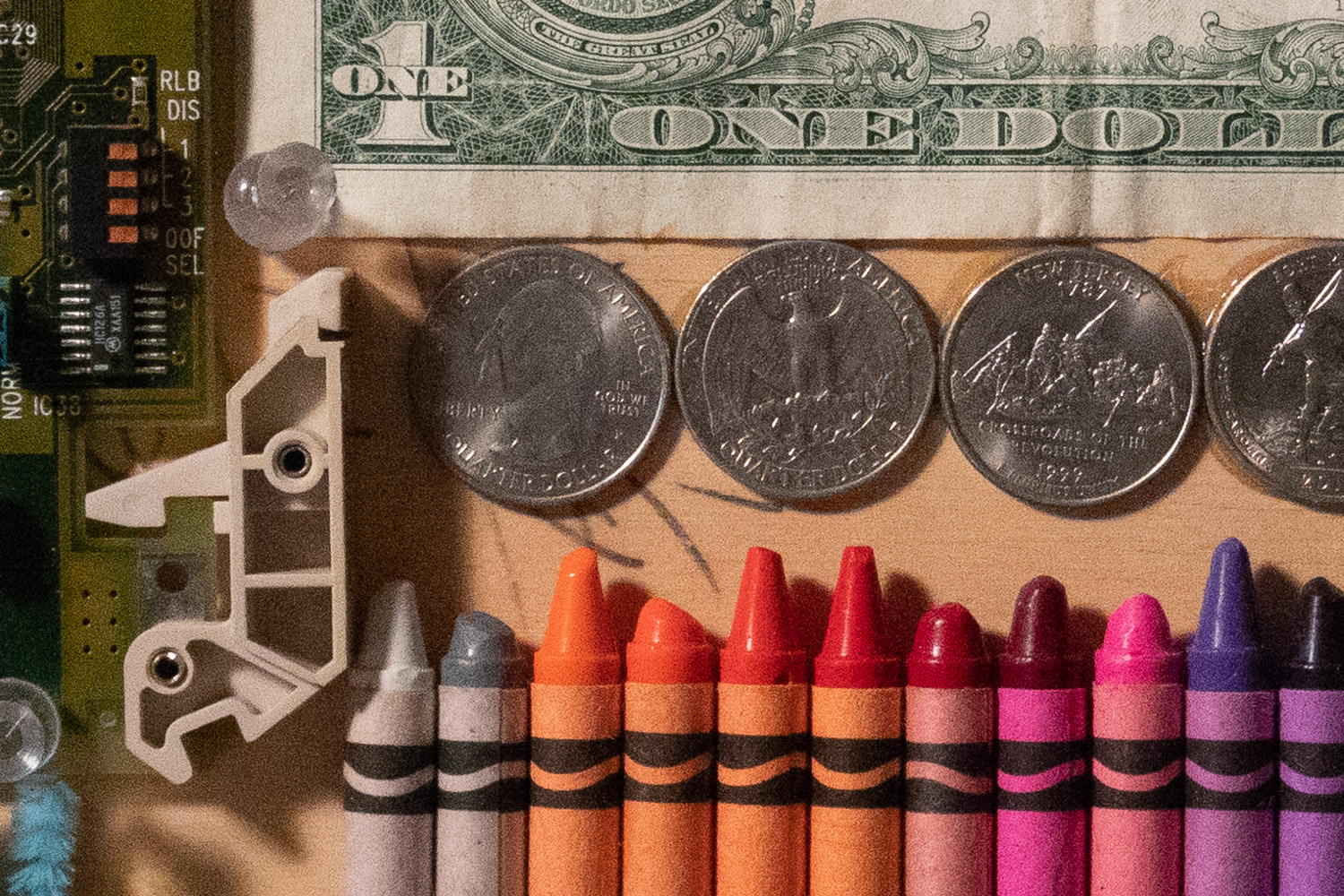
ISO 3200 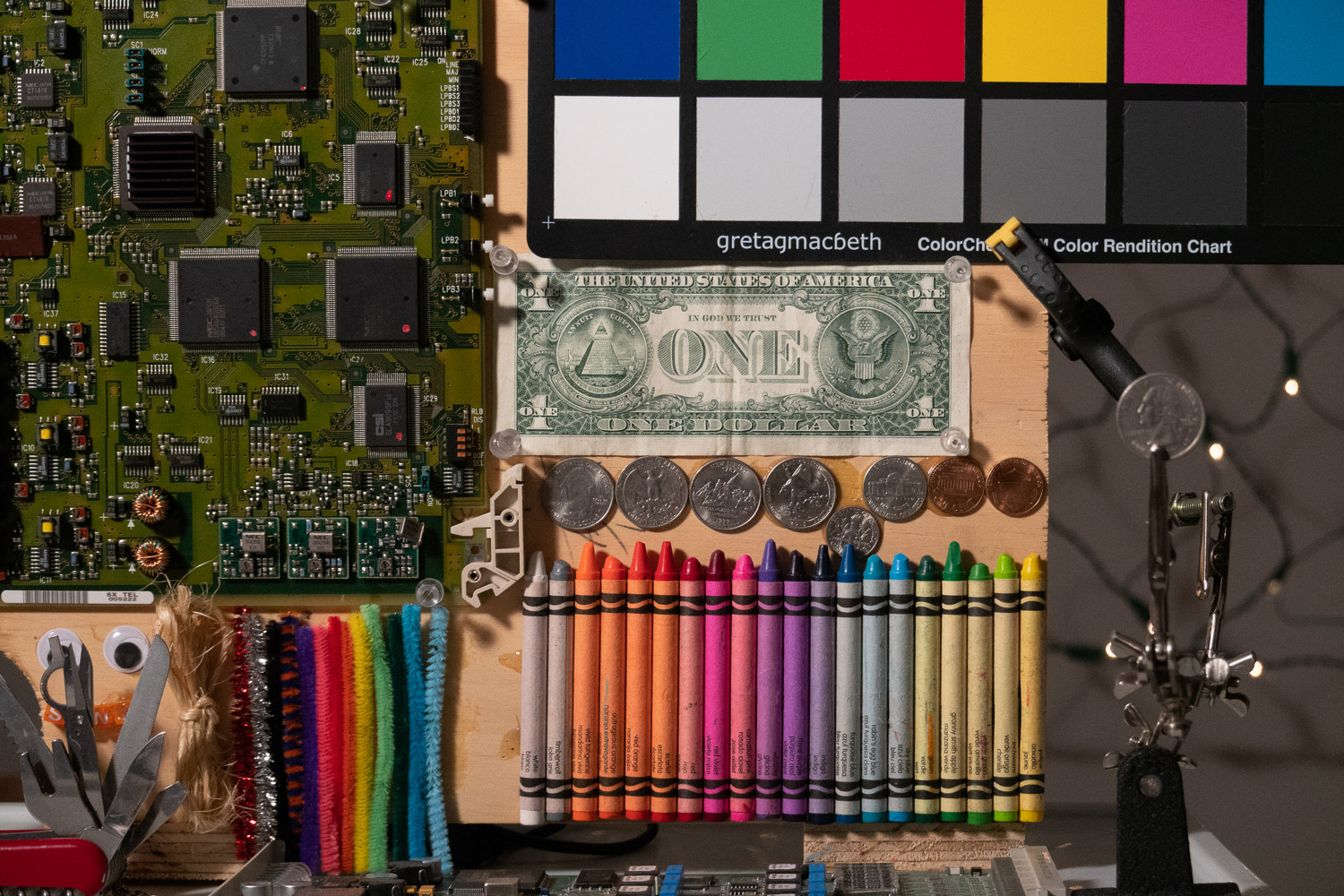
ISO 1600 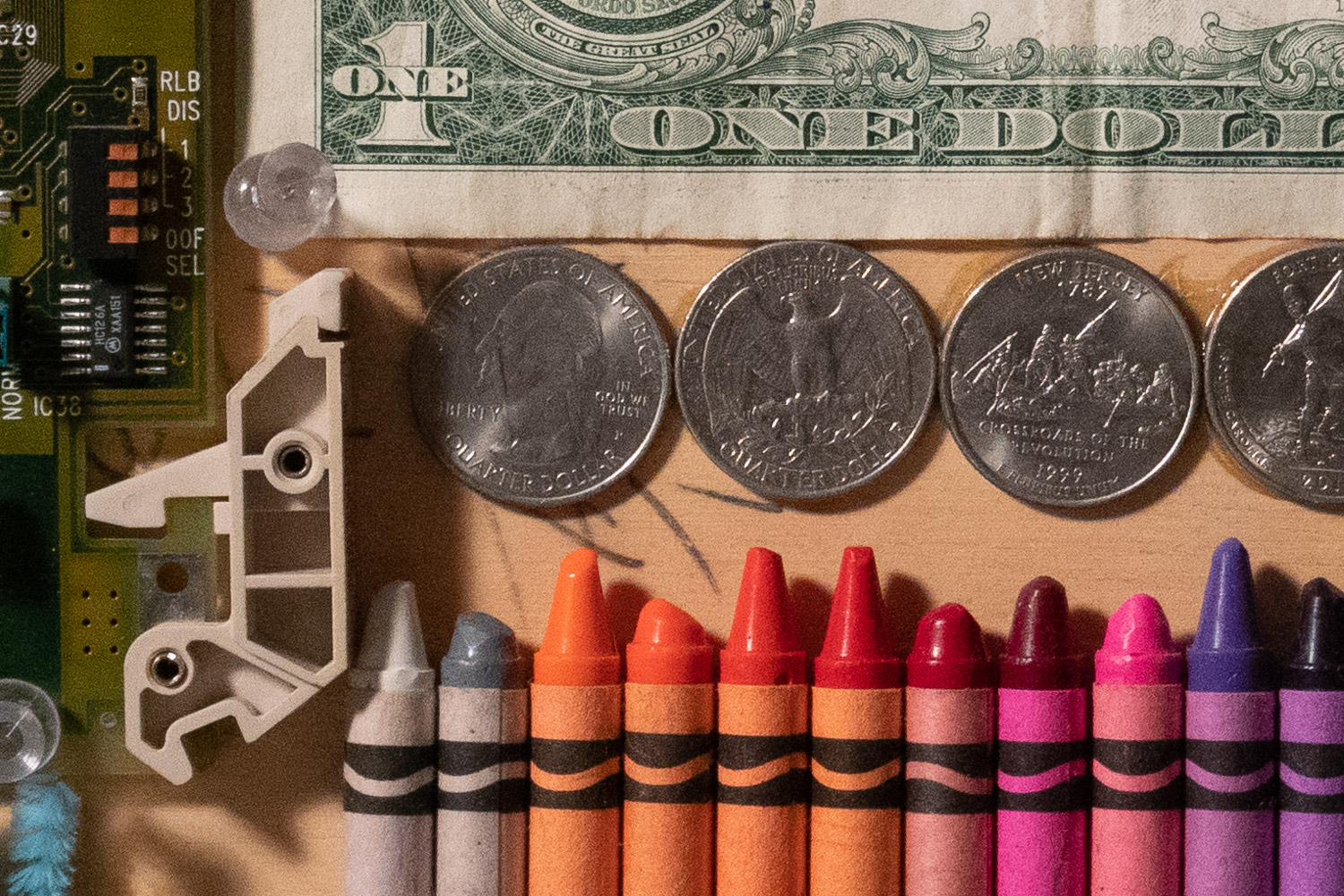
ISO 1600 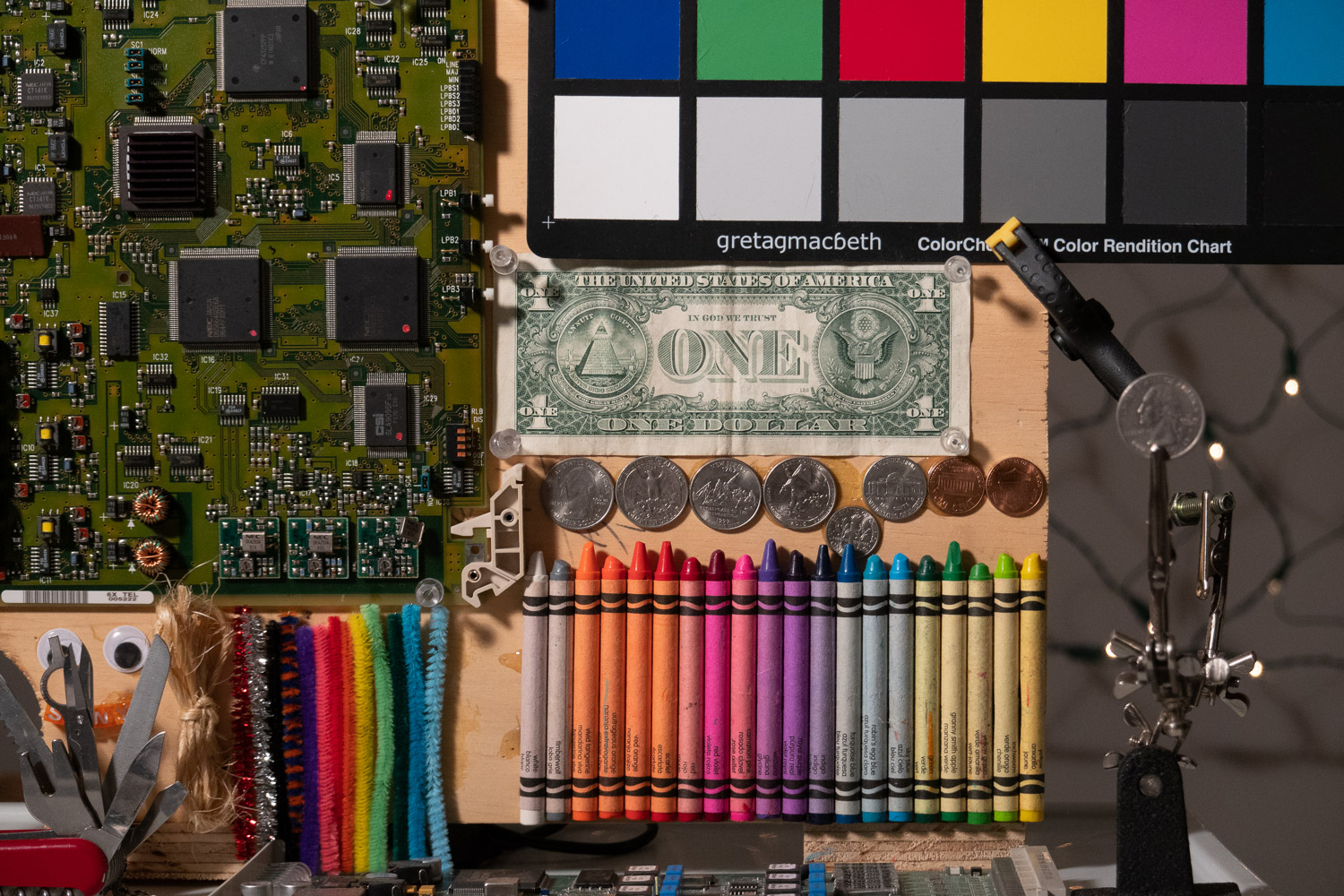
ISO 800 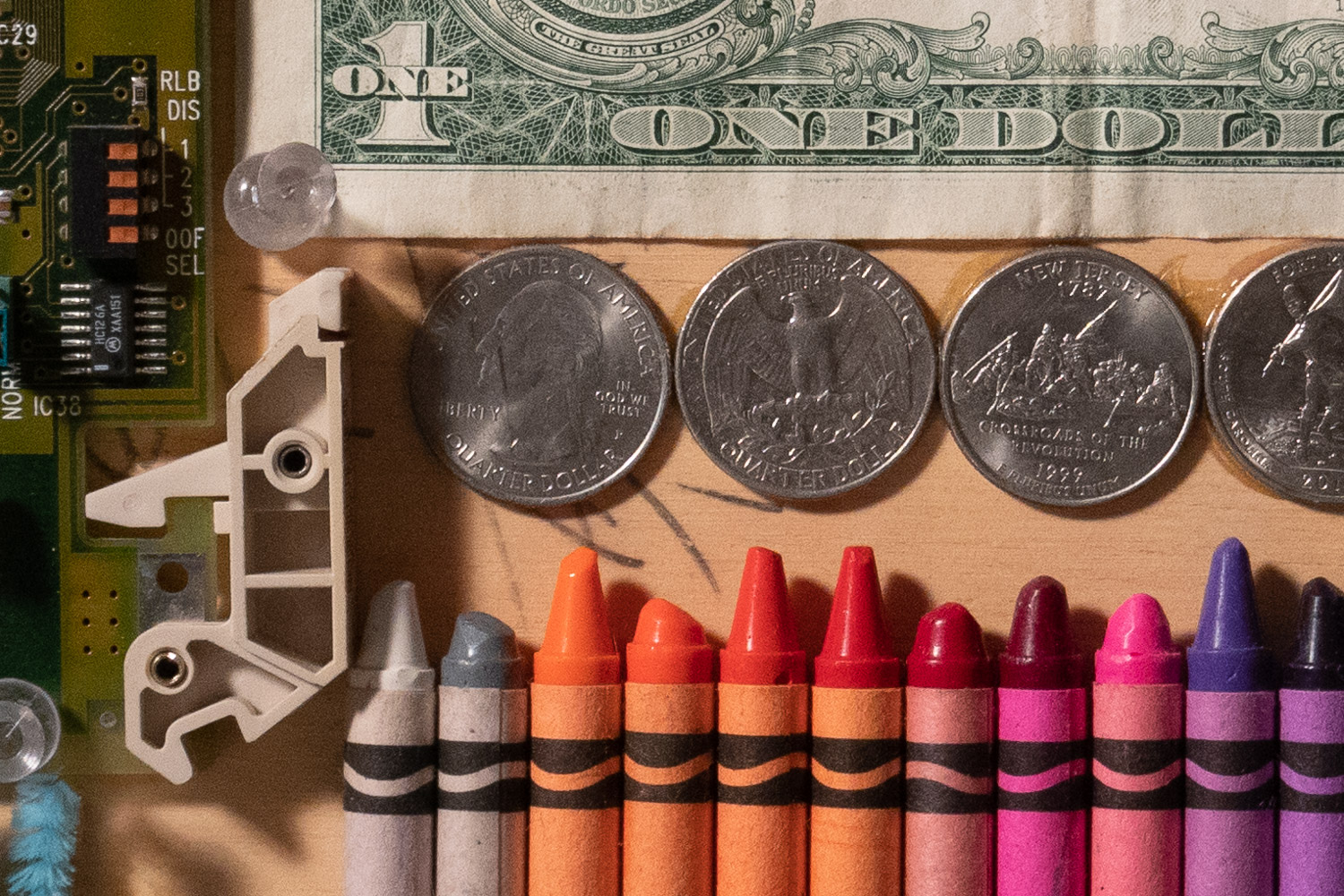
ISO 800 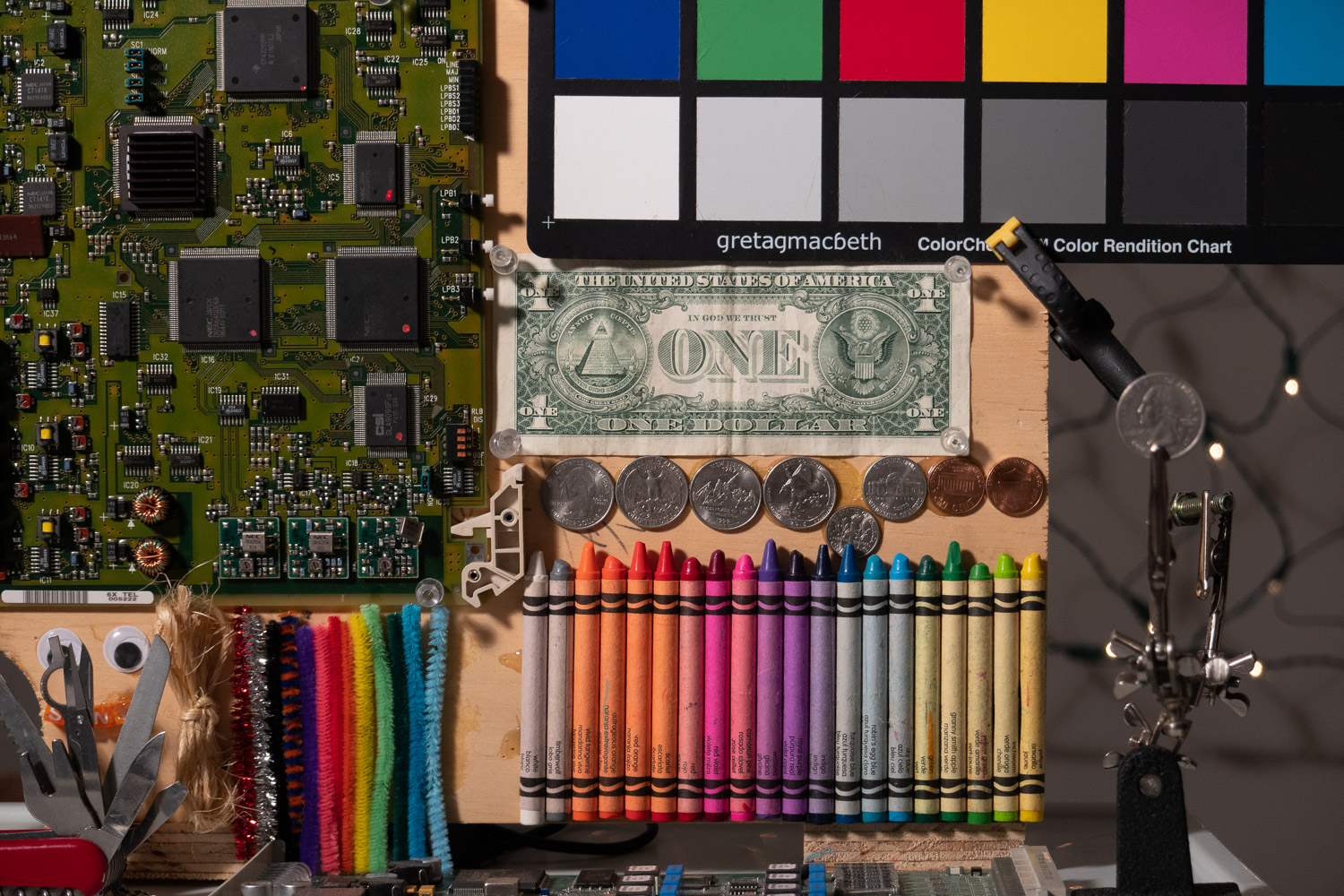
ISO 400 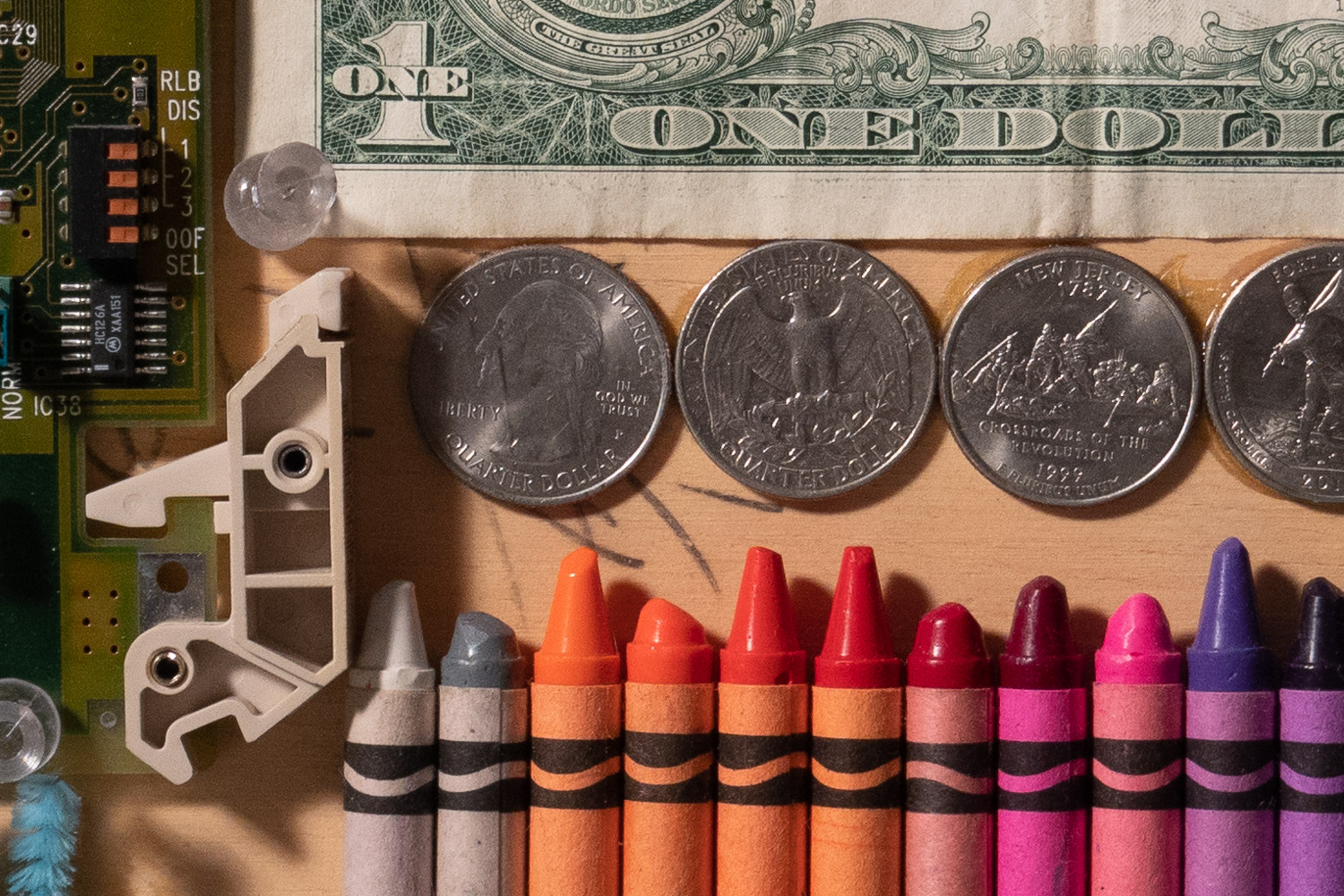
ISO 400 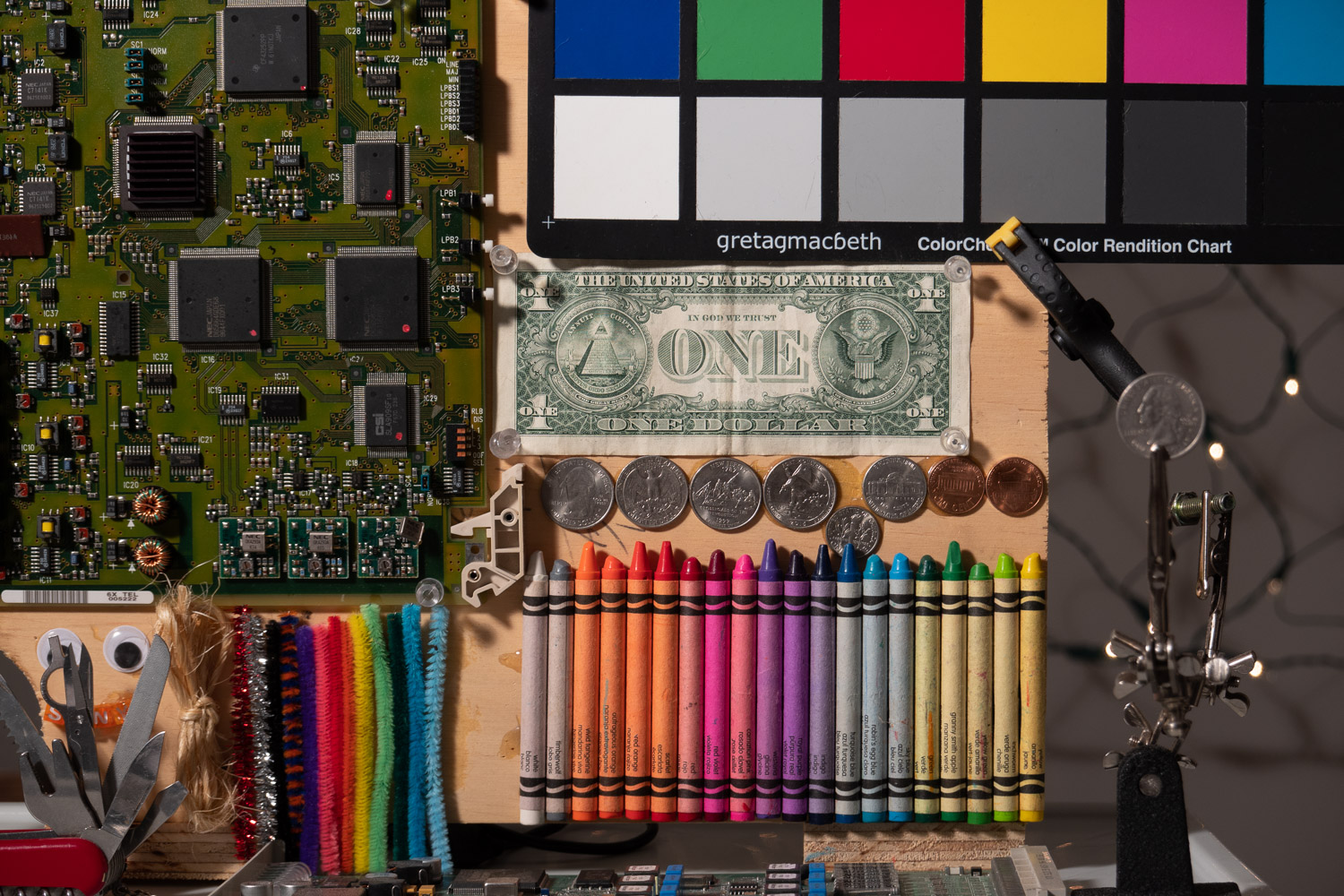
ISO 100 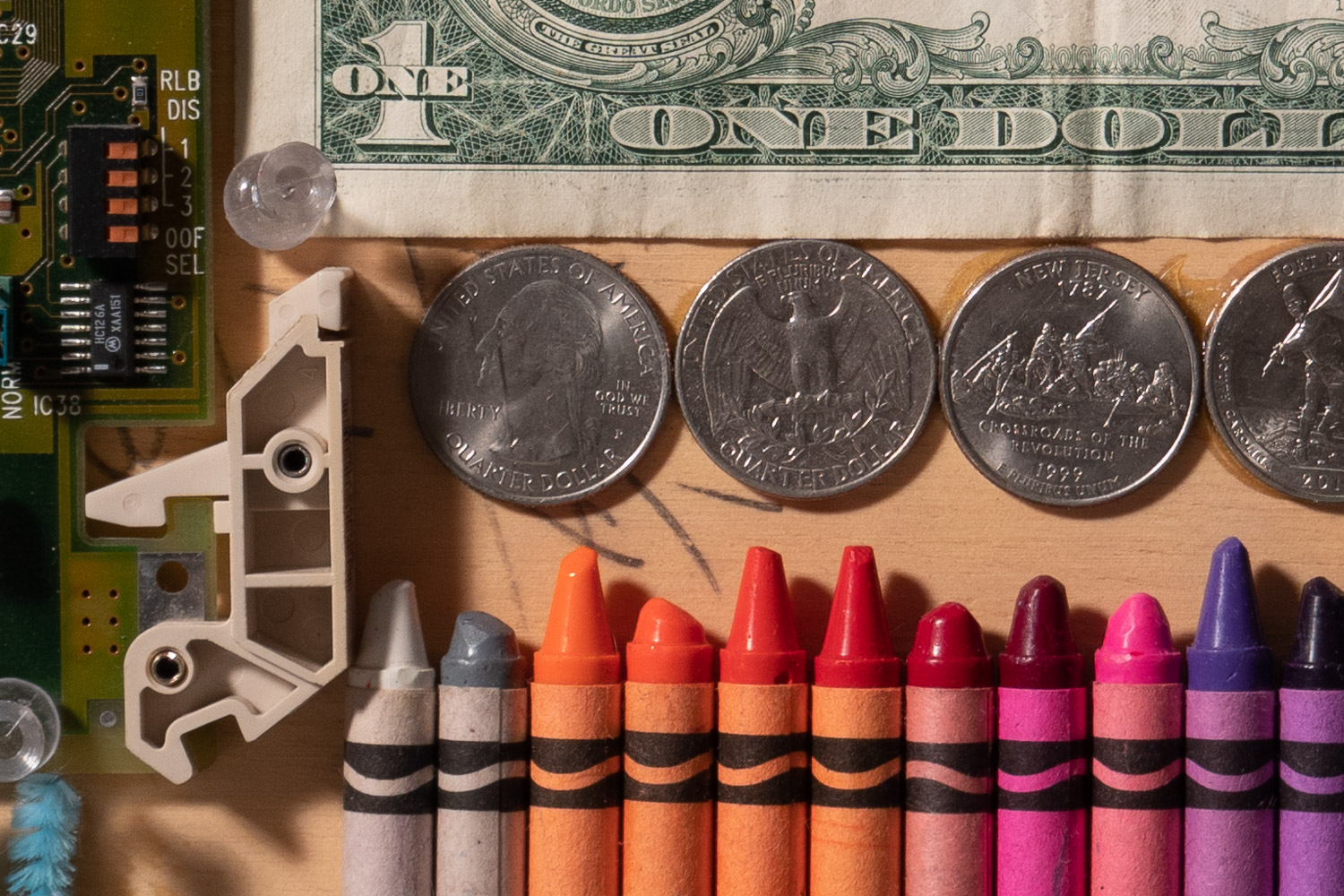
ISO 100
Real World Sample Photos
Lots of photos here to check out, so be sure to just click on them for a larger version, and a nice slideshow style gallery will open up! But first here are a few of my favorites that really show off how capable the Sony RX100 VI is in the real world from a pro quality perspective. The Sony RX100 VA has the identical 1″ Exmor RS sensor and equally awesome optical quality. Therefore you can expect the photos from both cameras to look the same as long as the camera lenses were at the same values of course.
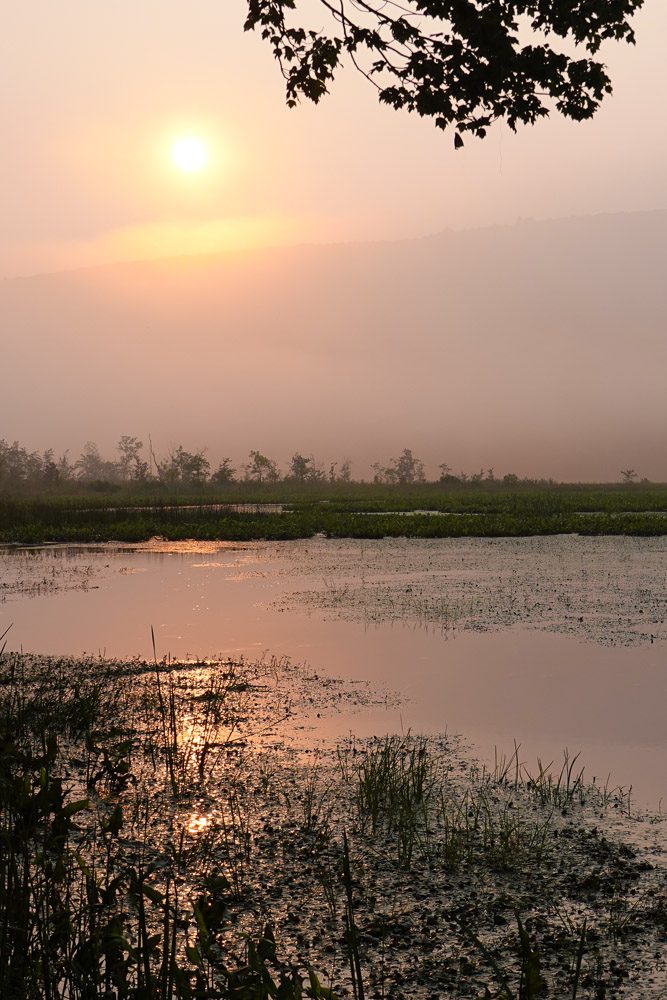
Getting a killer depth of field separation is fairly easy as long as your subject is far enough away from the background, or you focus on something very close to the camera. You can also layer your depth of field by getting next to something, or having the camera really low to the ground for example.
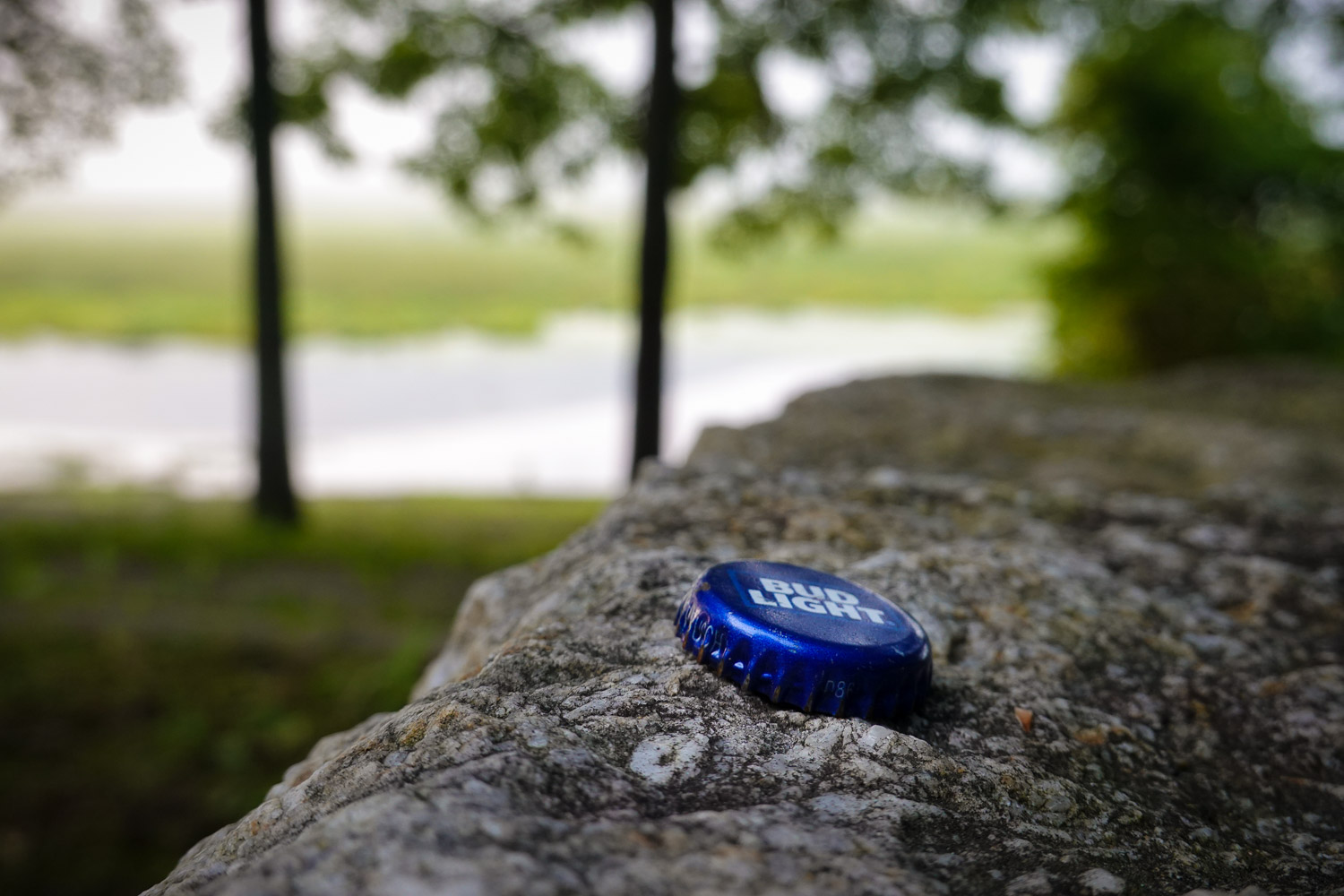
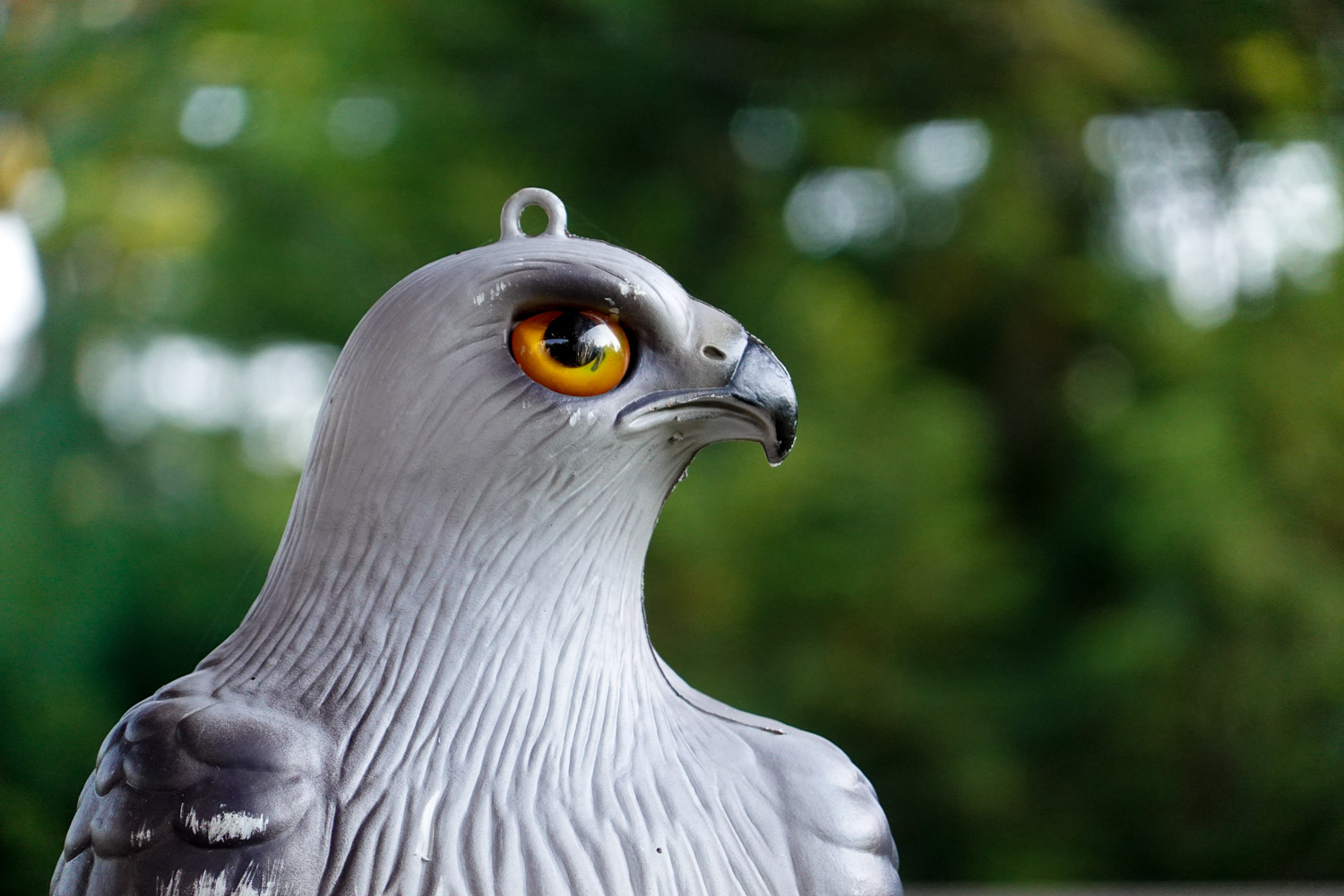
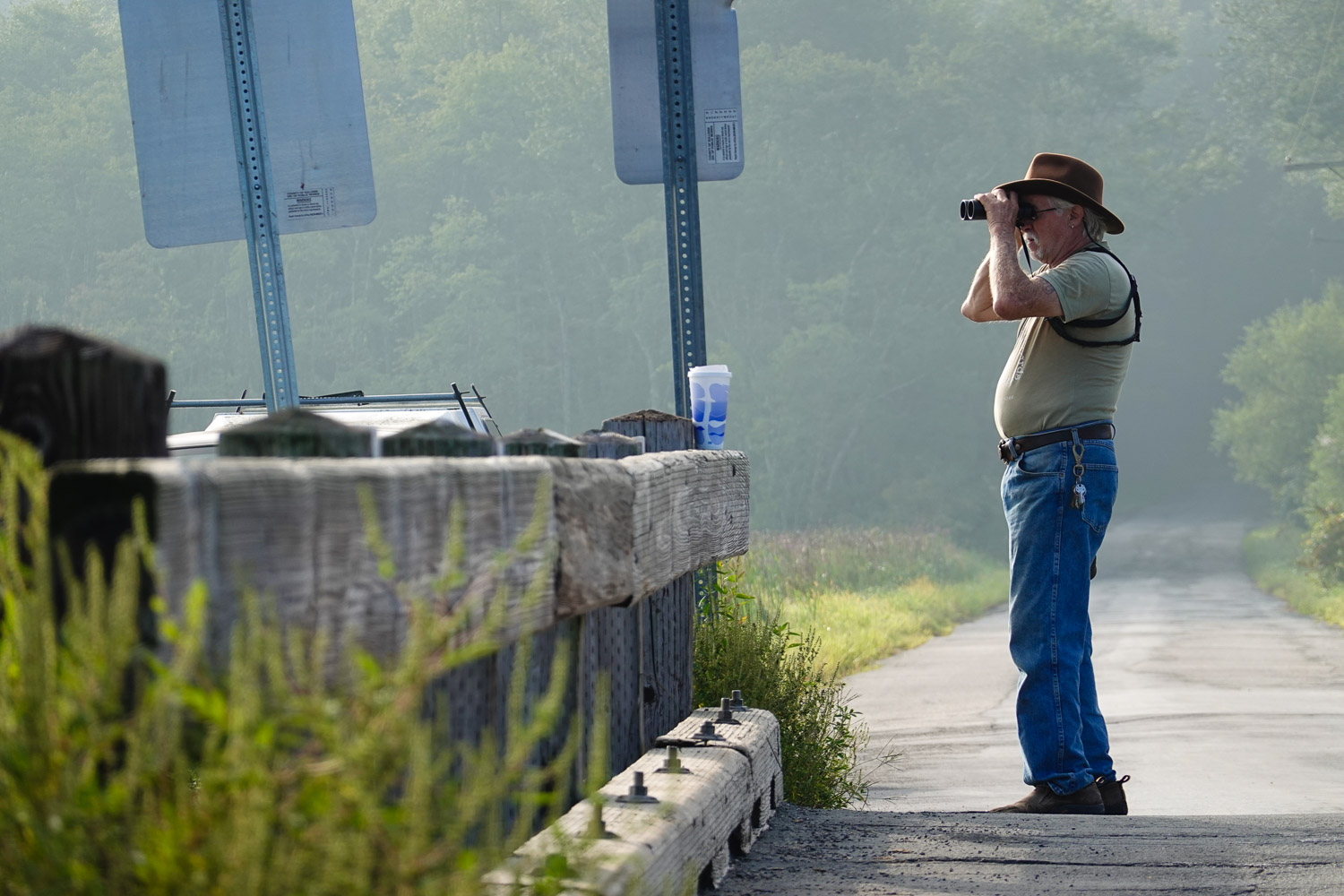
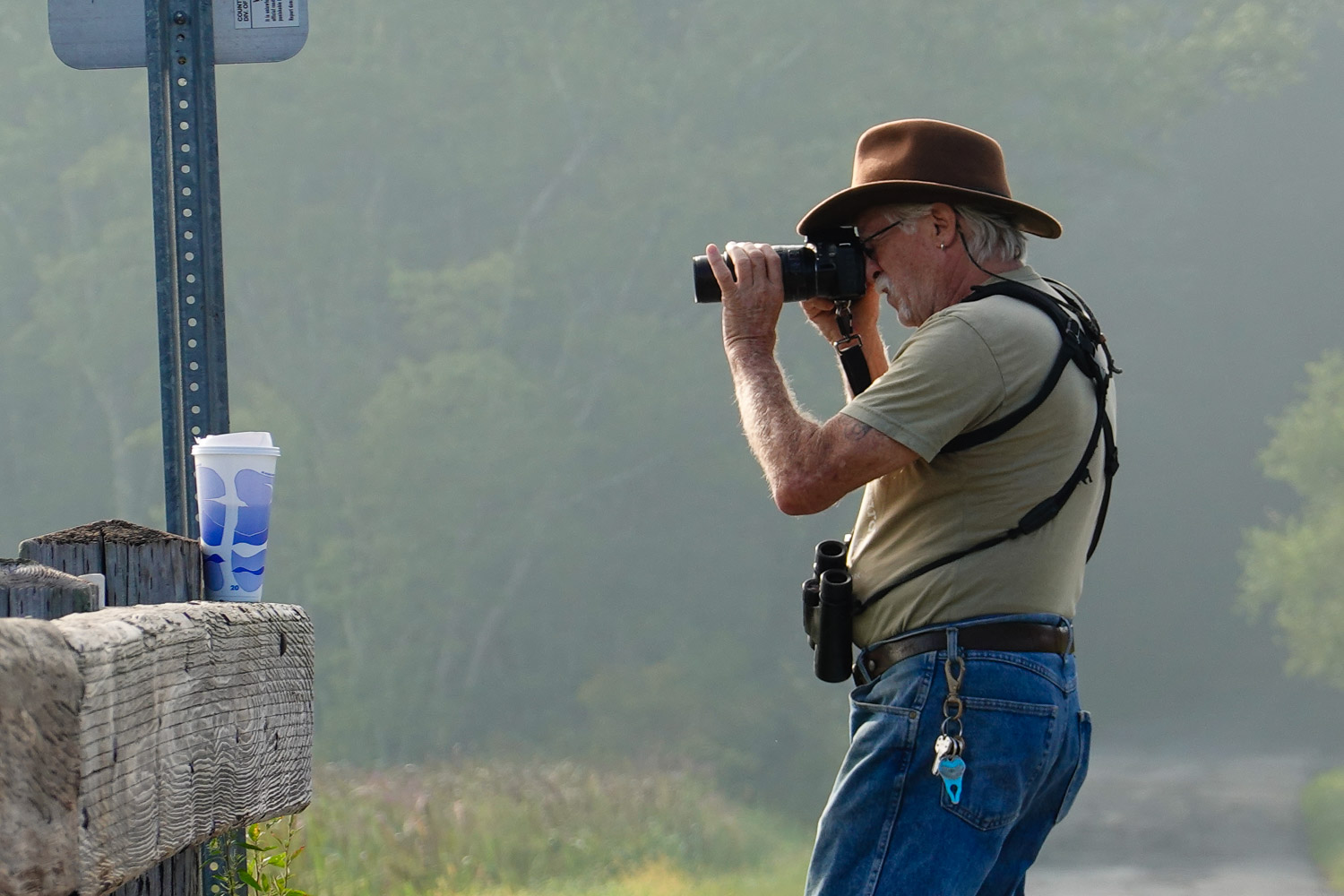
As you can see with these quick portrait shots of my kids, the image quality is extremely good!


Here is the rest of the real world sample photos, and again, be sure to click on the images for a nice high res slideshow.
Conclusions
As you can see the latest pro oriented Sony RX100 VI is awesome and maintains that class leading image quality, feature set, and ultra compactness that is really hard to beat. The photos and 4k video are incredible and the new hybrid AF system works excellent as well. Combined with the now 24-200mm effective zoom range the RX100 VI is now capable of sideline sports photography and many other reach required activities. I highly recommend this camera for those that want the absolute best possible quality in an ultra compact form factor and desire the 24-200mm effective zoom.
The RX100 VI is certainly expensive at a ~$1200 US retail price, but you do get what you pay for in my opinion. If you don’t need the extra 70-200mm reach the RX100 VI offers, then I would consider the Sony RX100 VA instead. However you will lose the awesome touchscreen, and the new more refined pop-up viewfinder as well as the LCD Screen extra downward articulation. You will however gain the faster f/1.8 max aperture lens speed, a closer minimum focus distance, and the built in ND filter.
Pretty much all the images in this review except for the BW Layla portrait were straight of the camera, but I did do some hardcore editing with some of the RX100 VA files if you want to get a better idea on what editing the images can produce. Remember, the sensors are the same, and My Sony RX100 VA Review is Here >>
That is it for this review and I really hope you got what you were looking for. Please feel free to ask questions and comment below as always. Be sure to let me know what you think of the Sony RX100 VI, and have a great day, Jay

